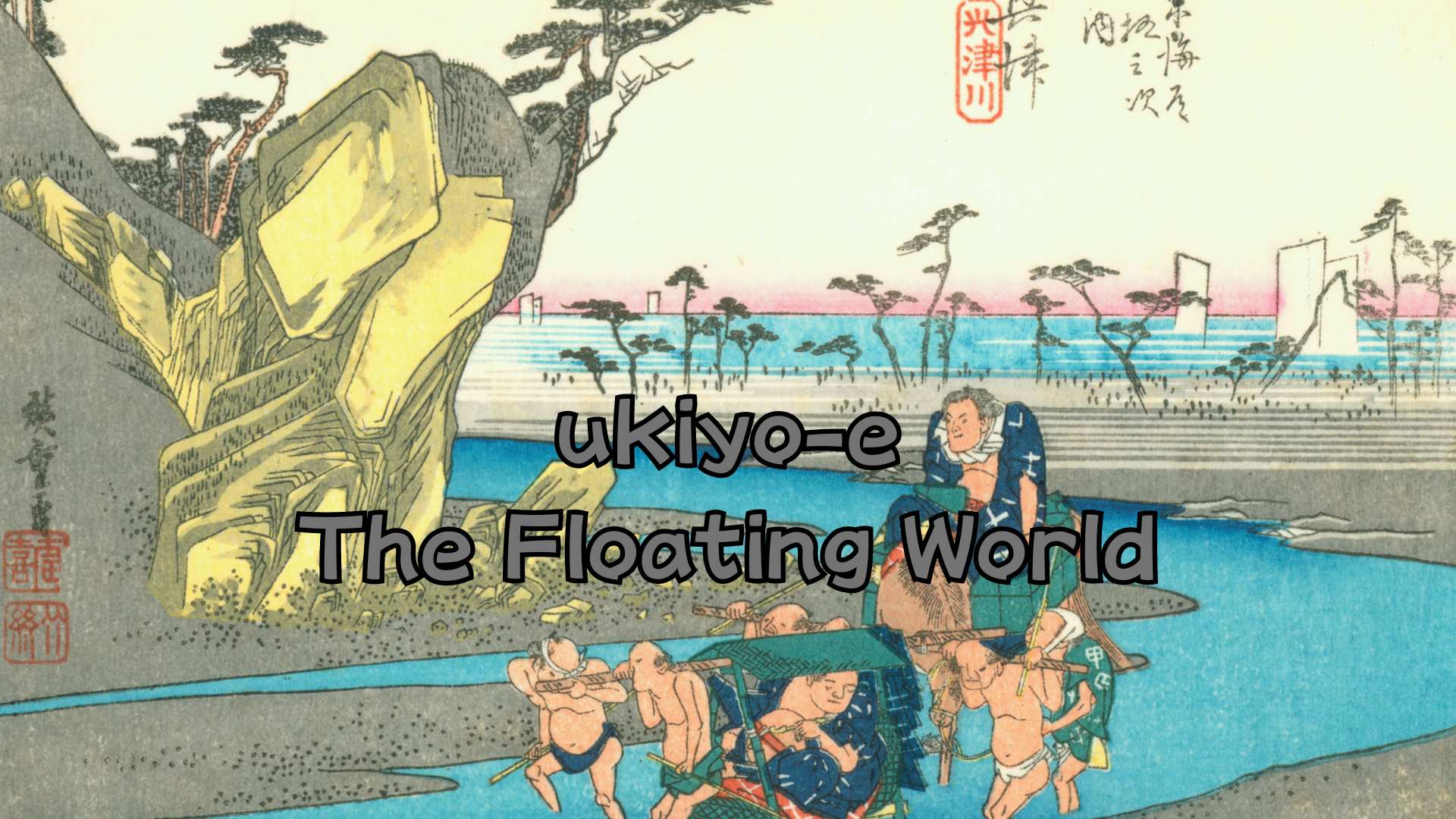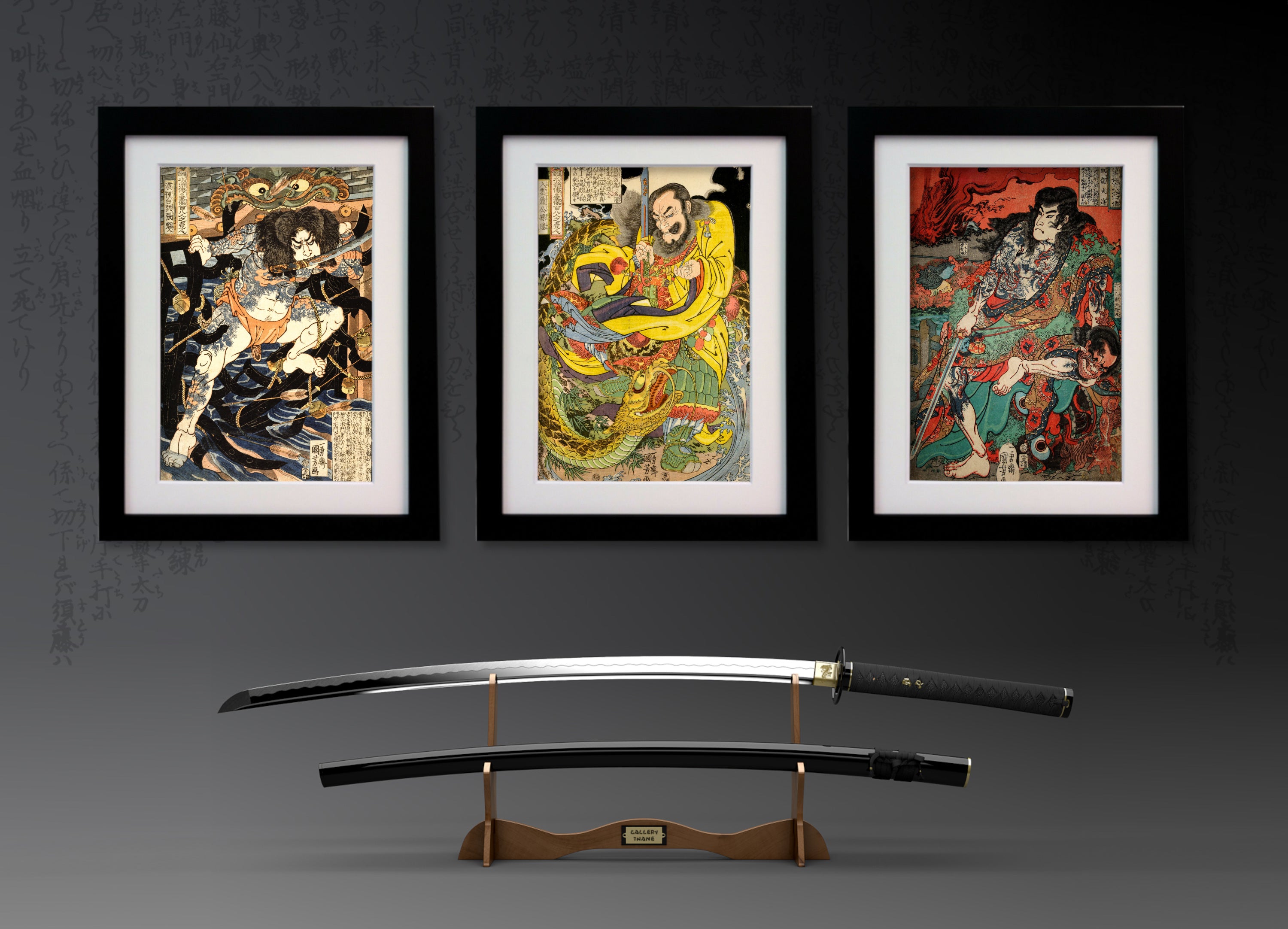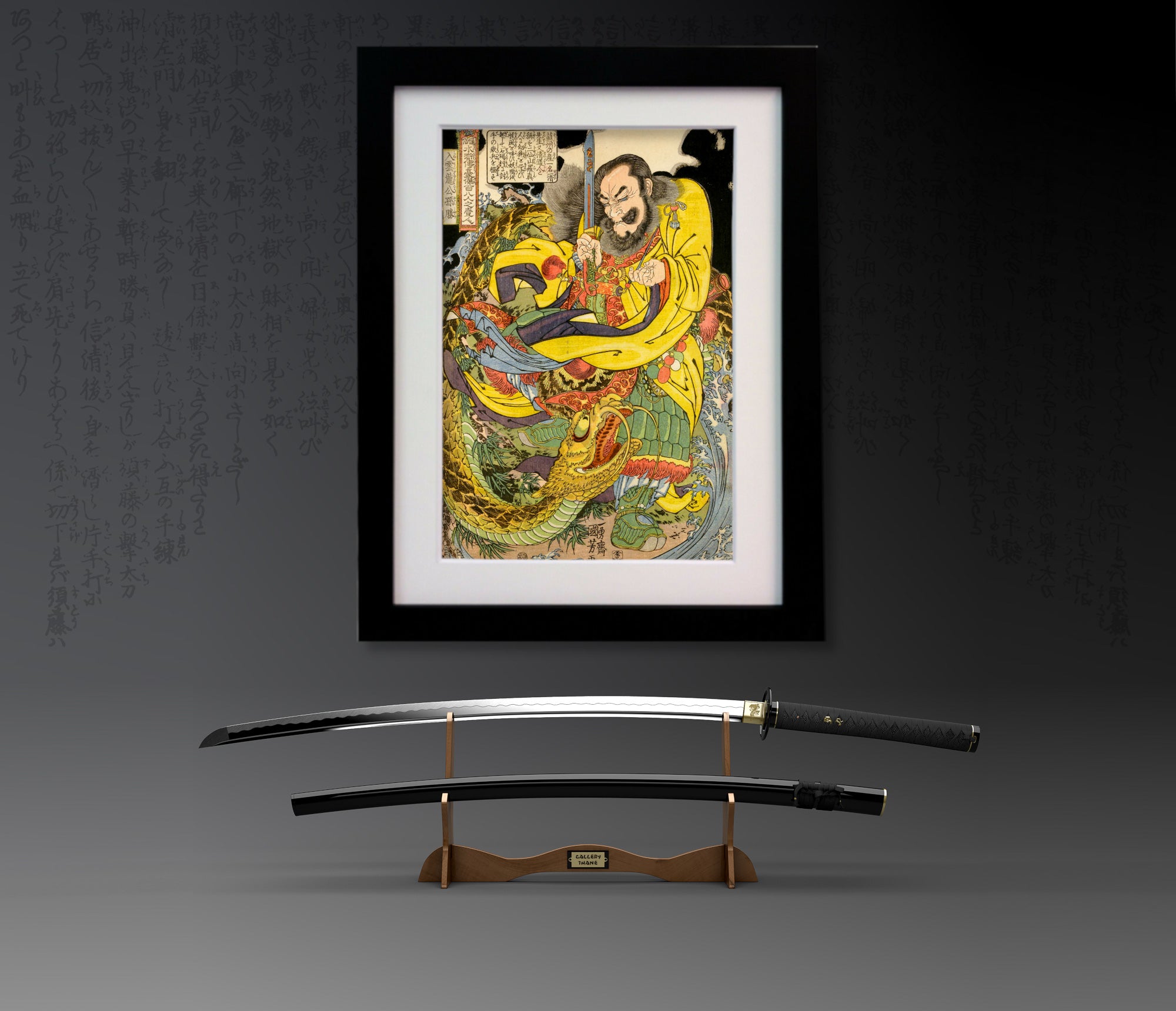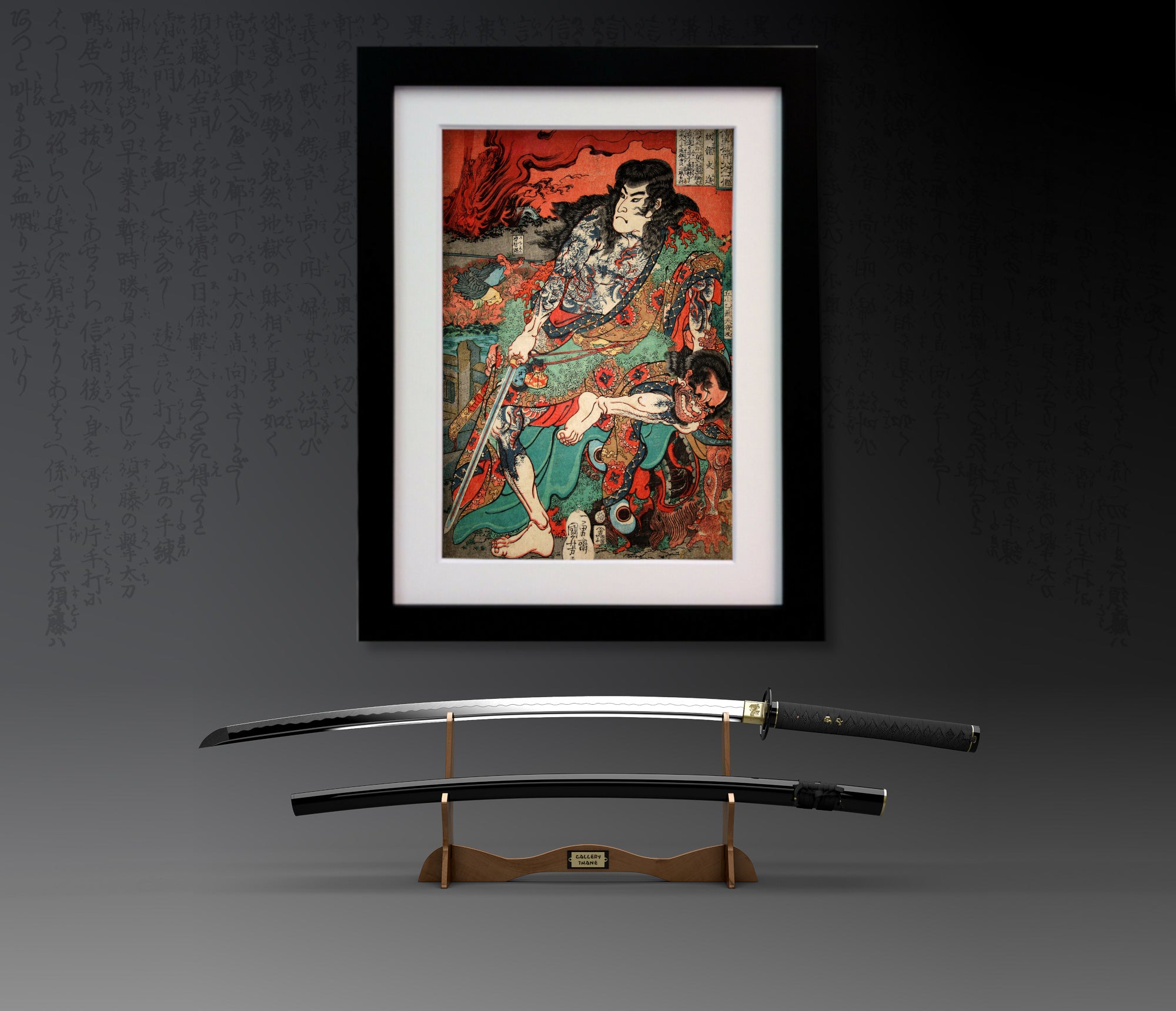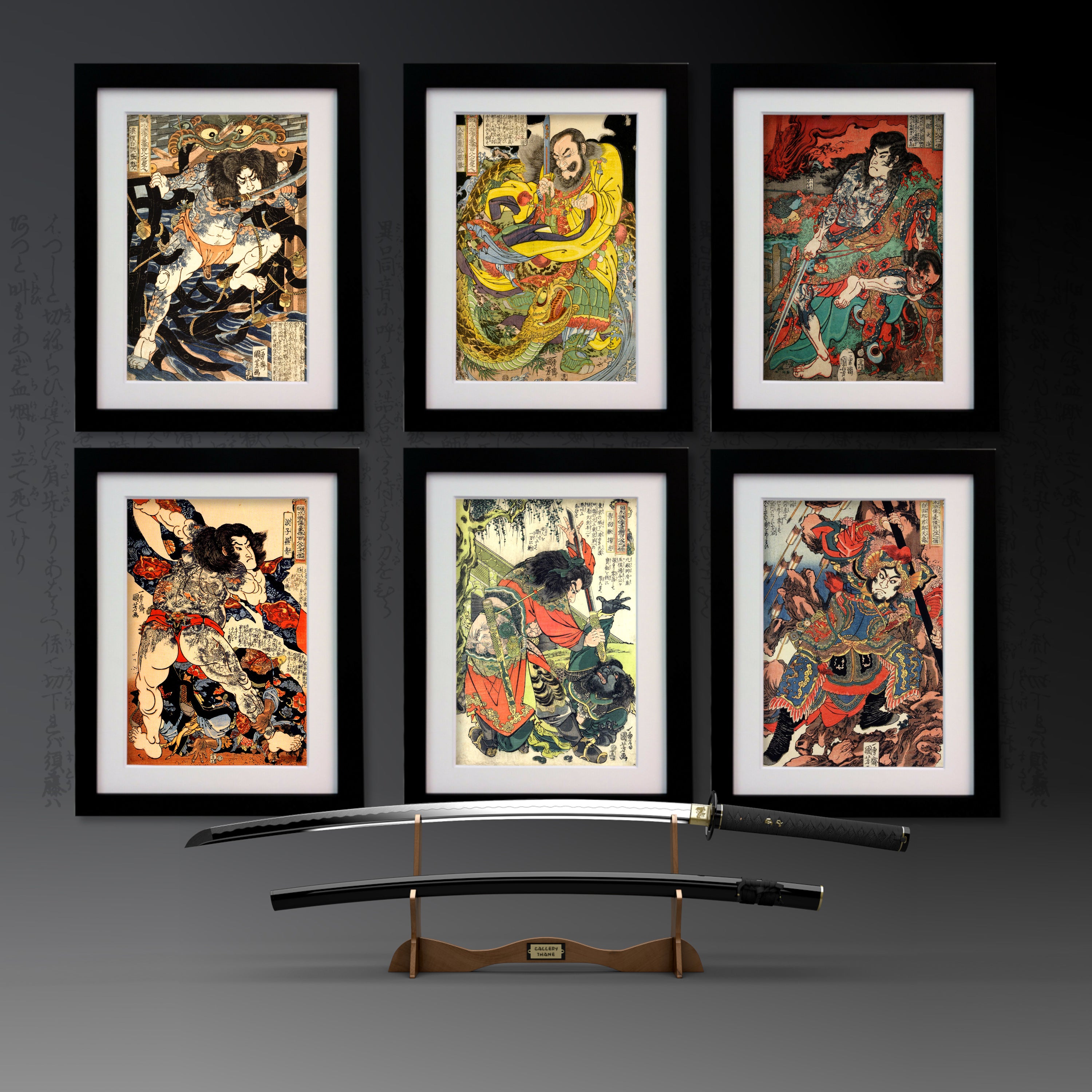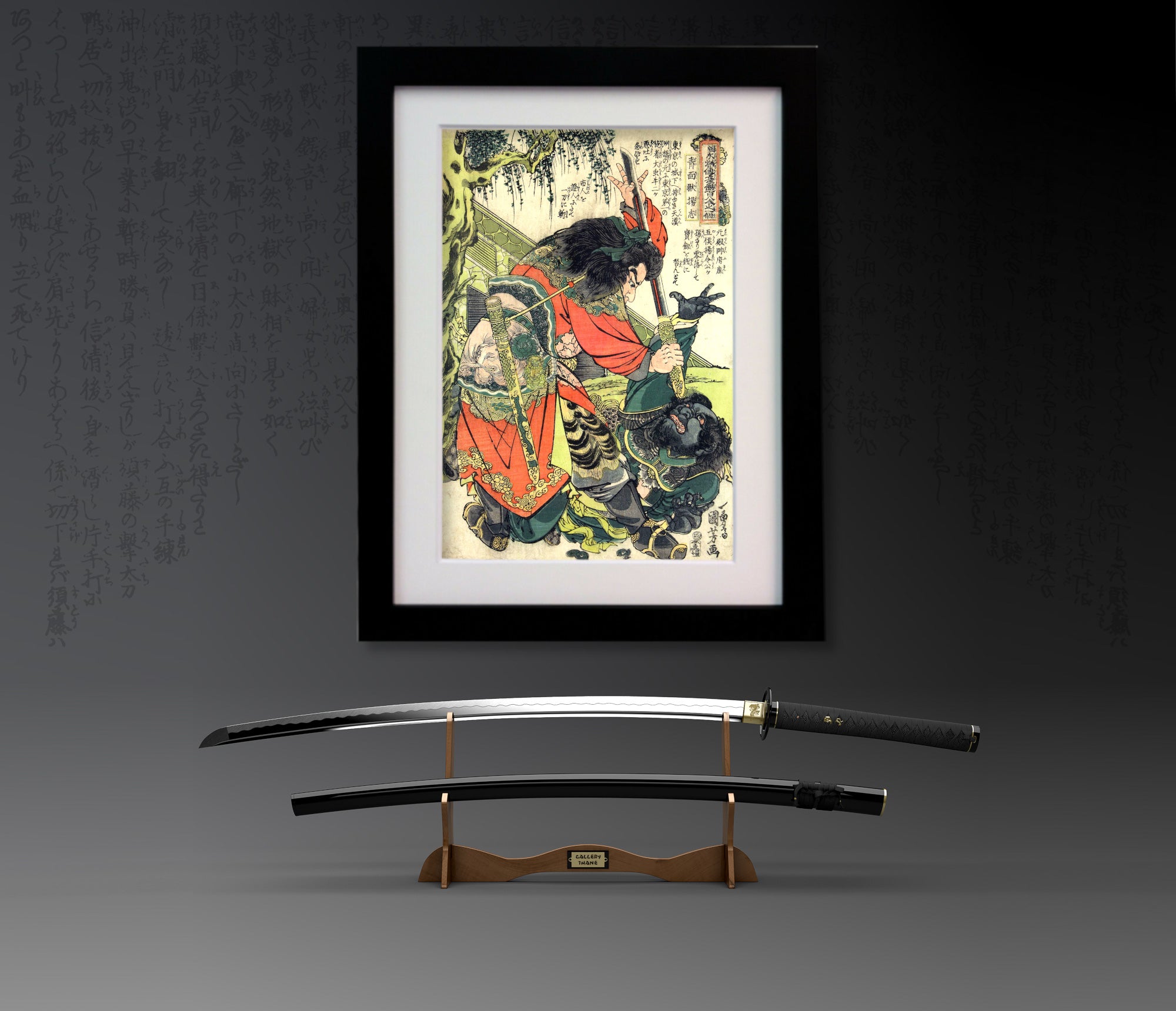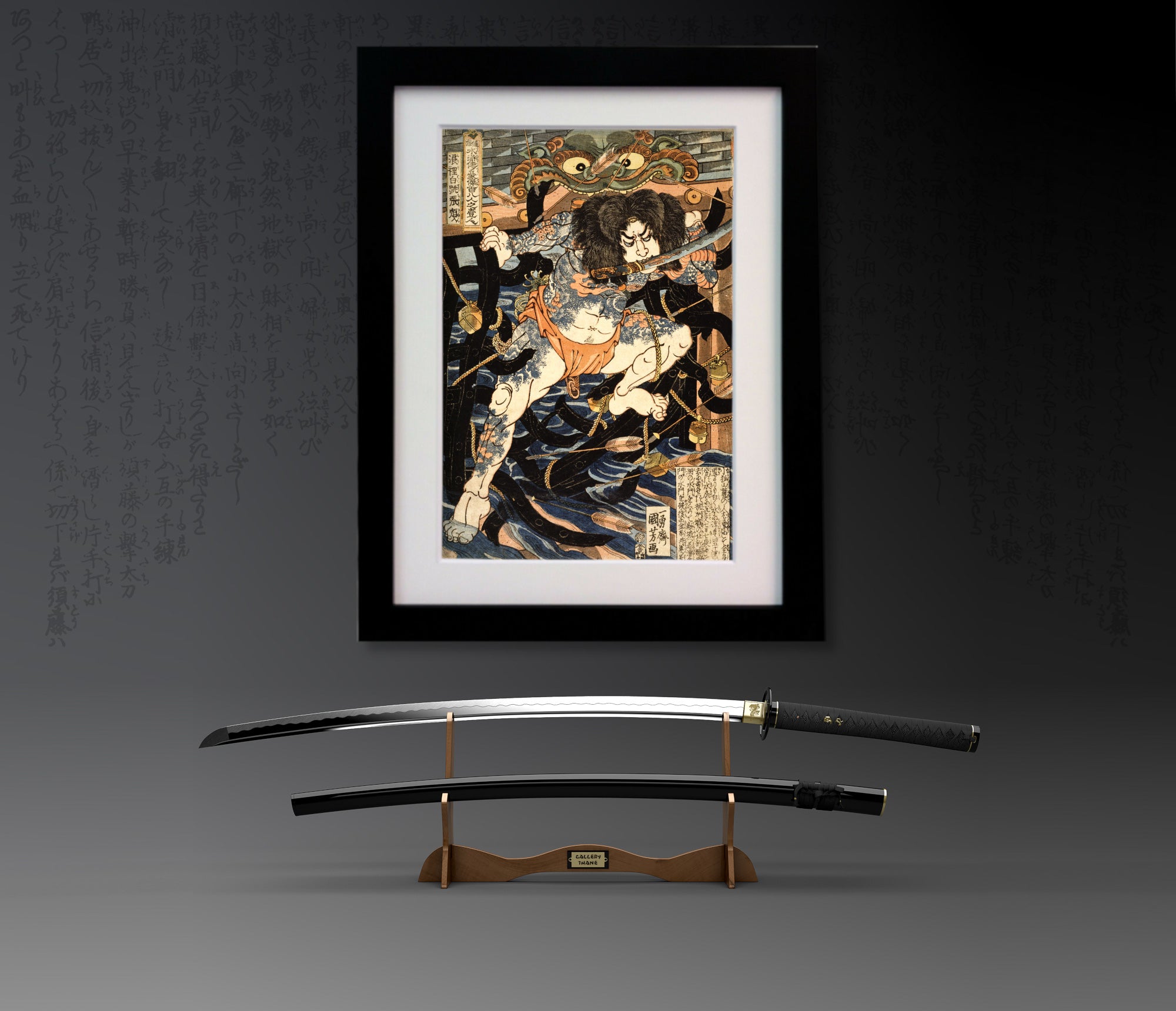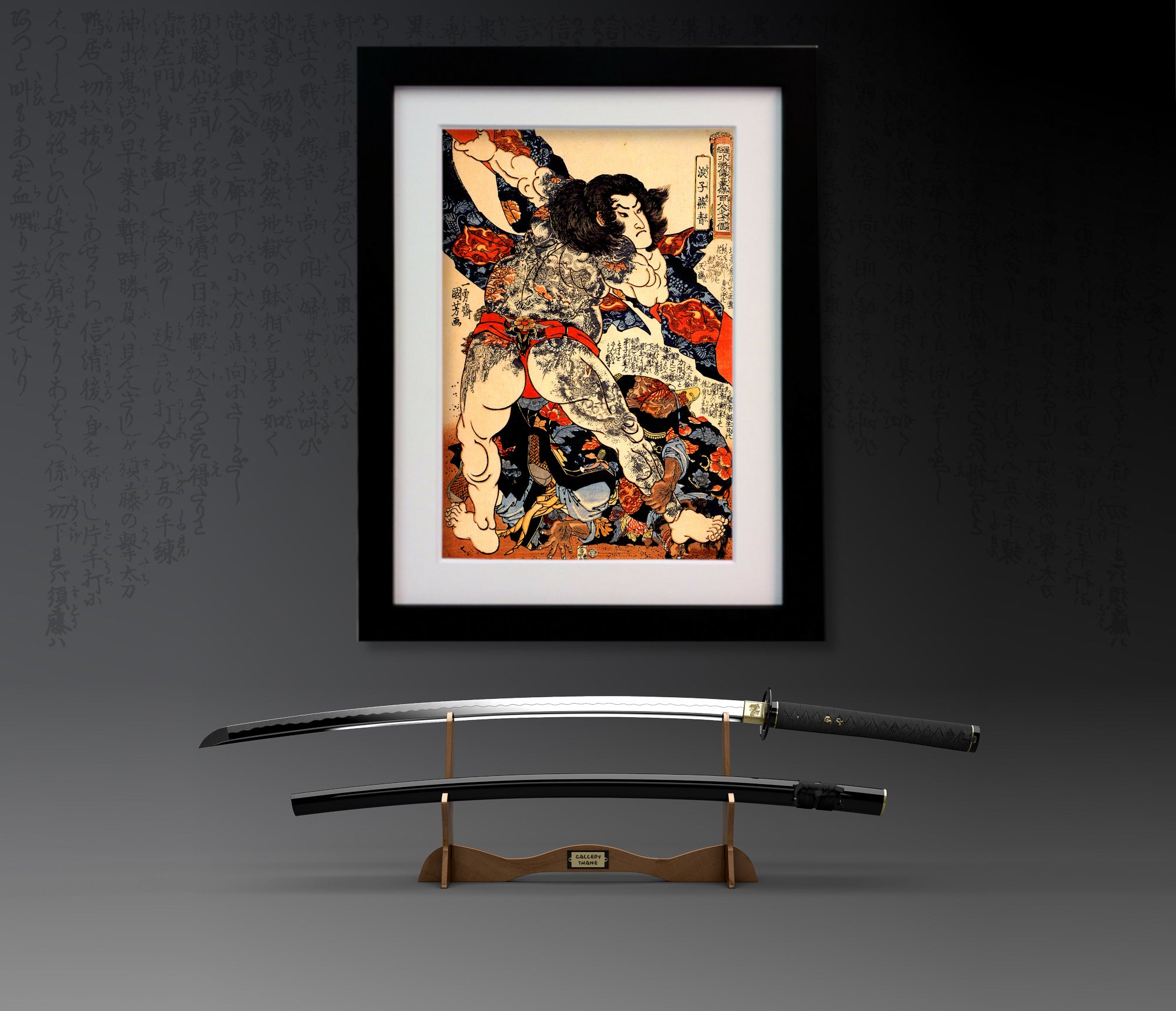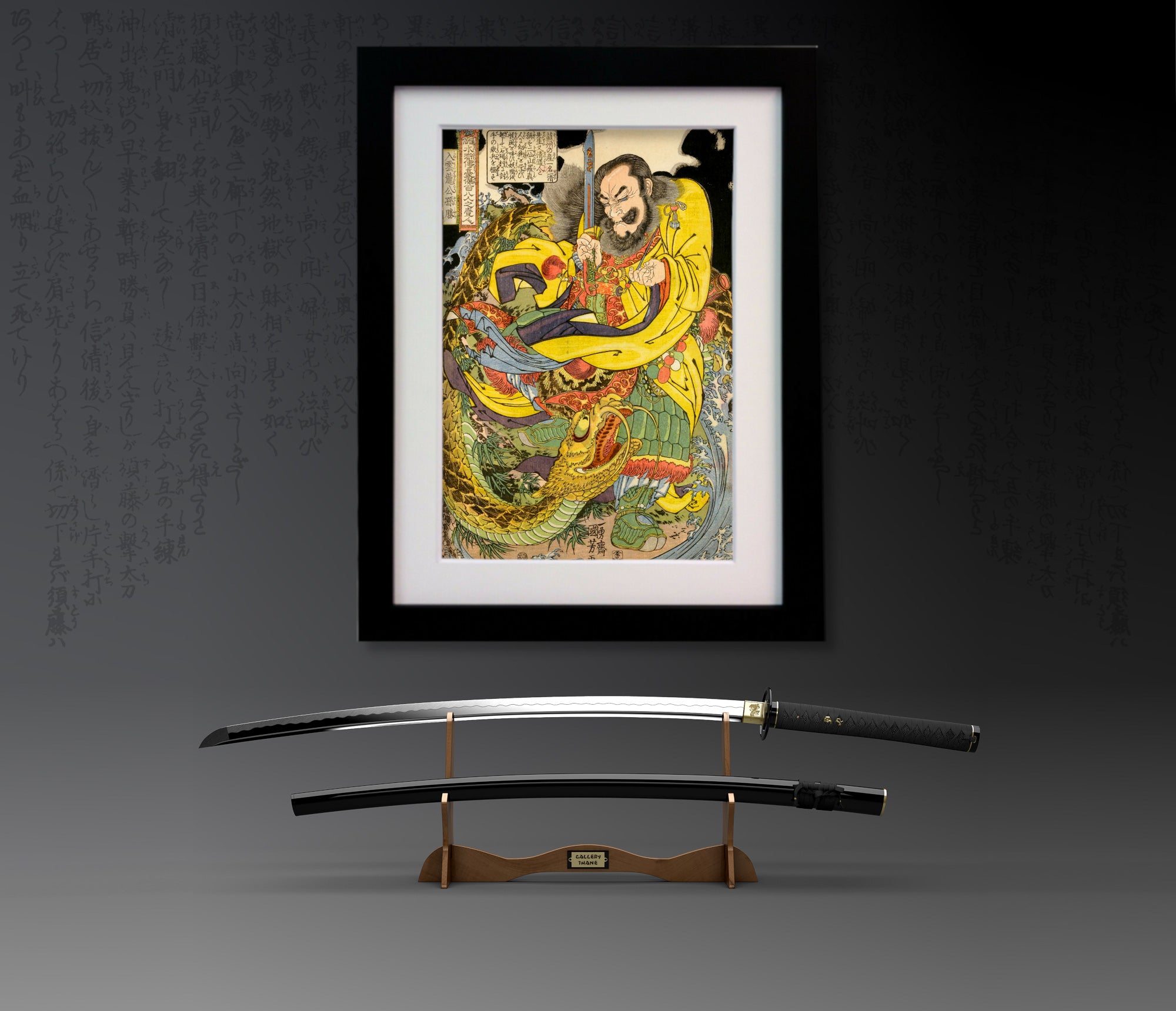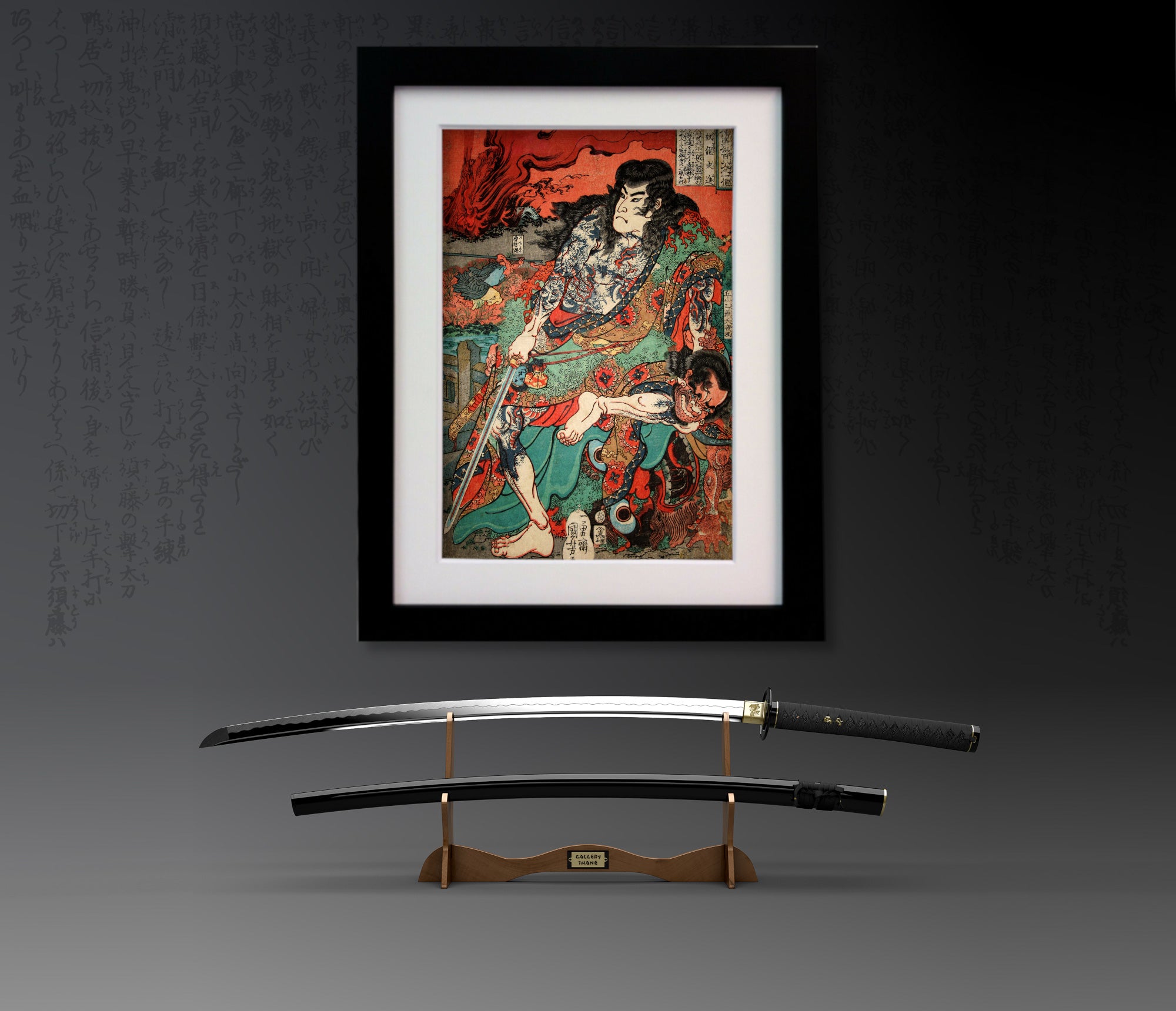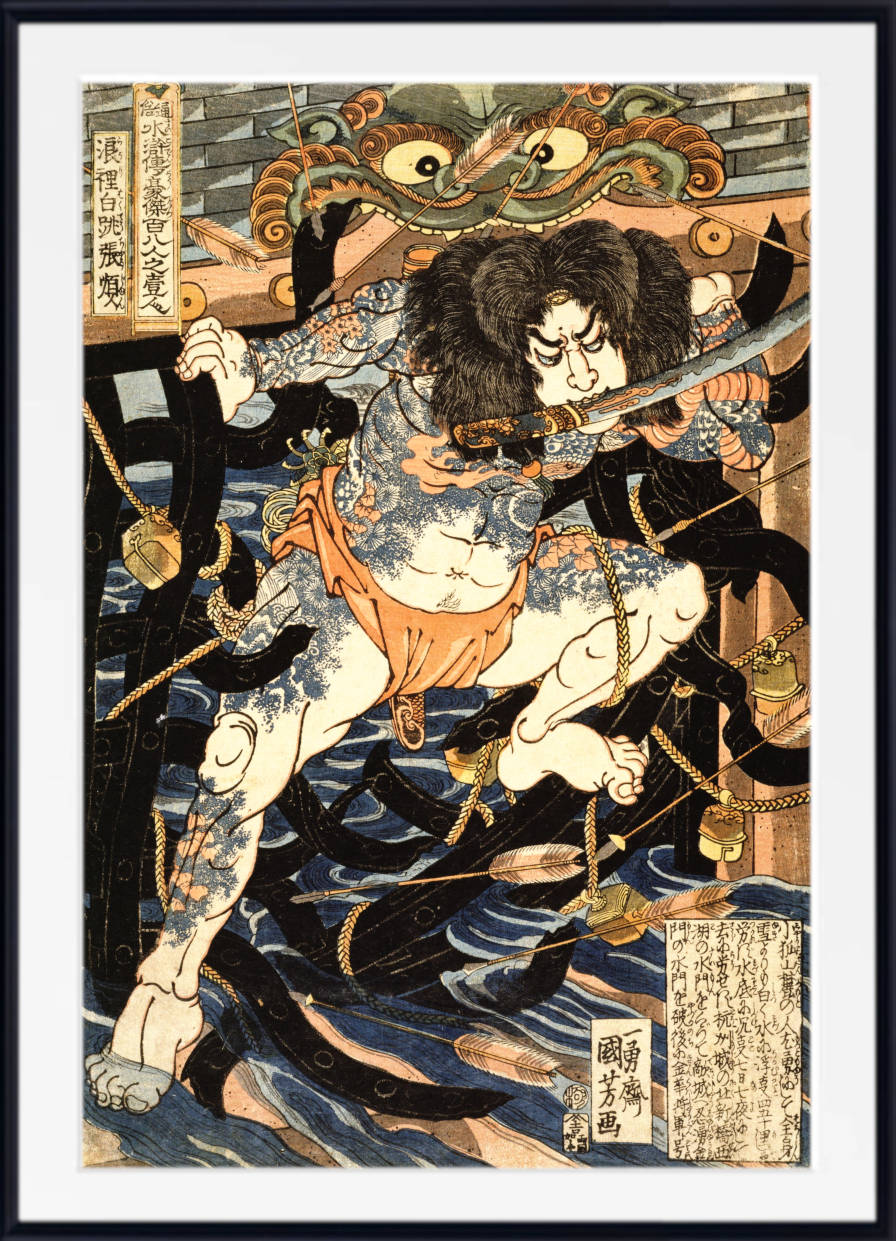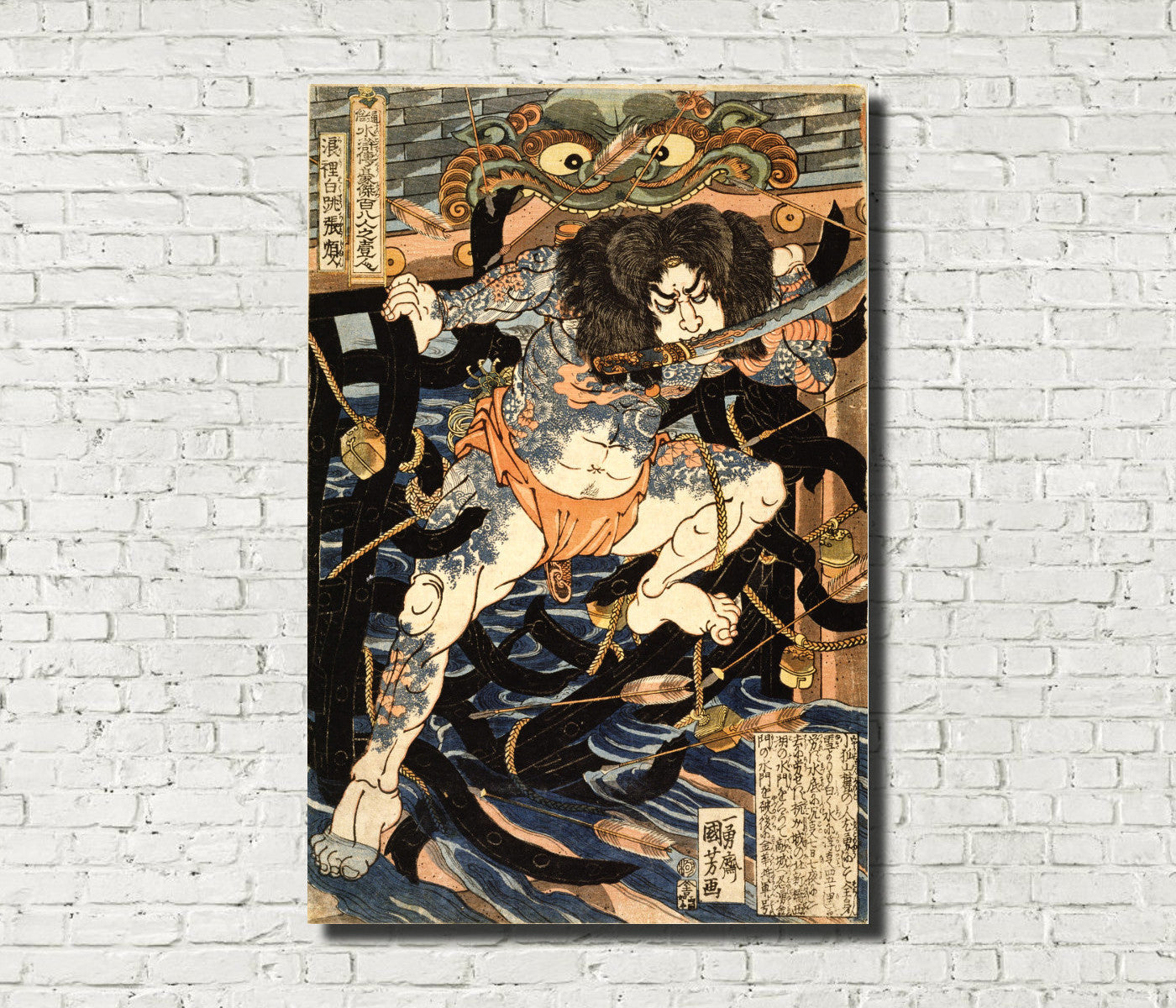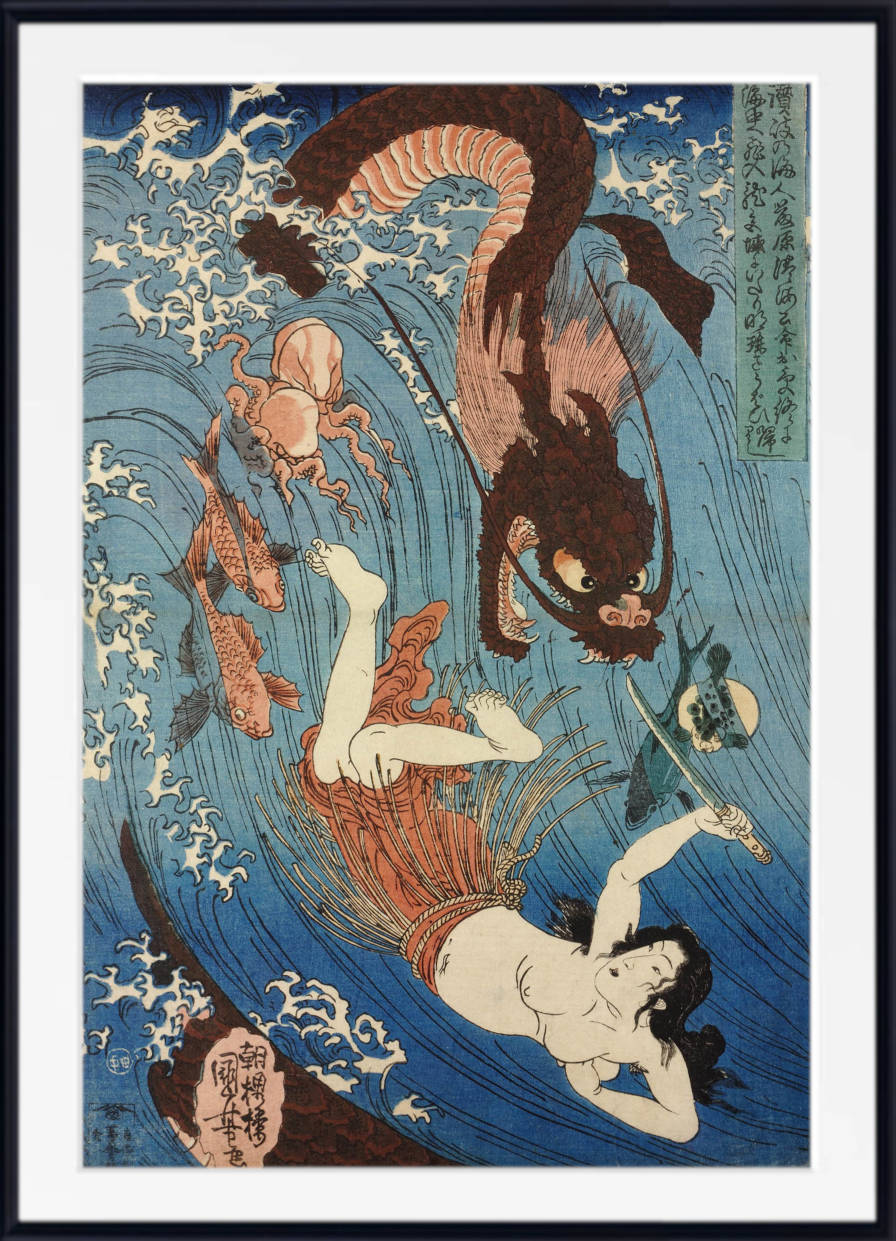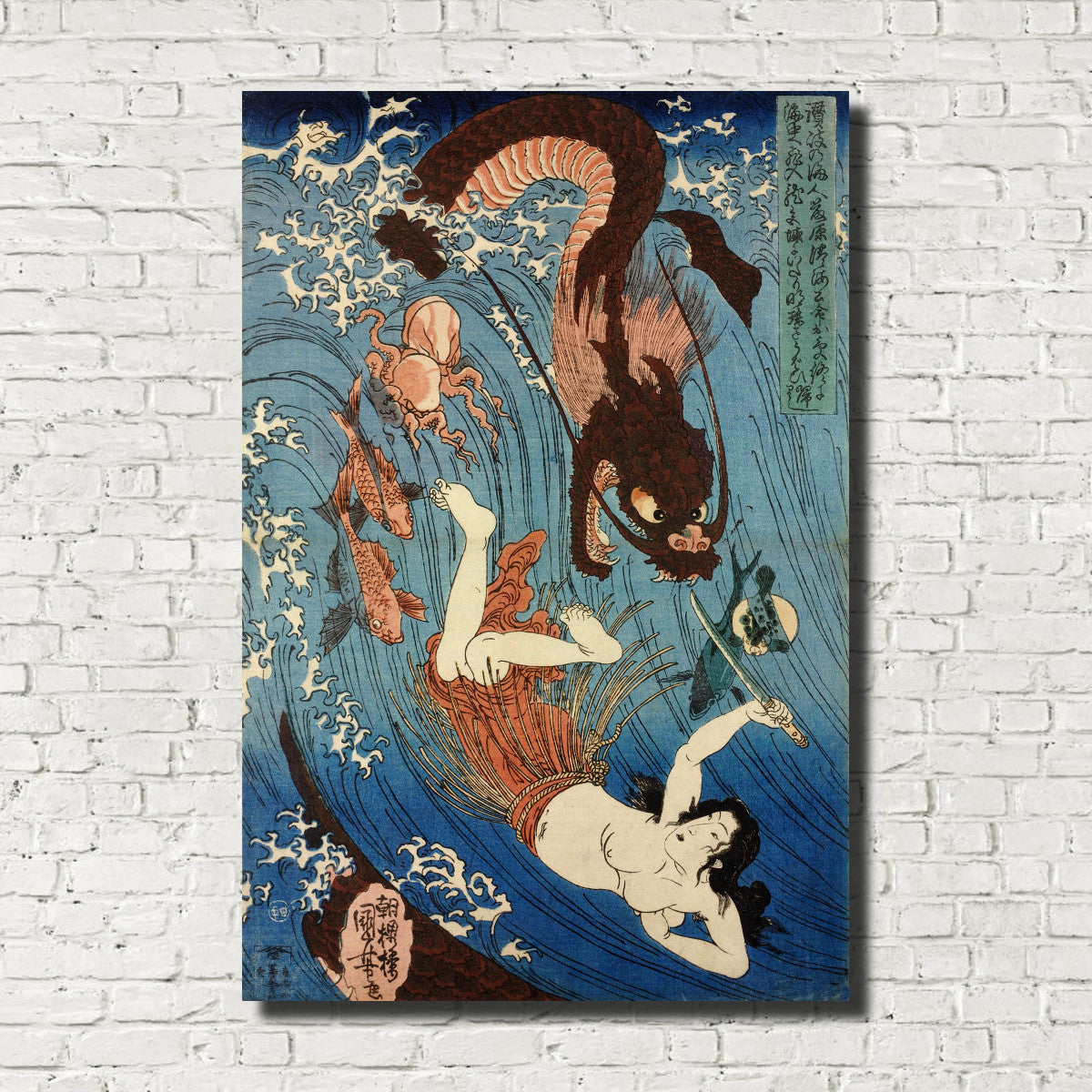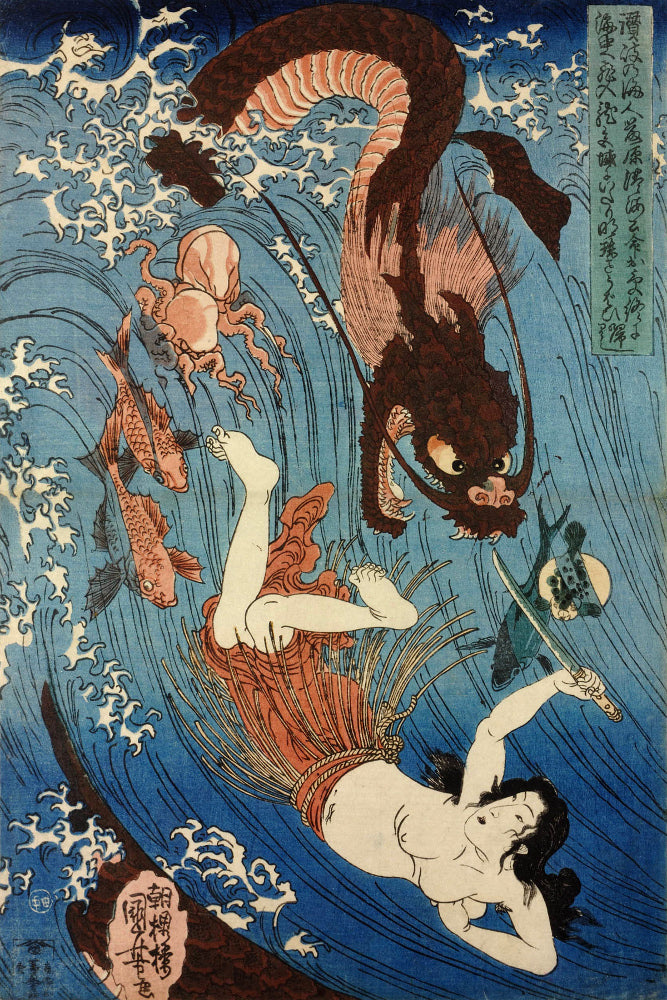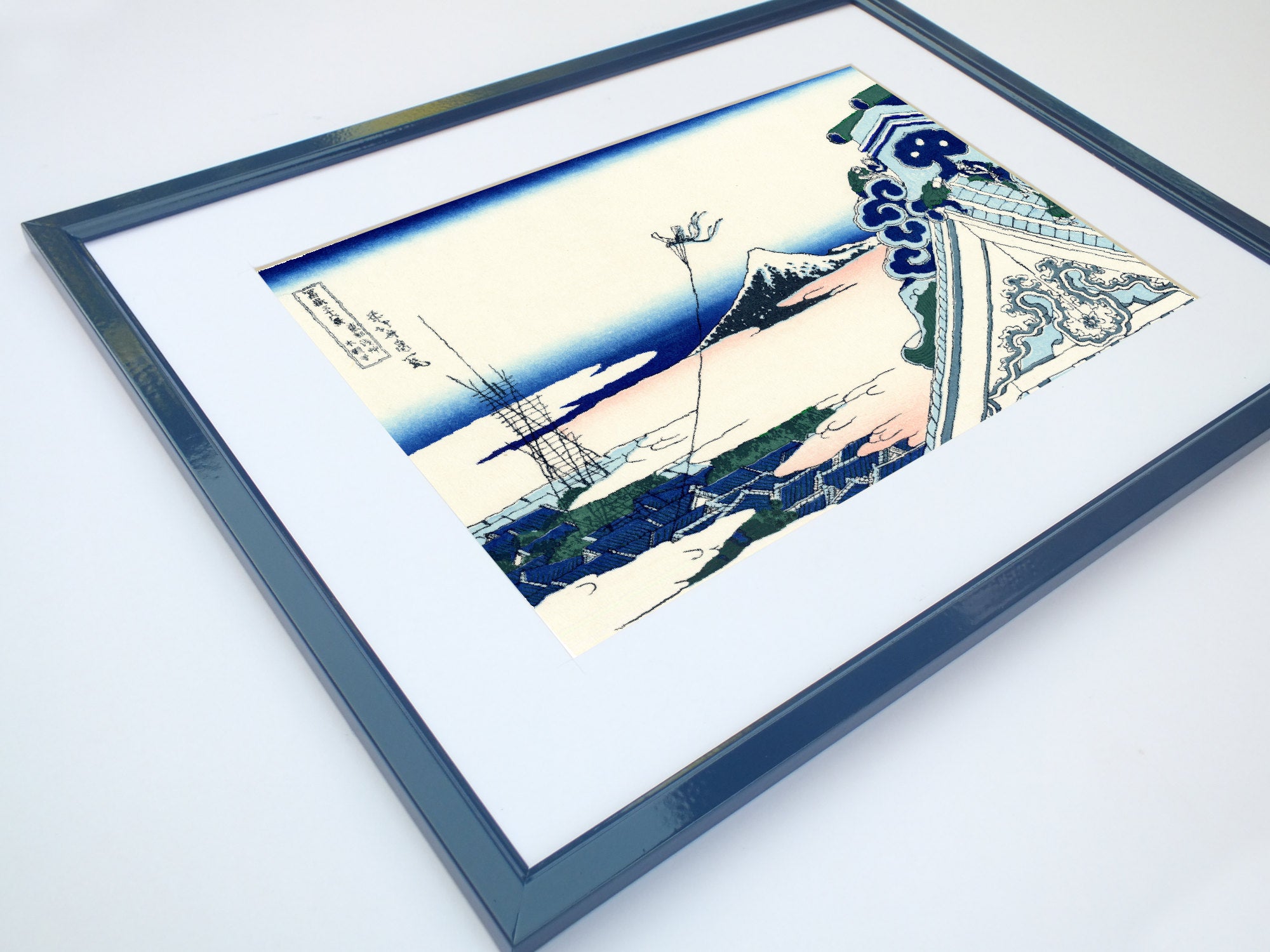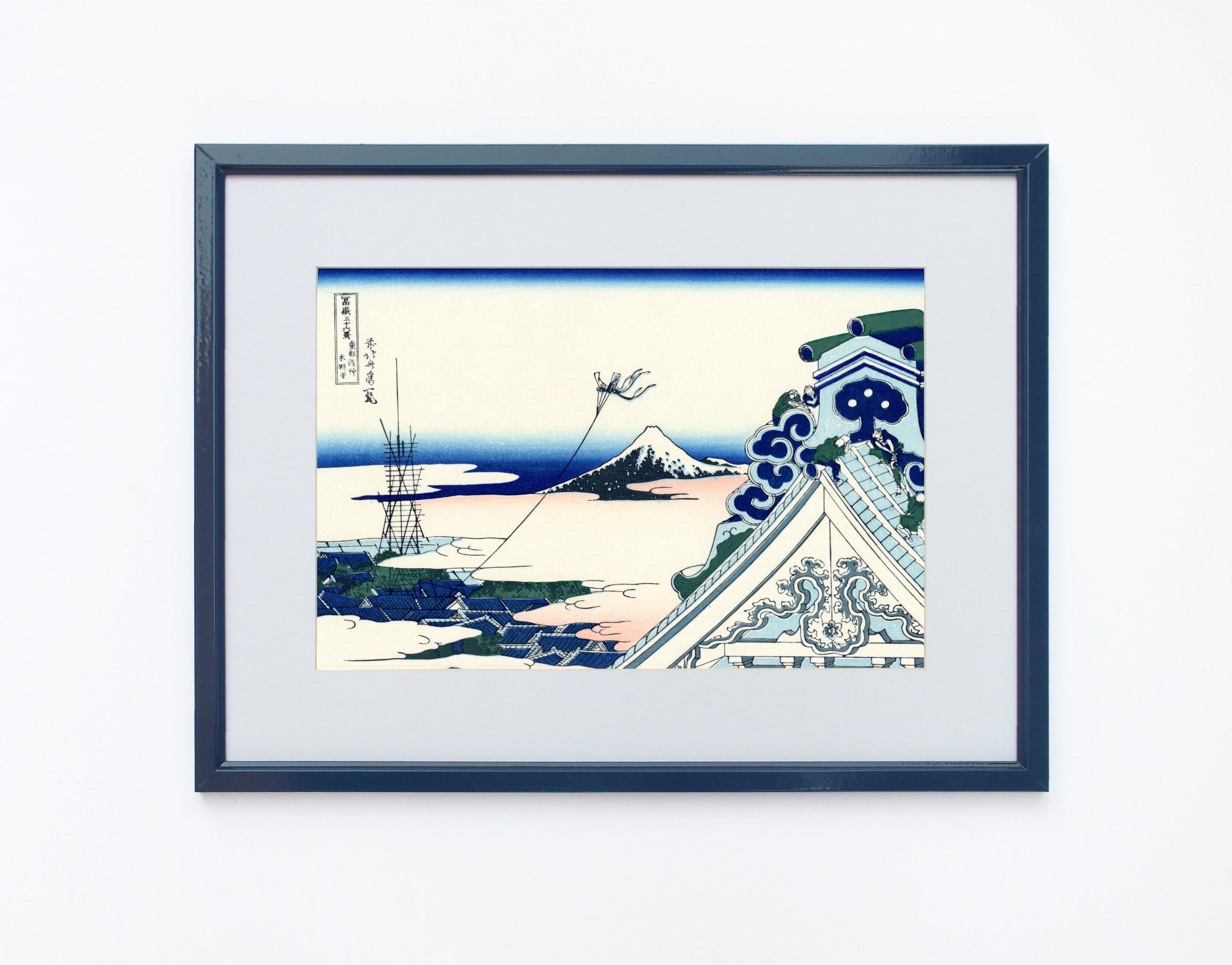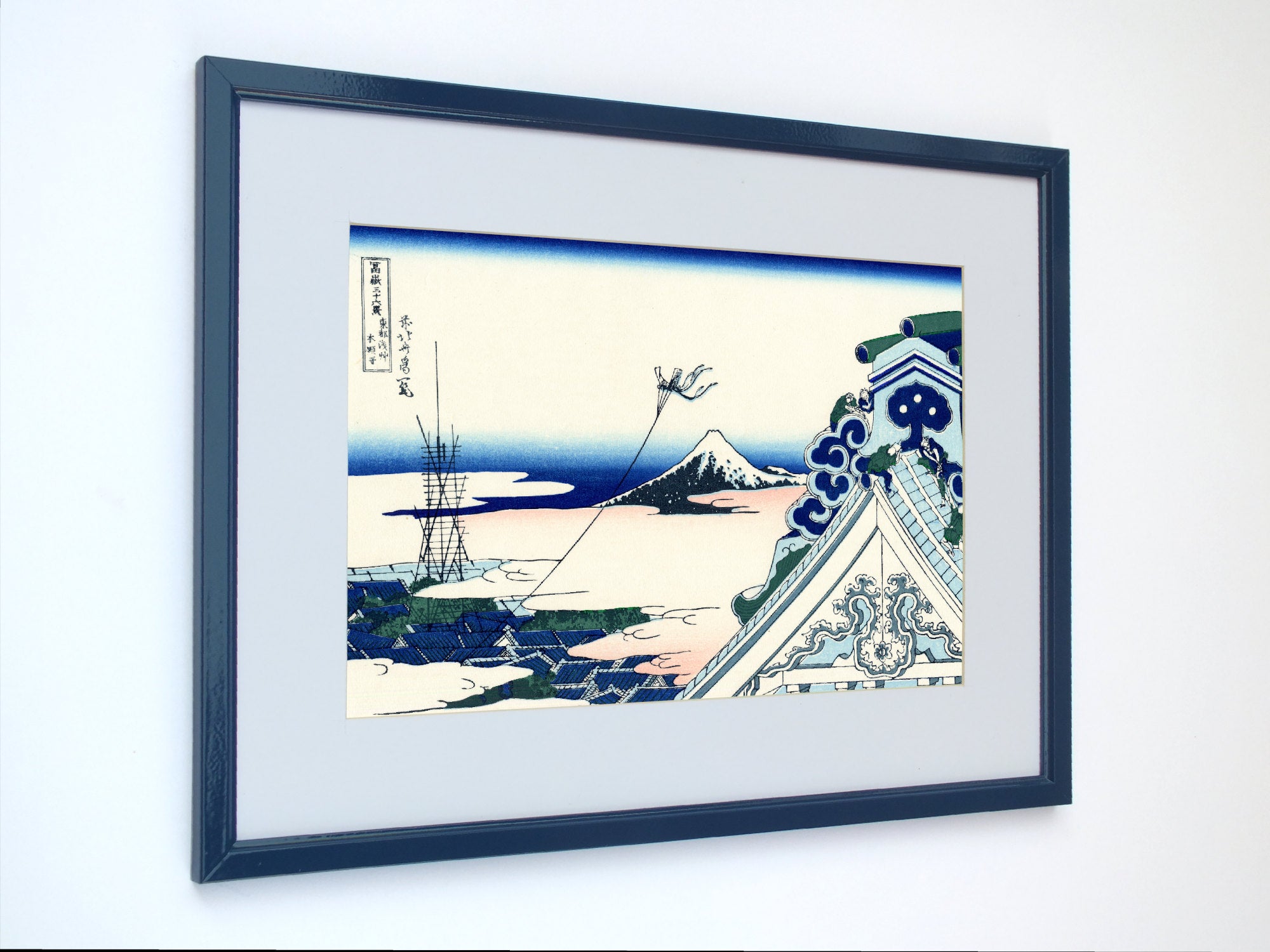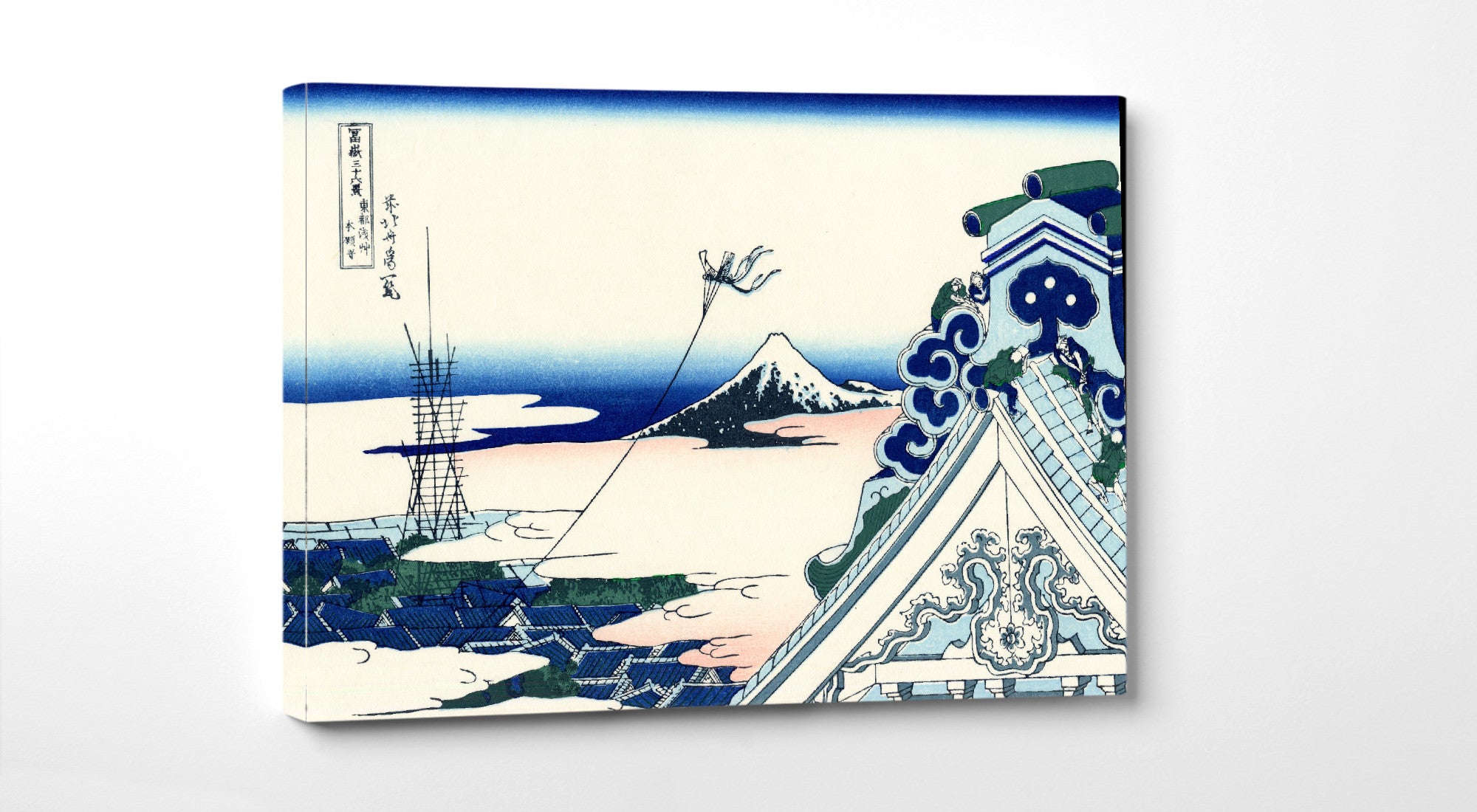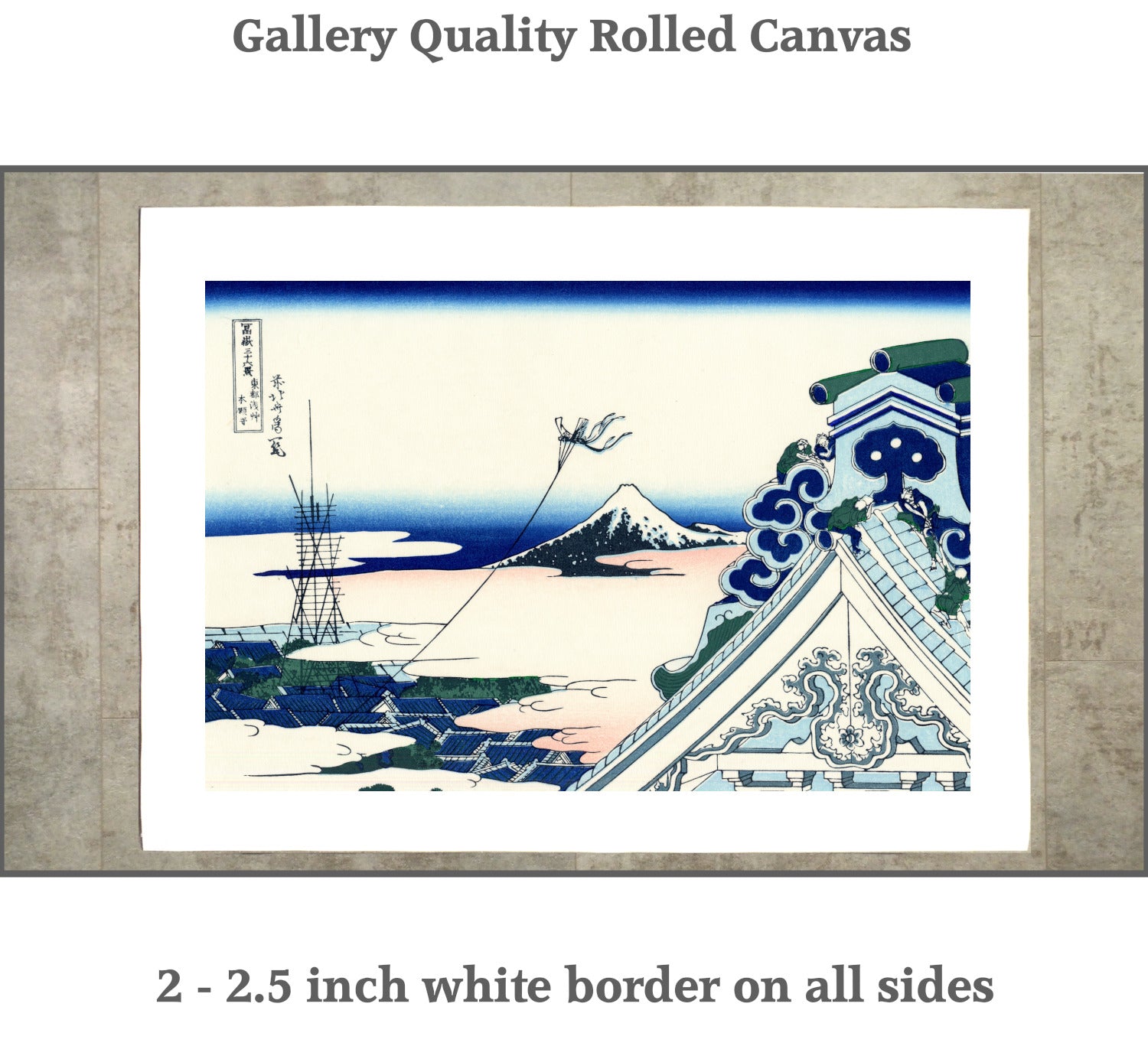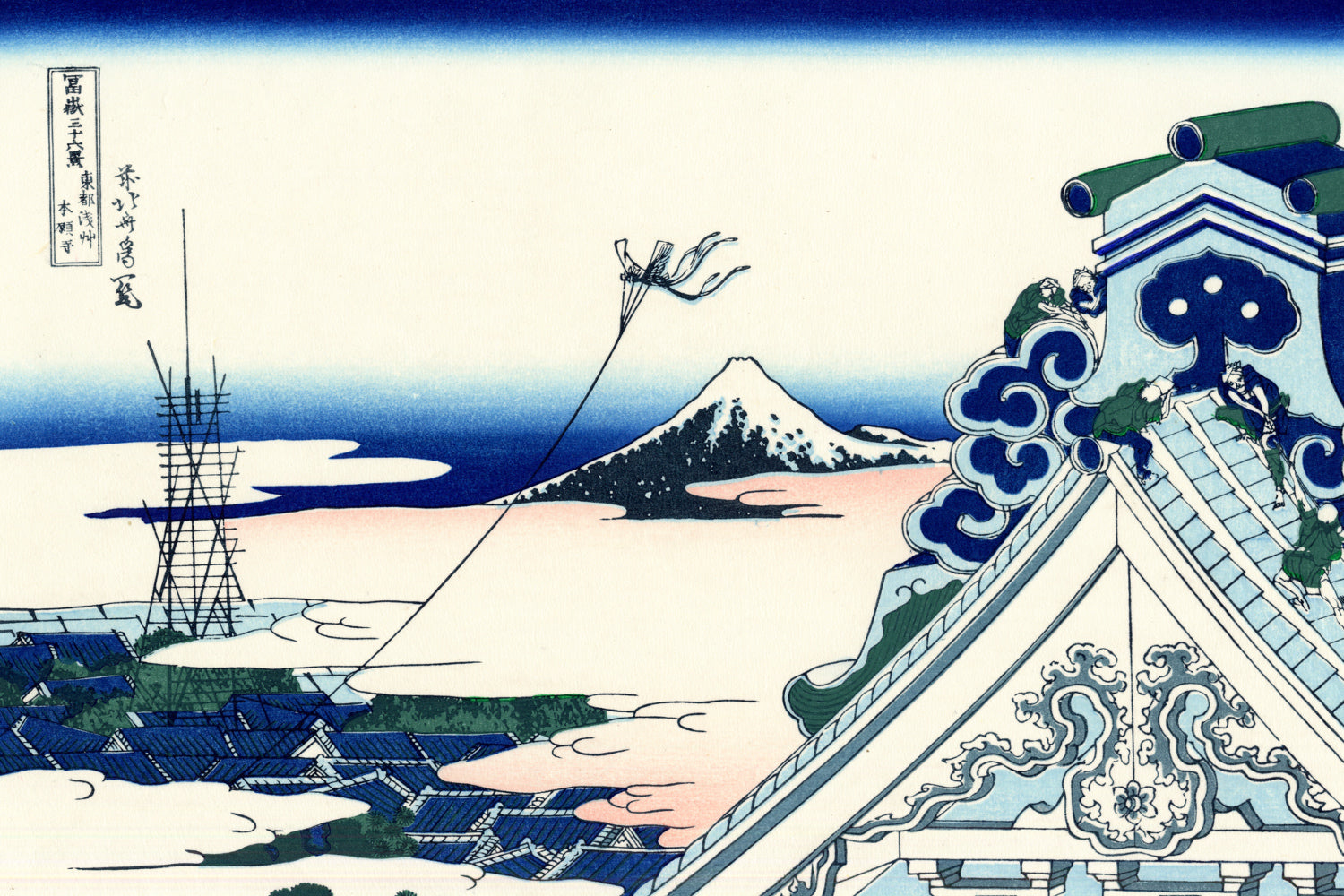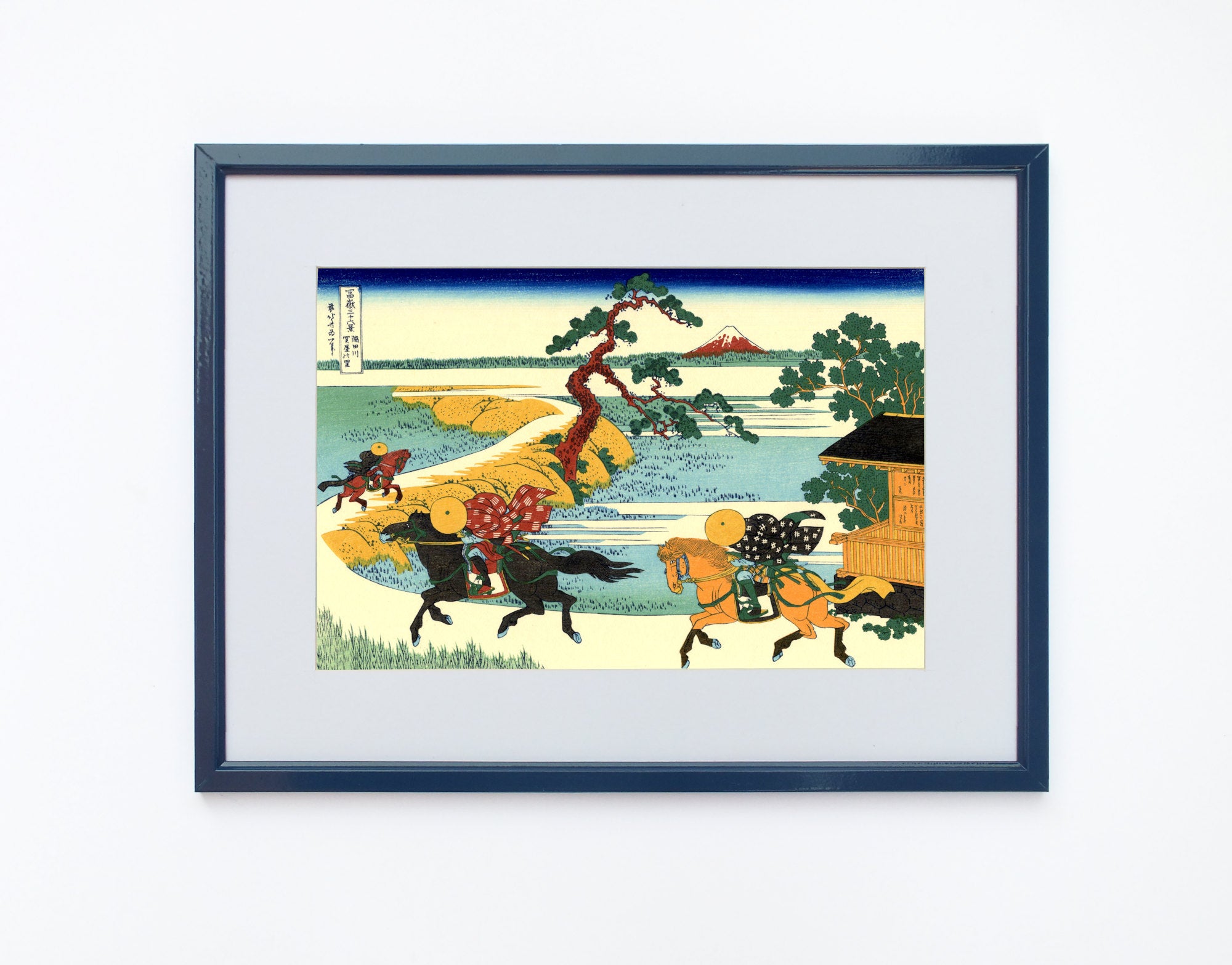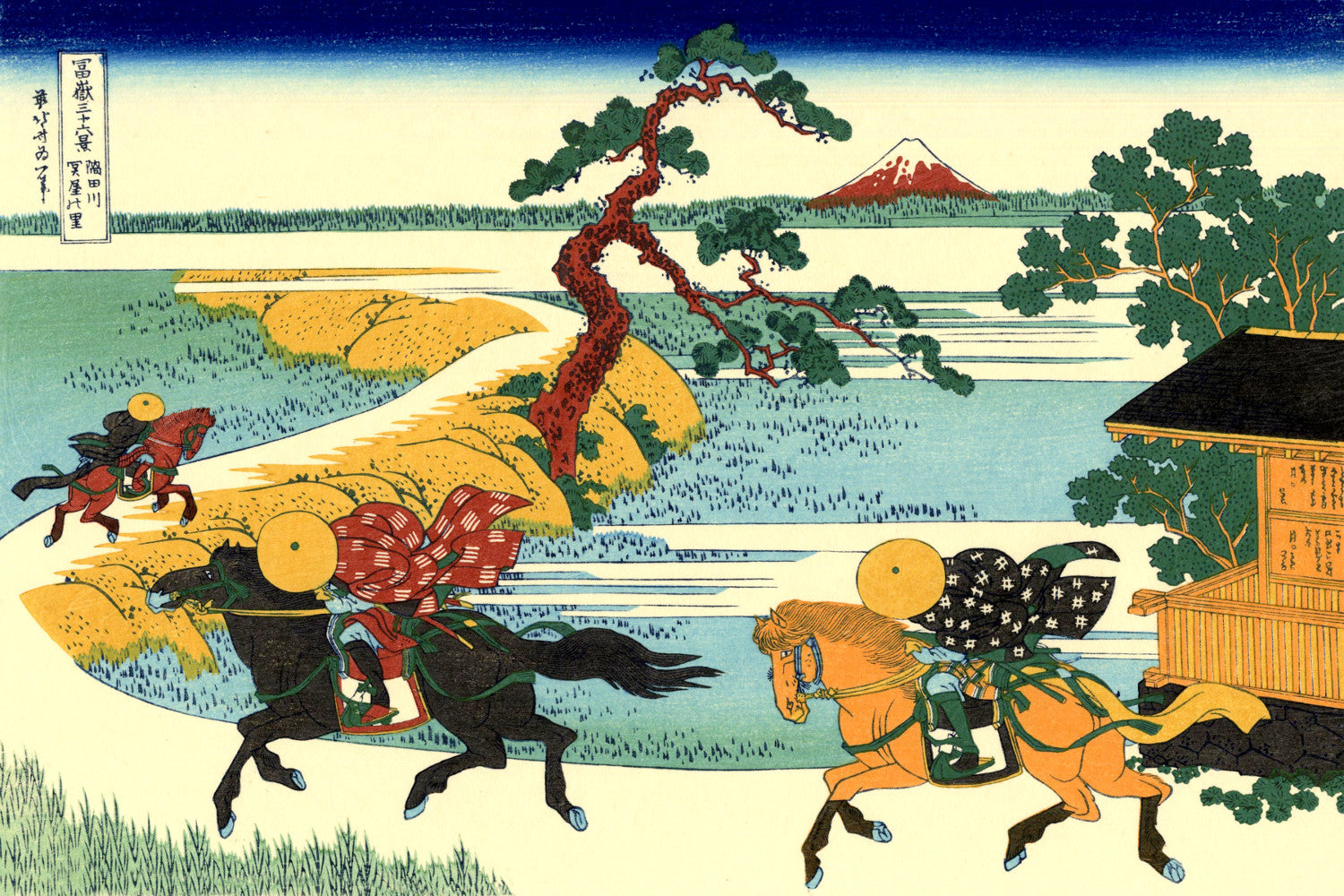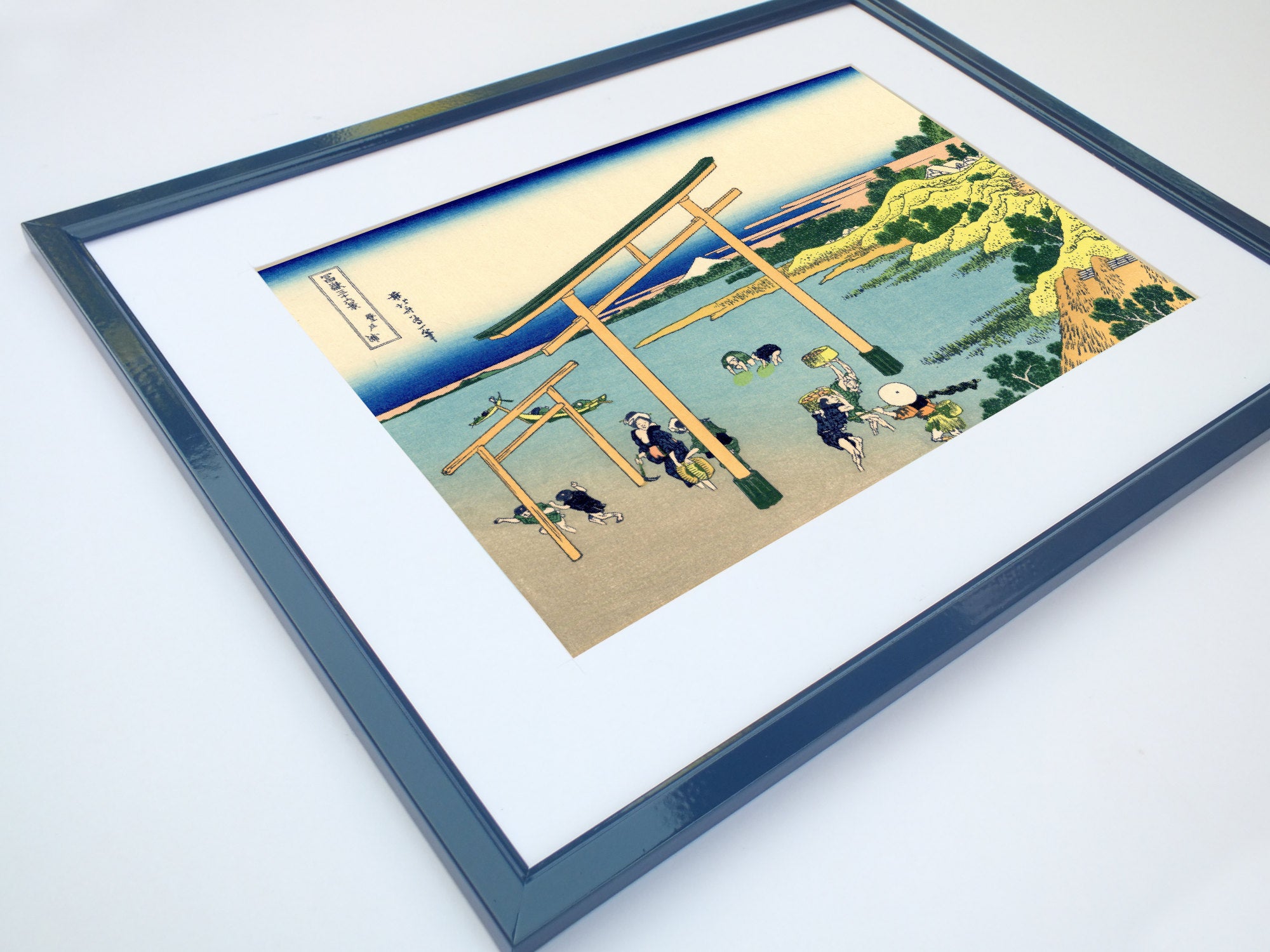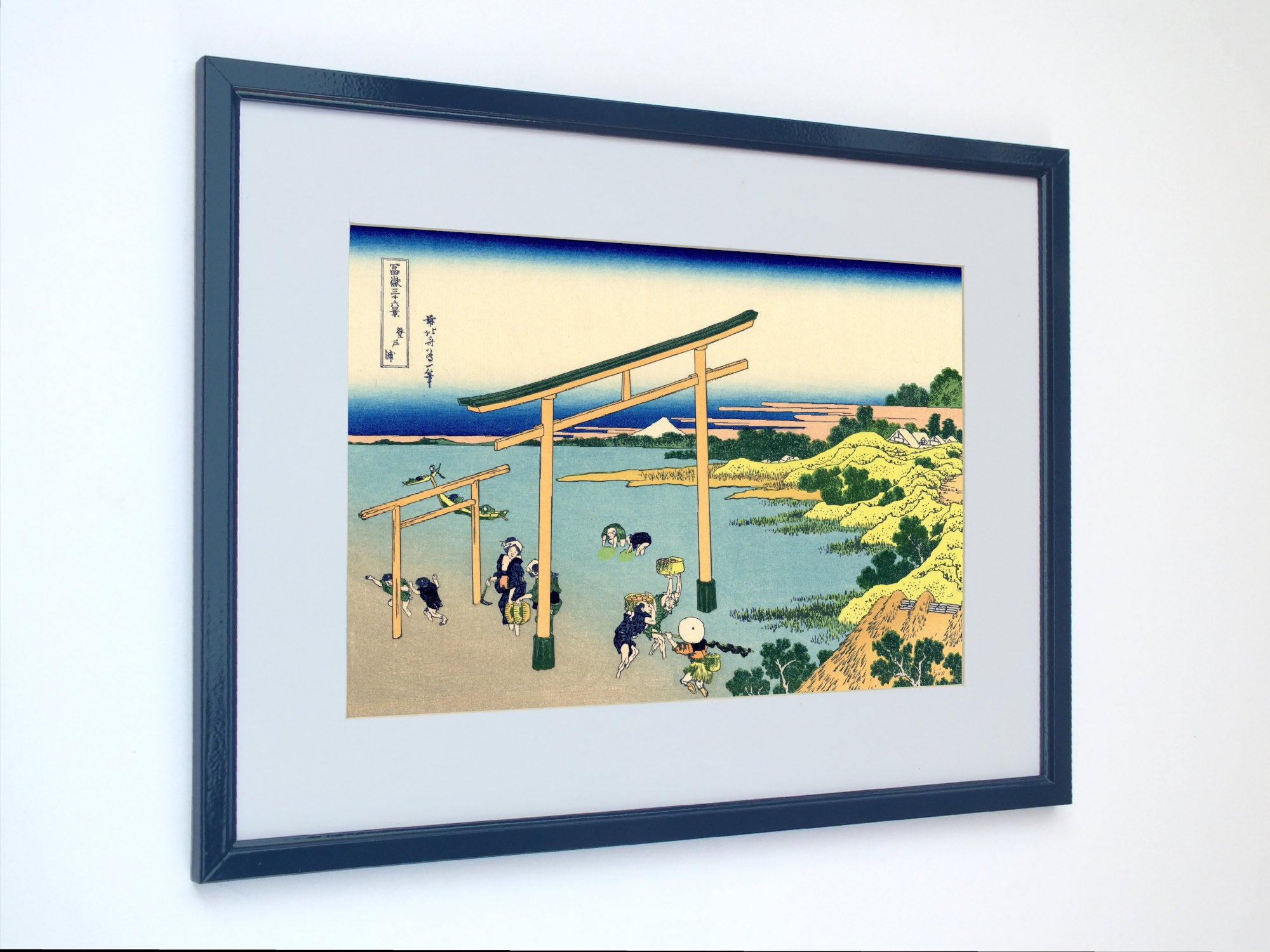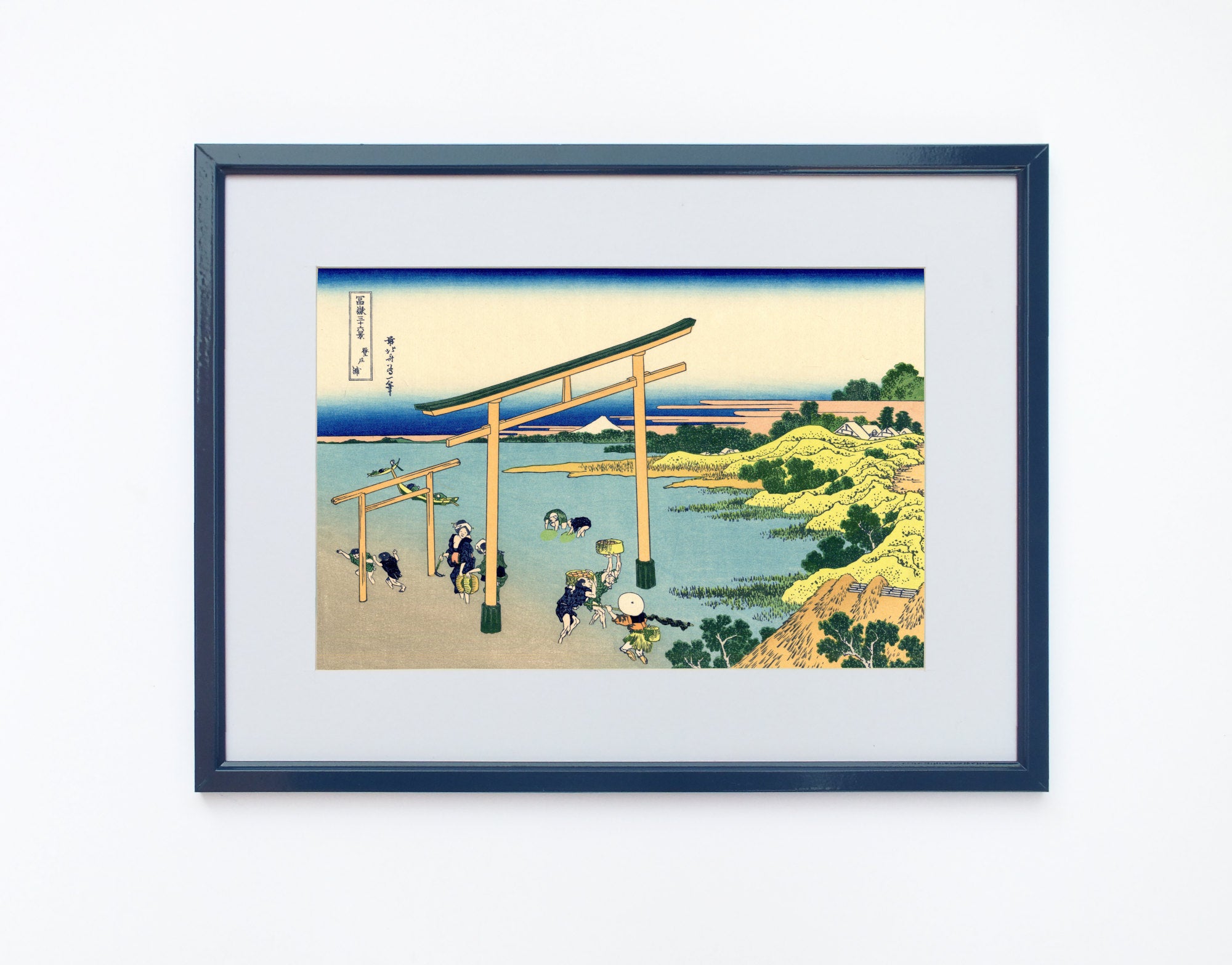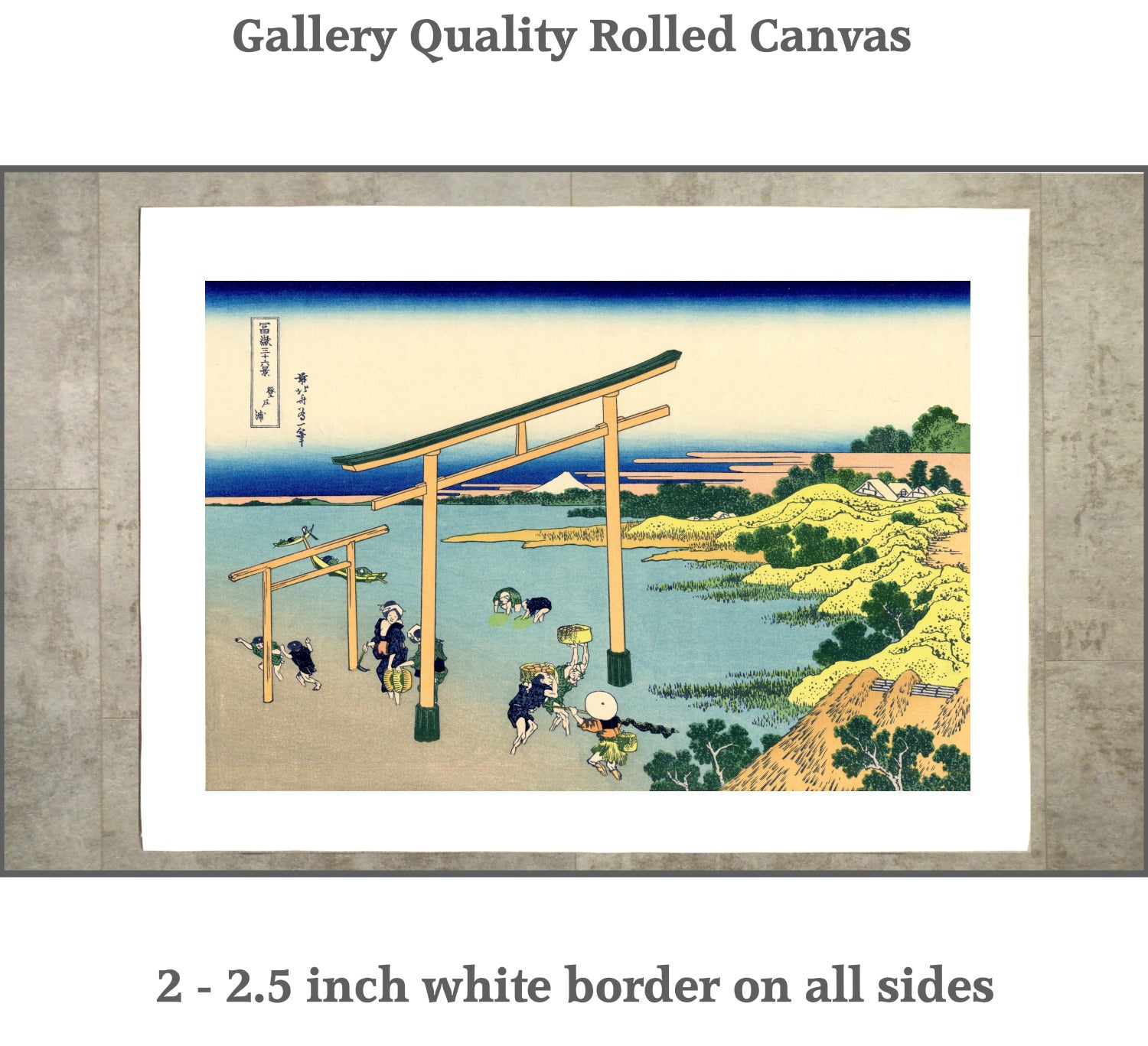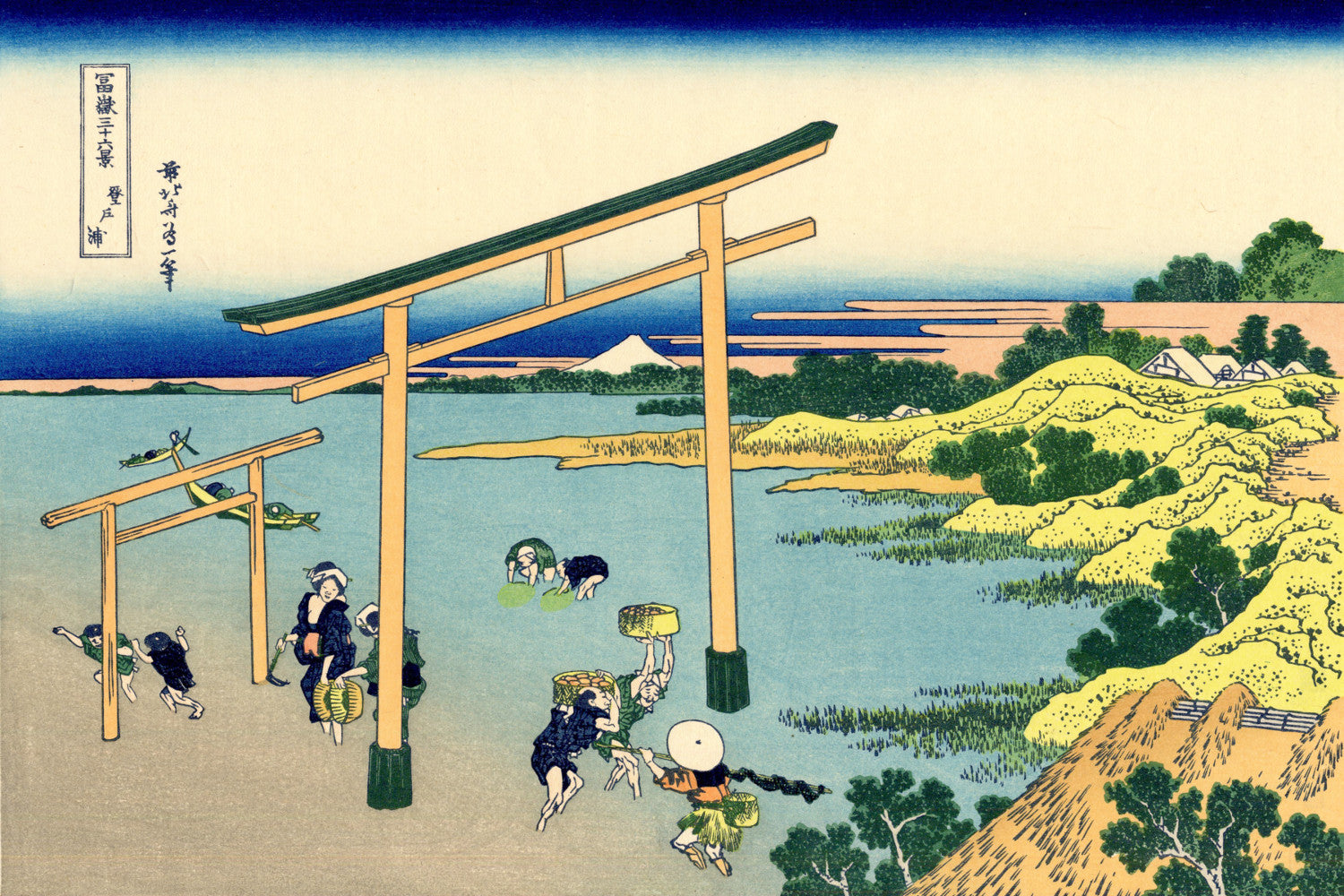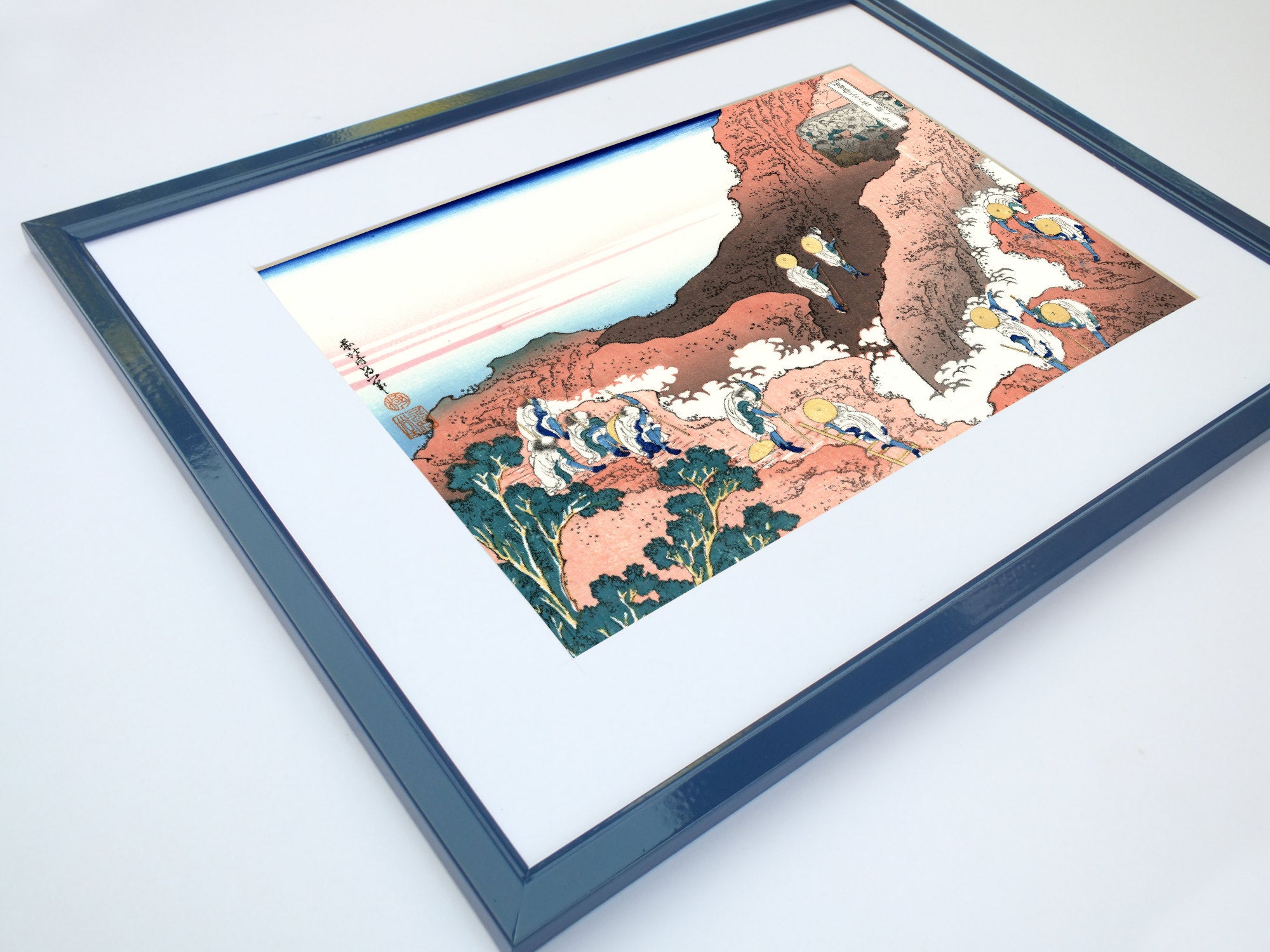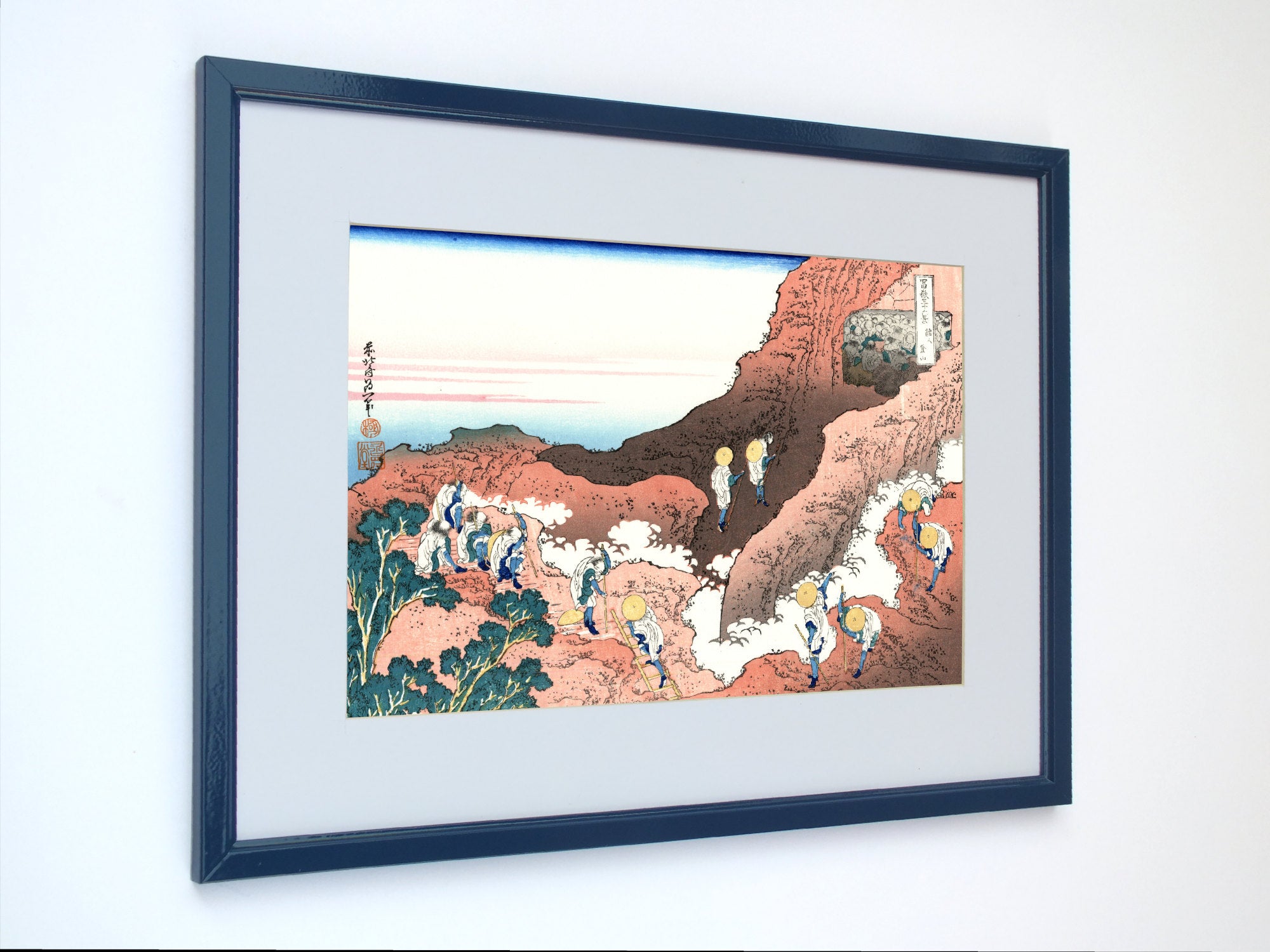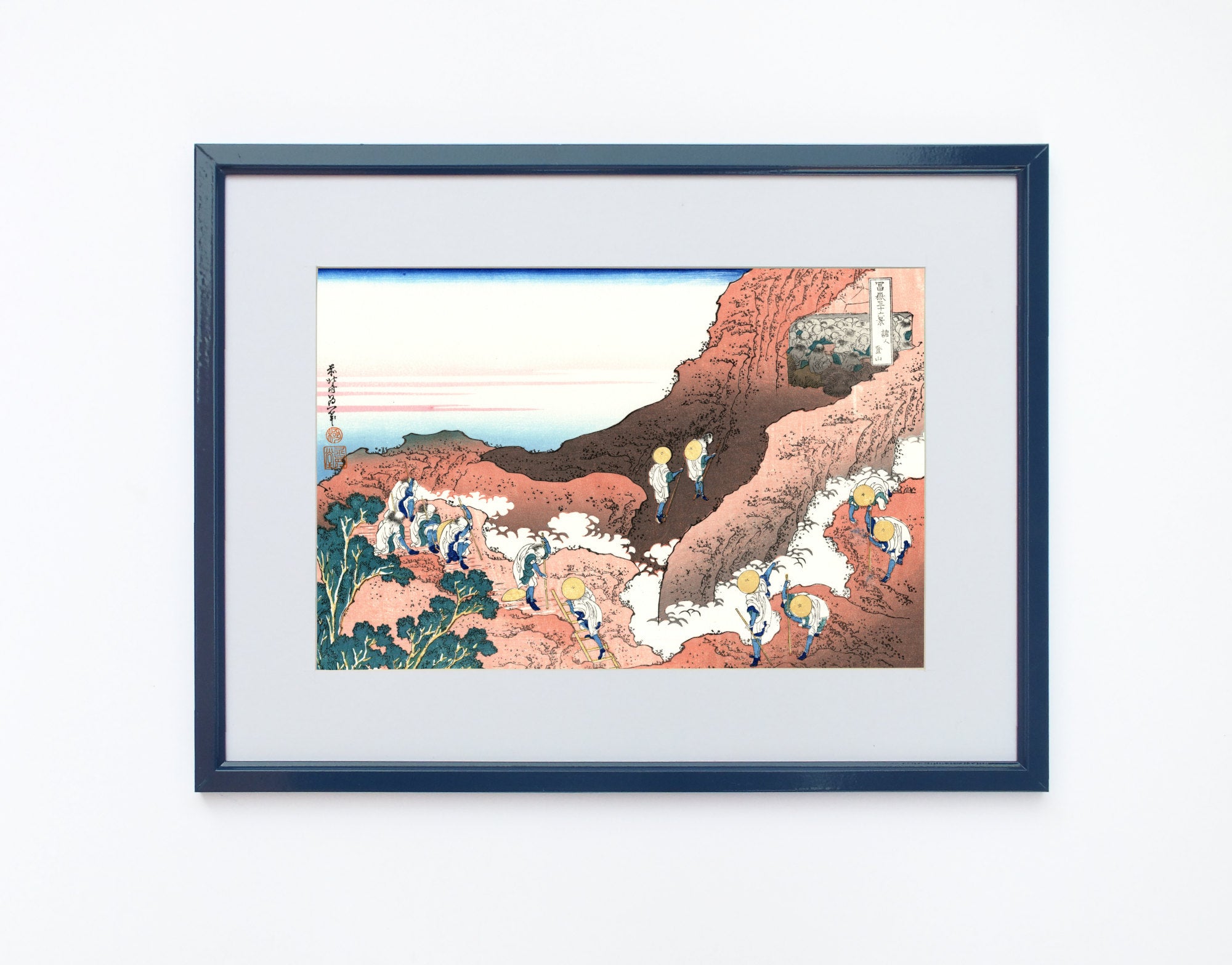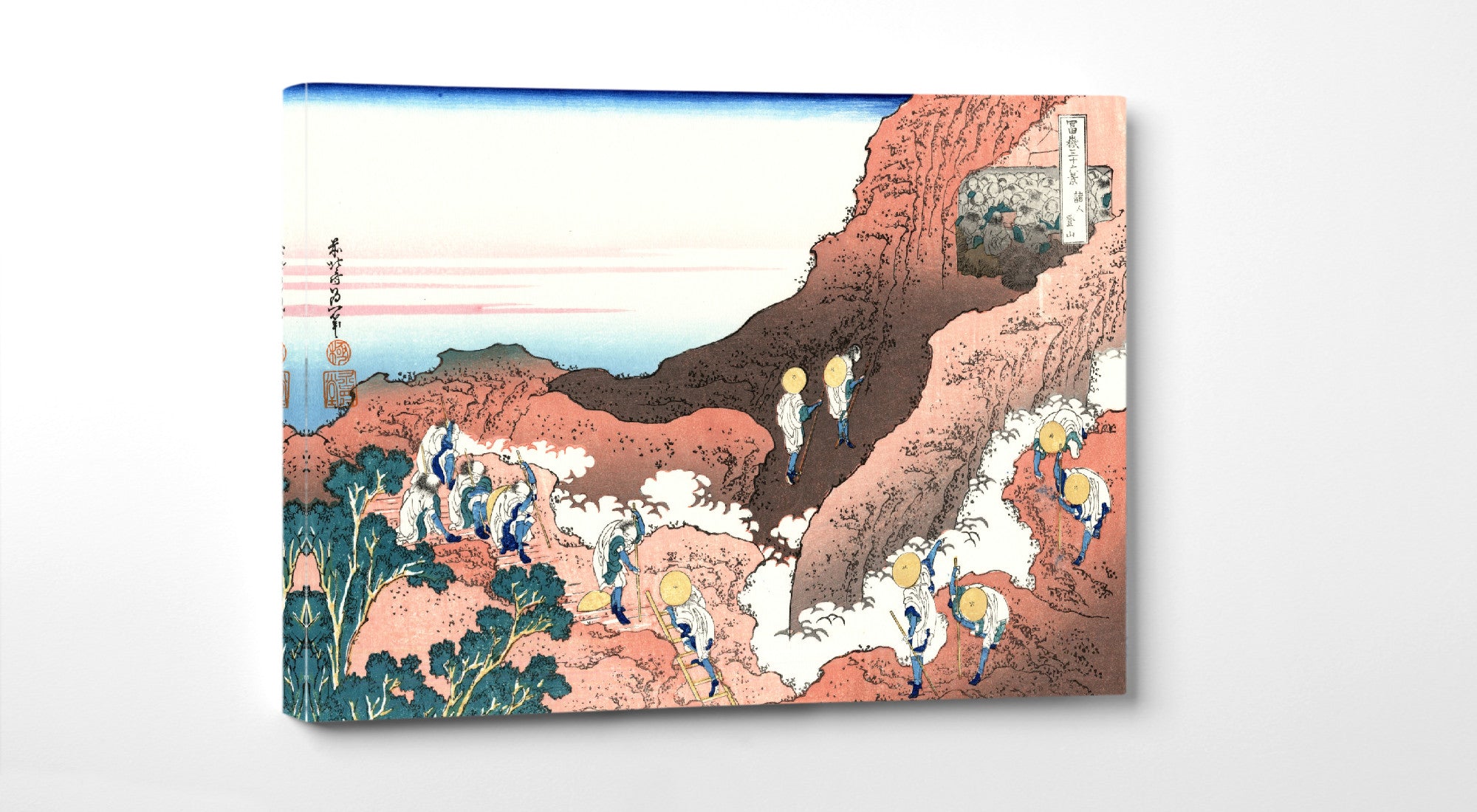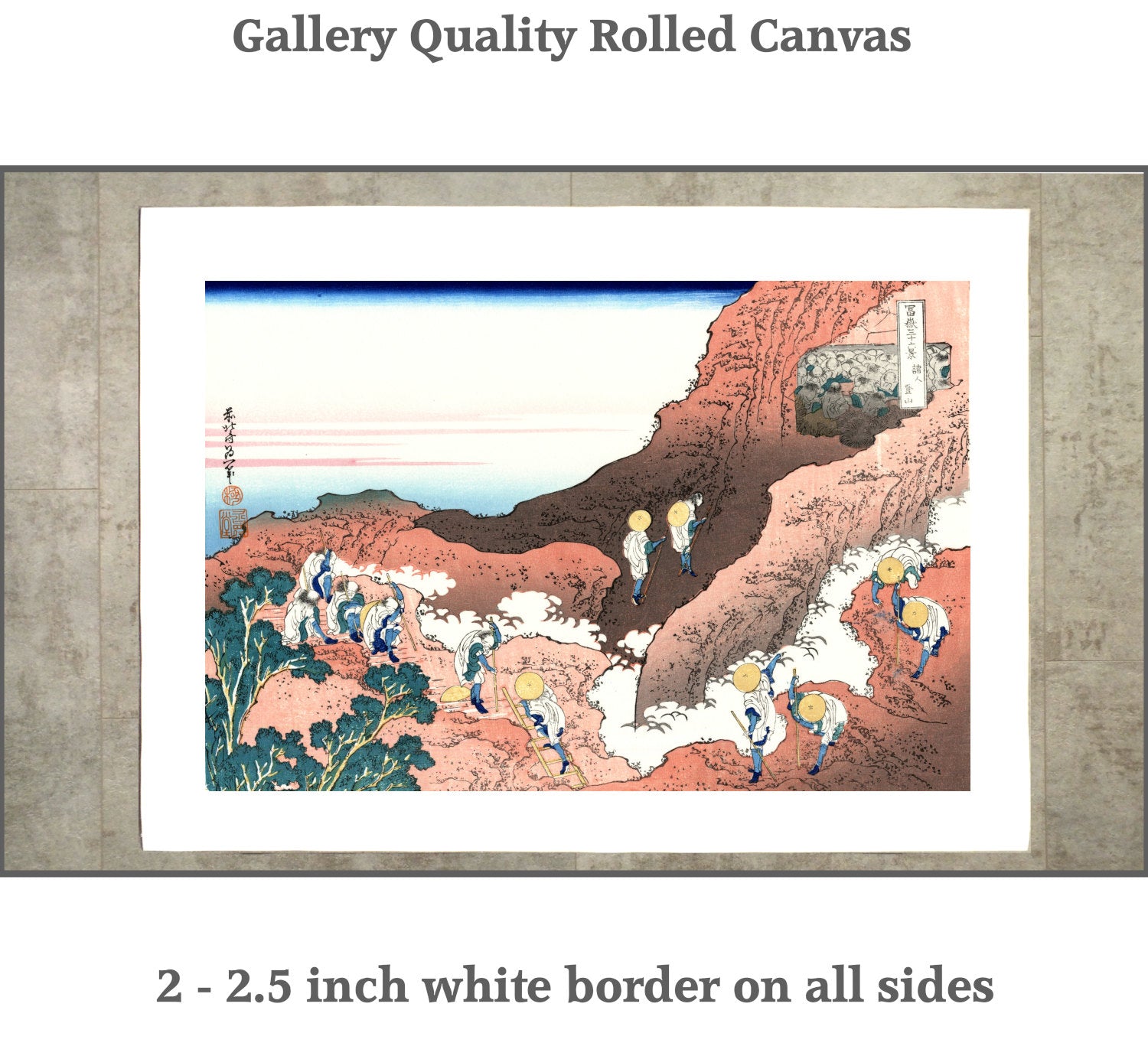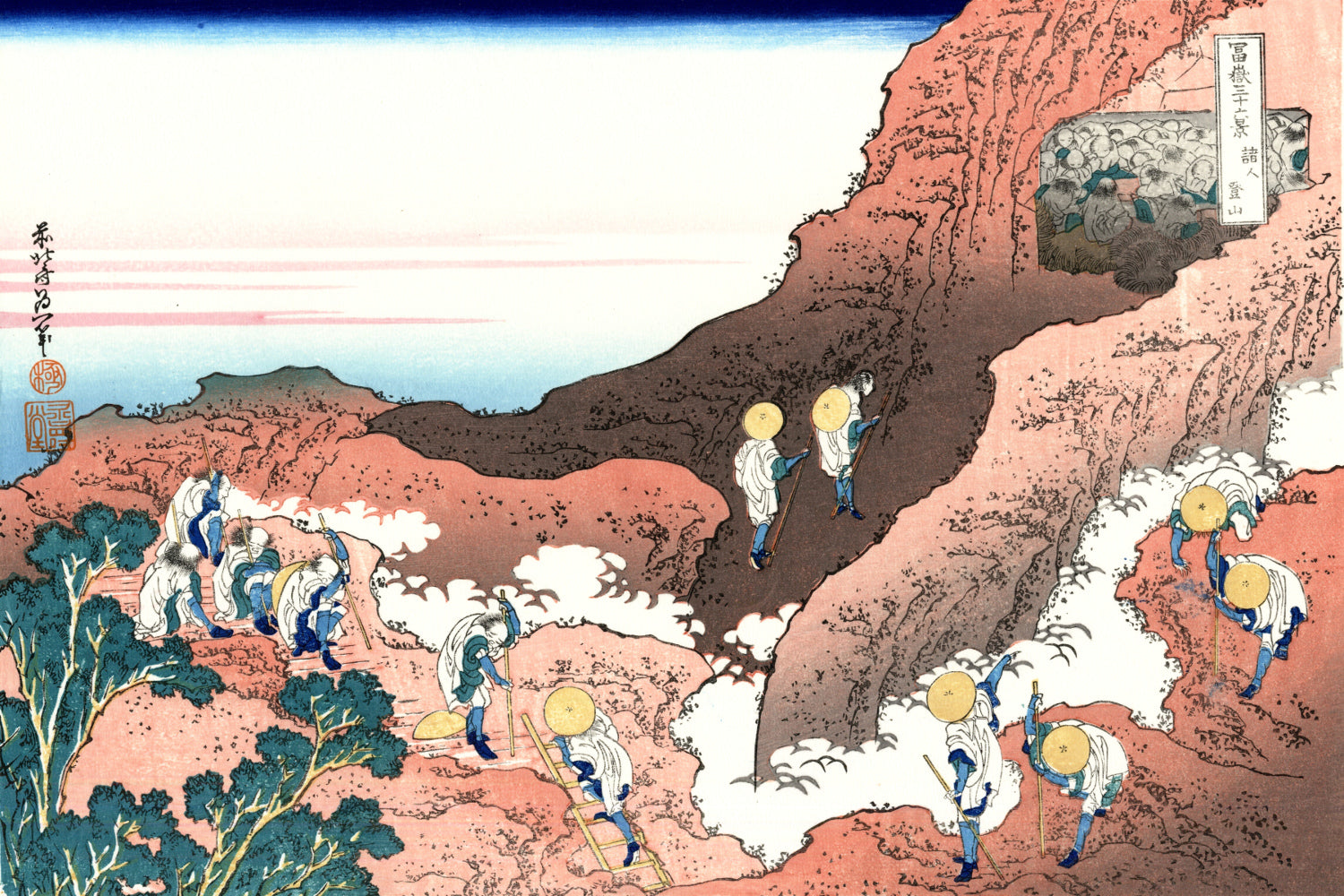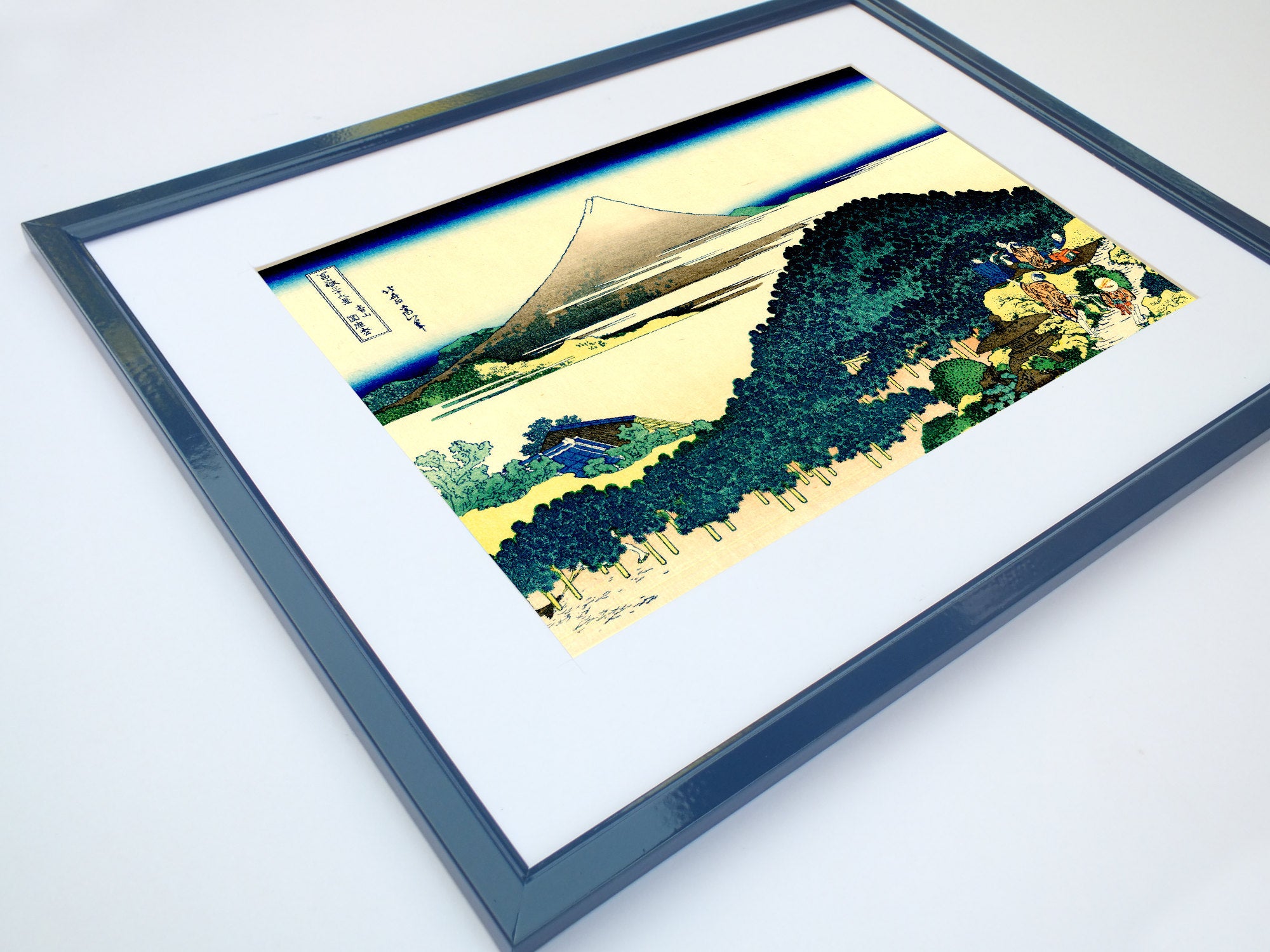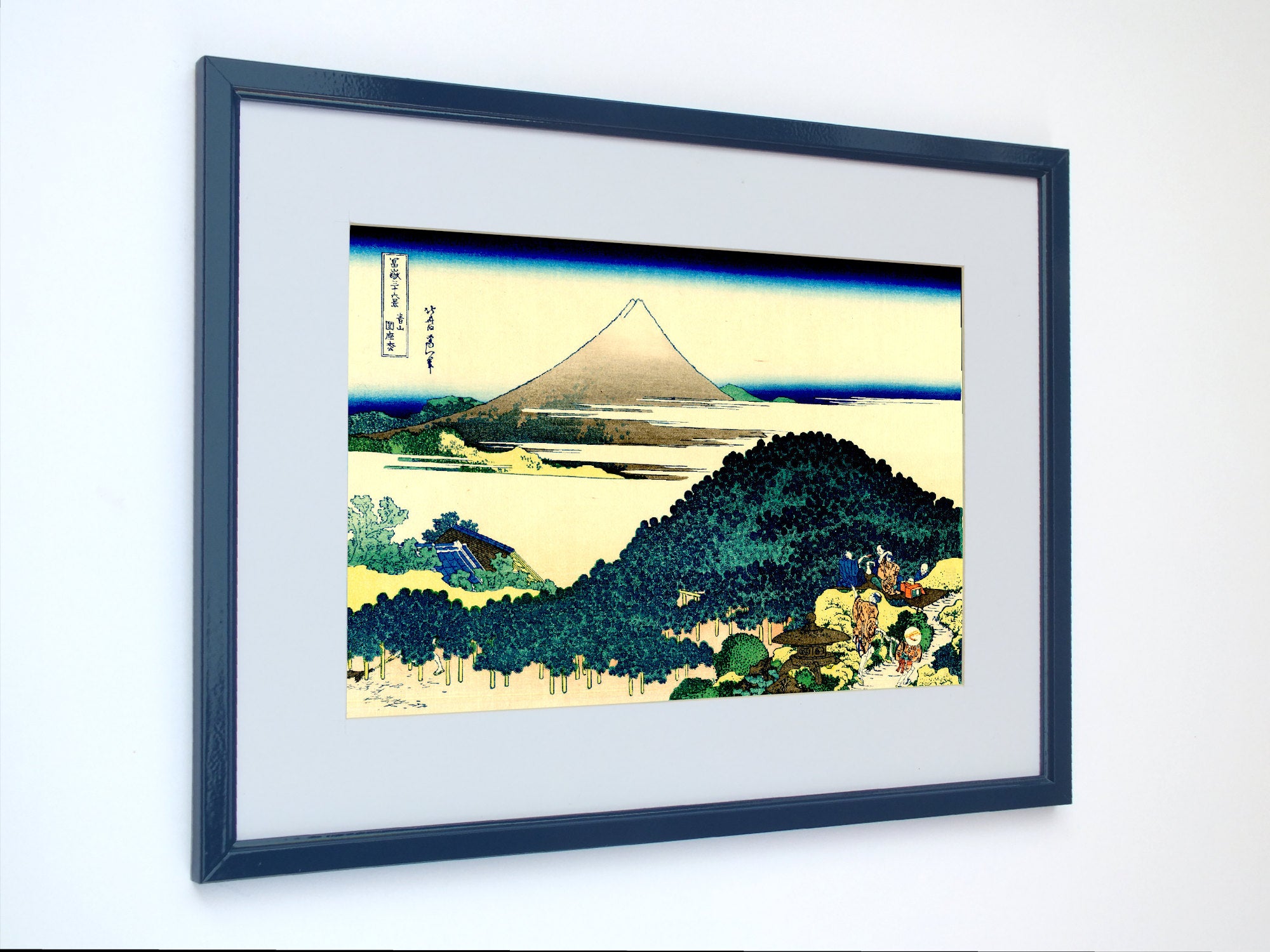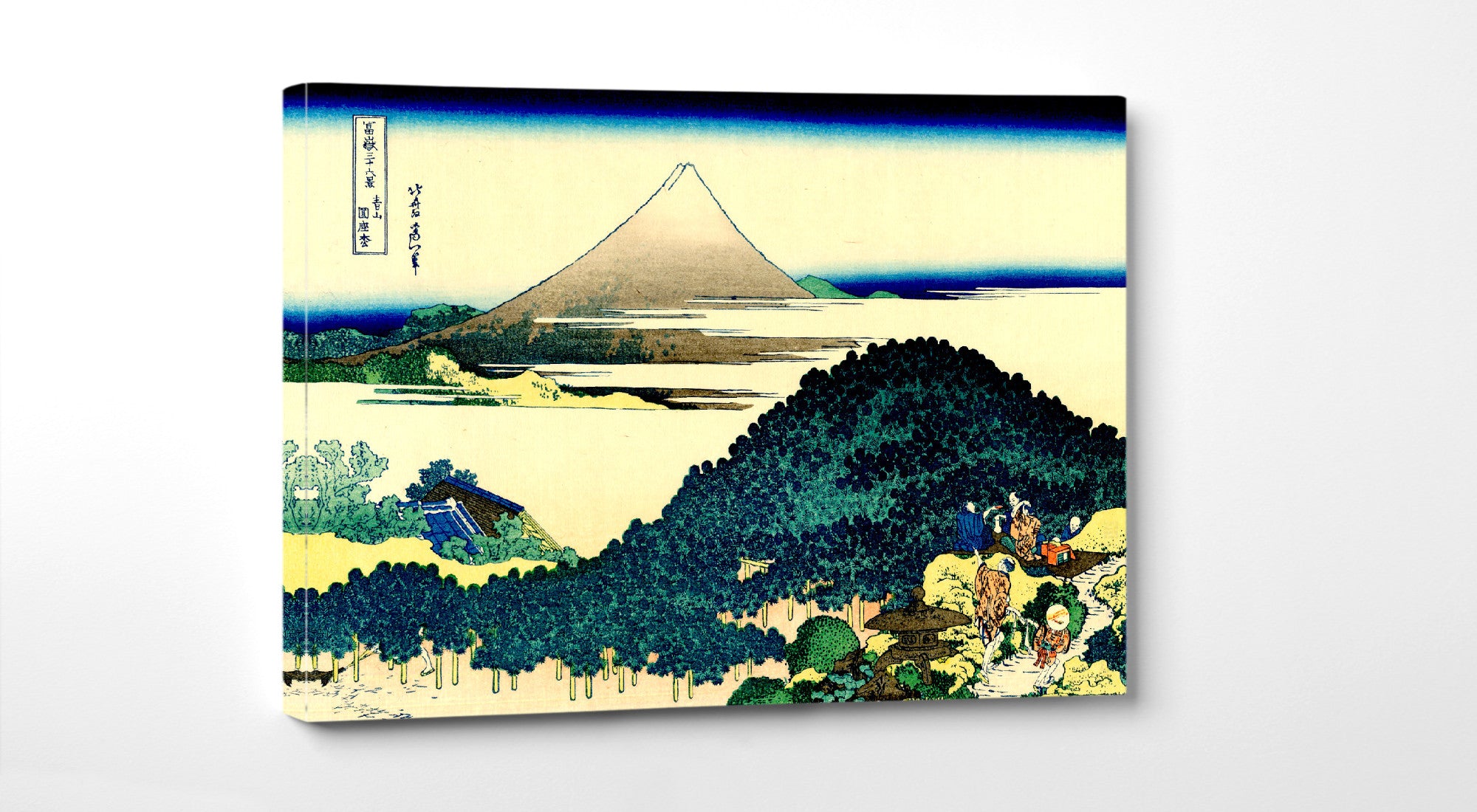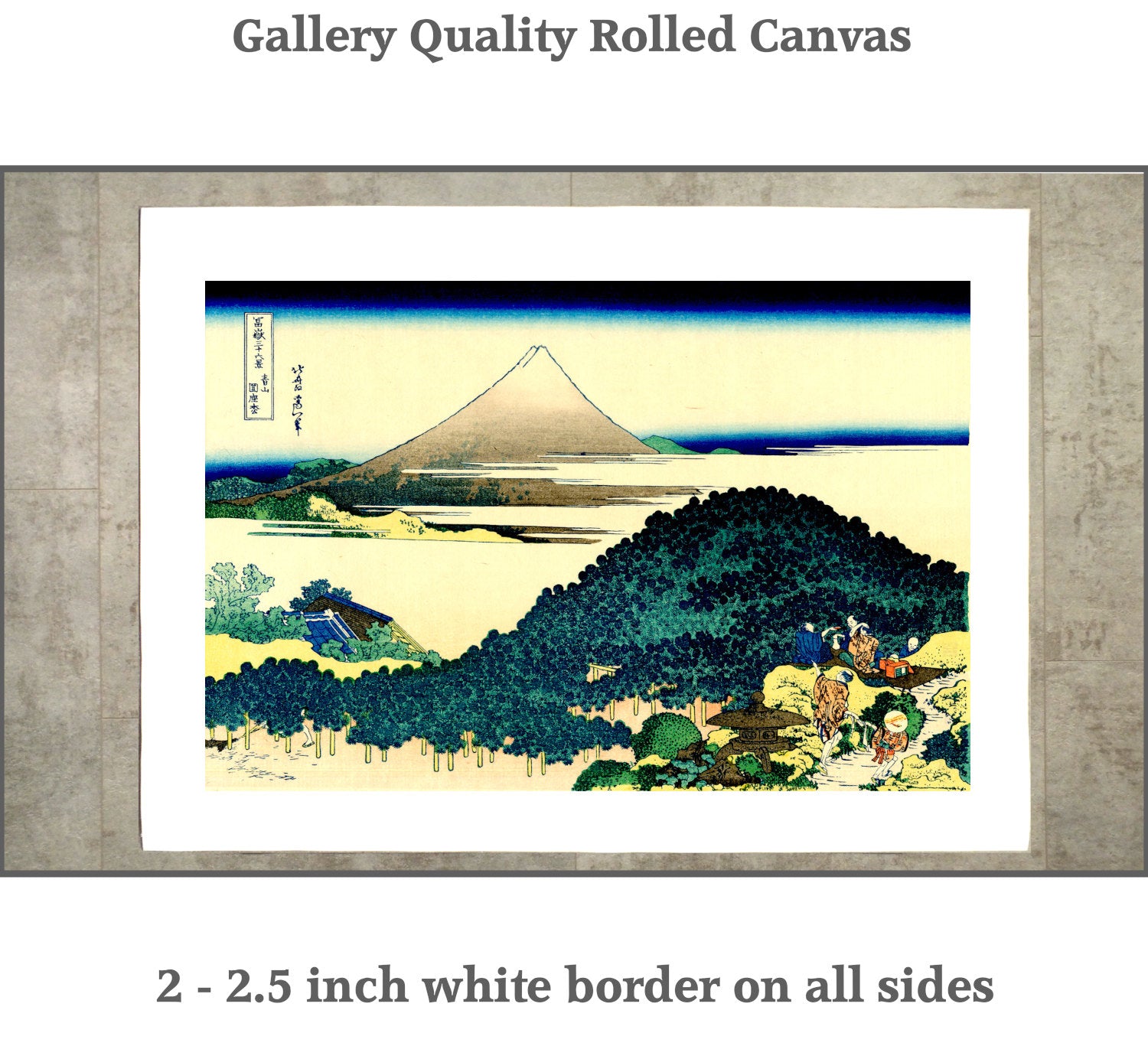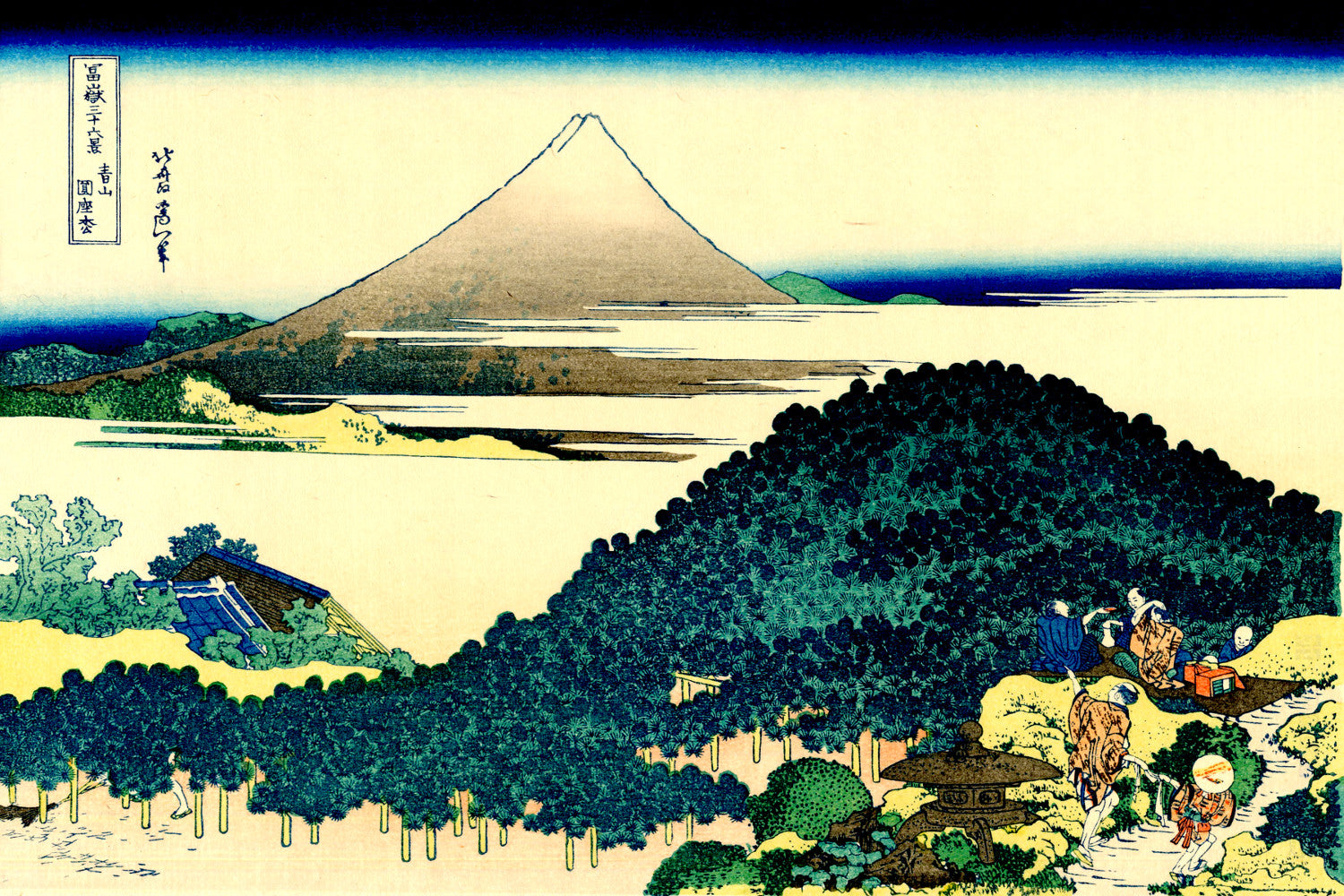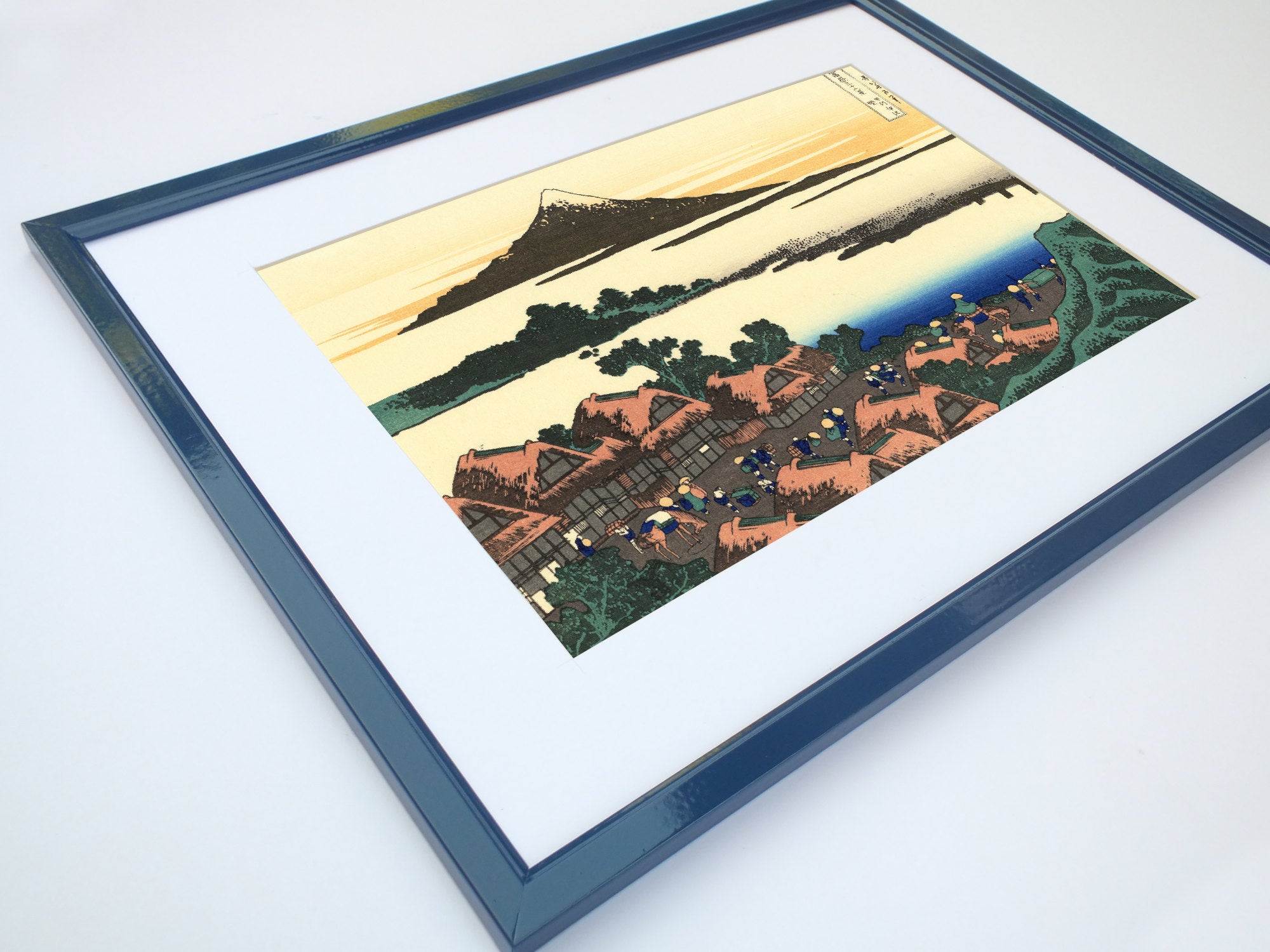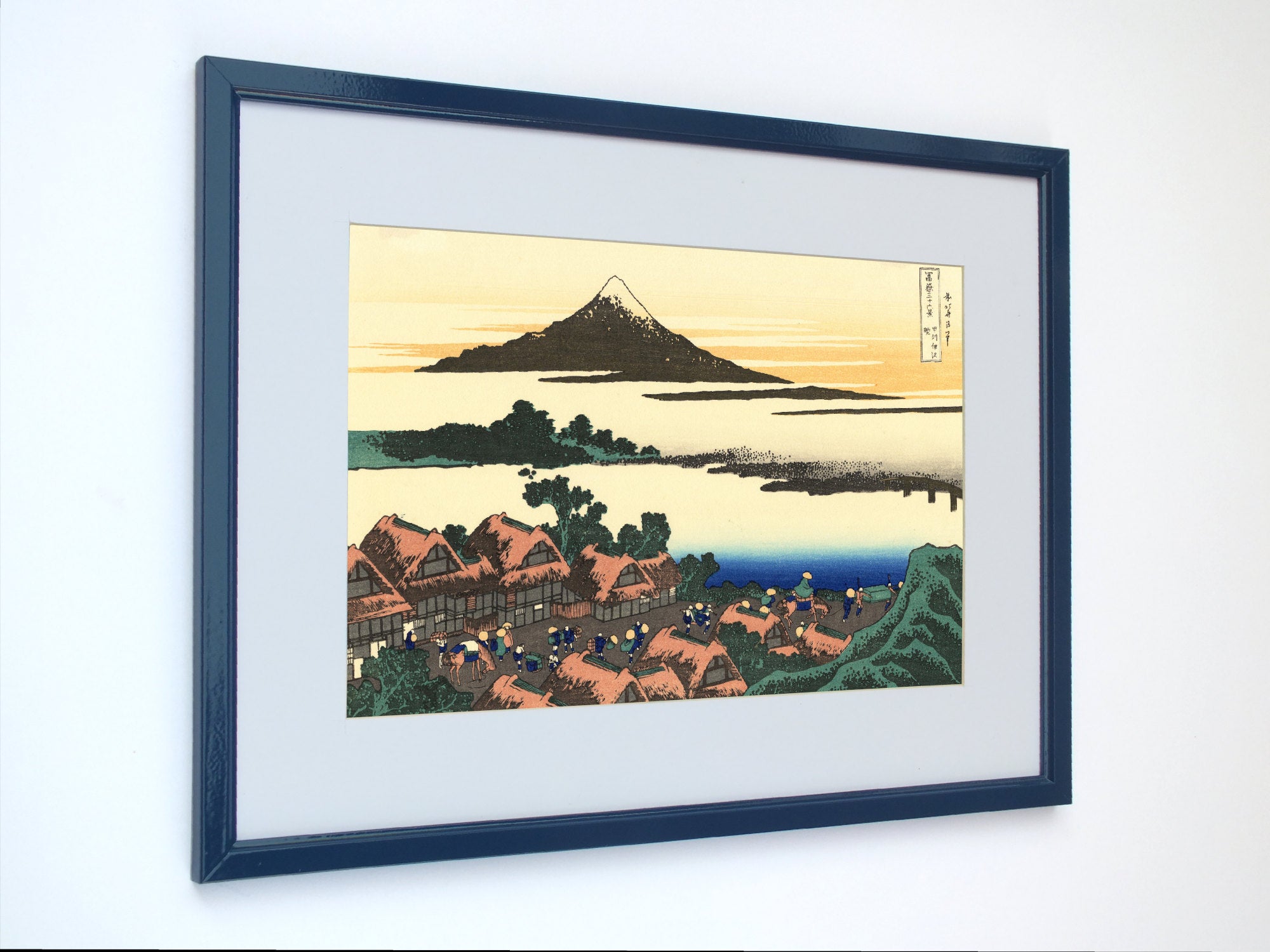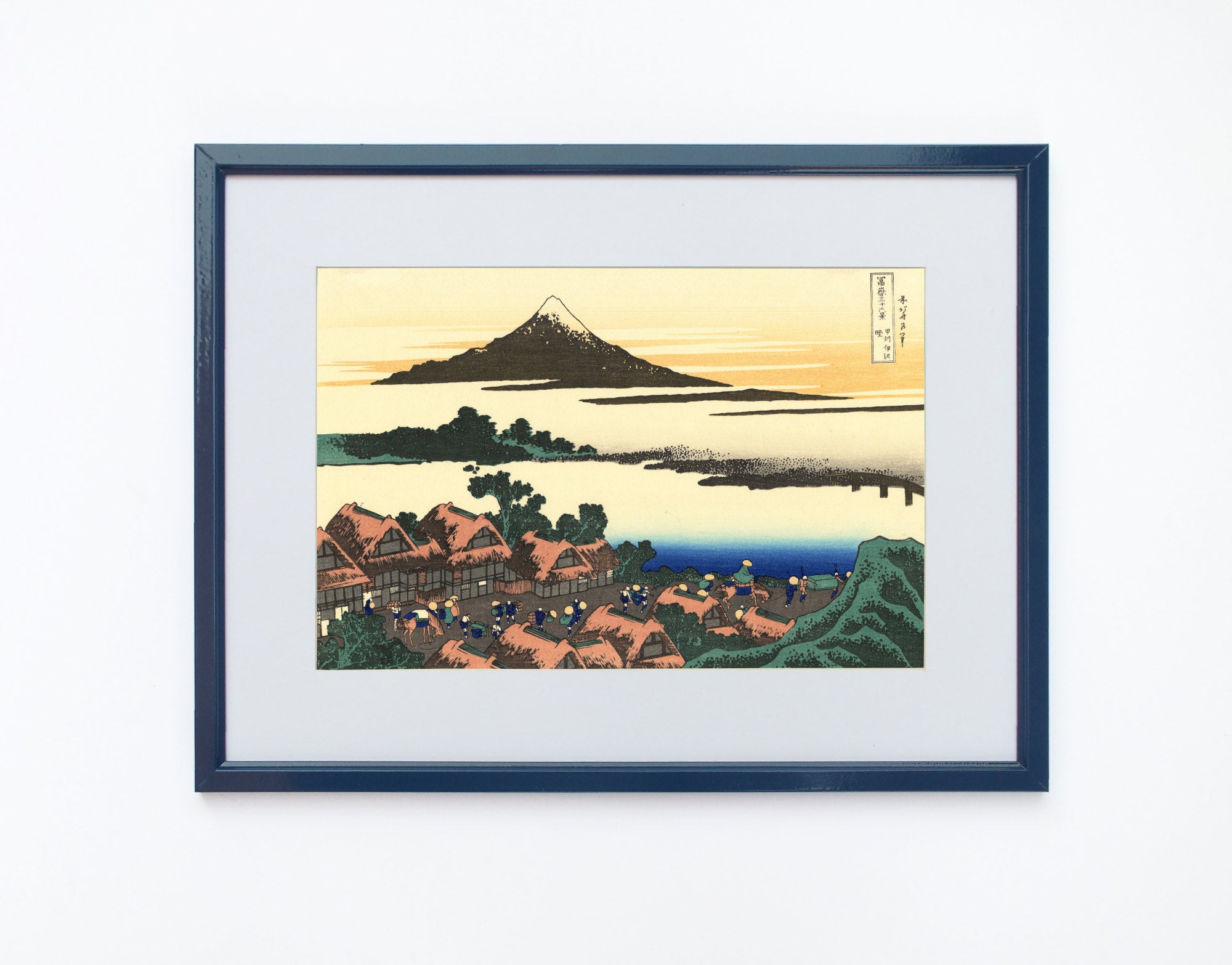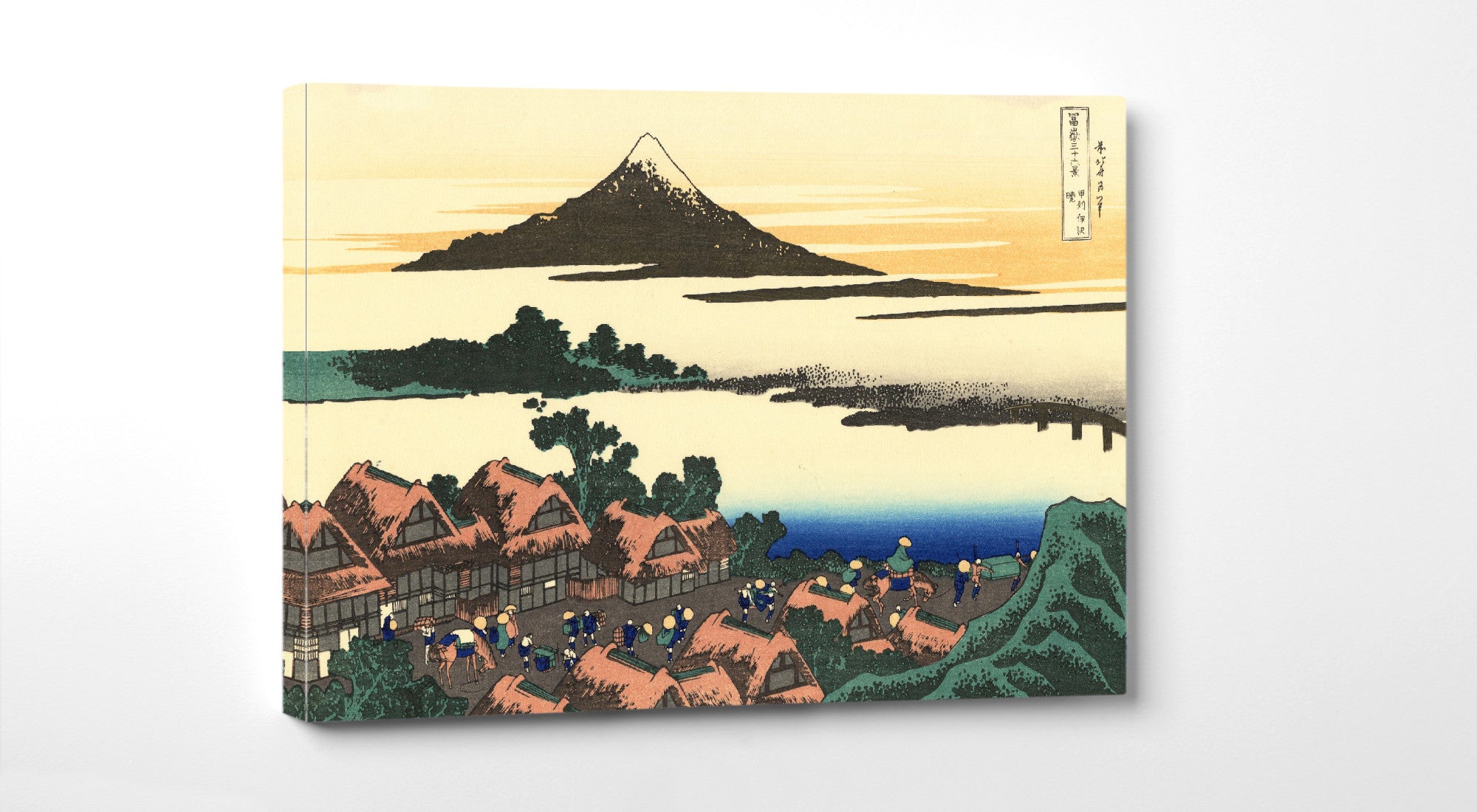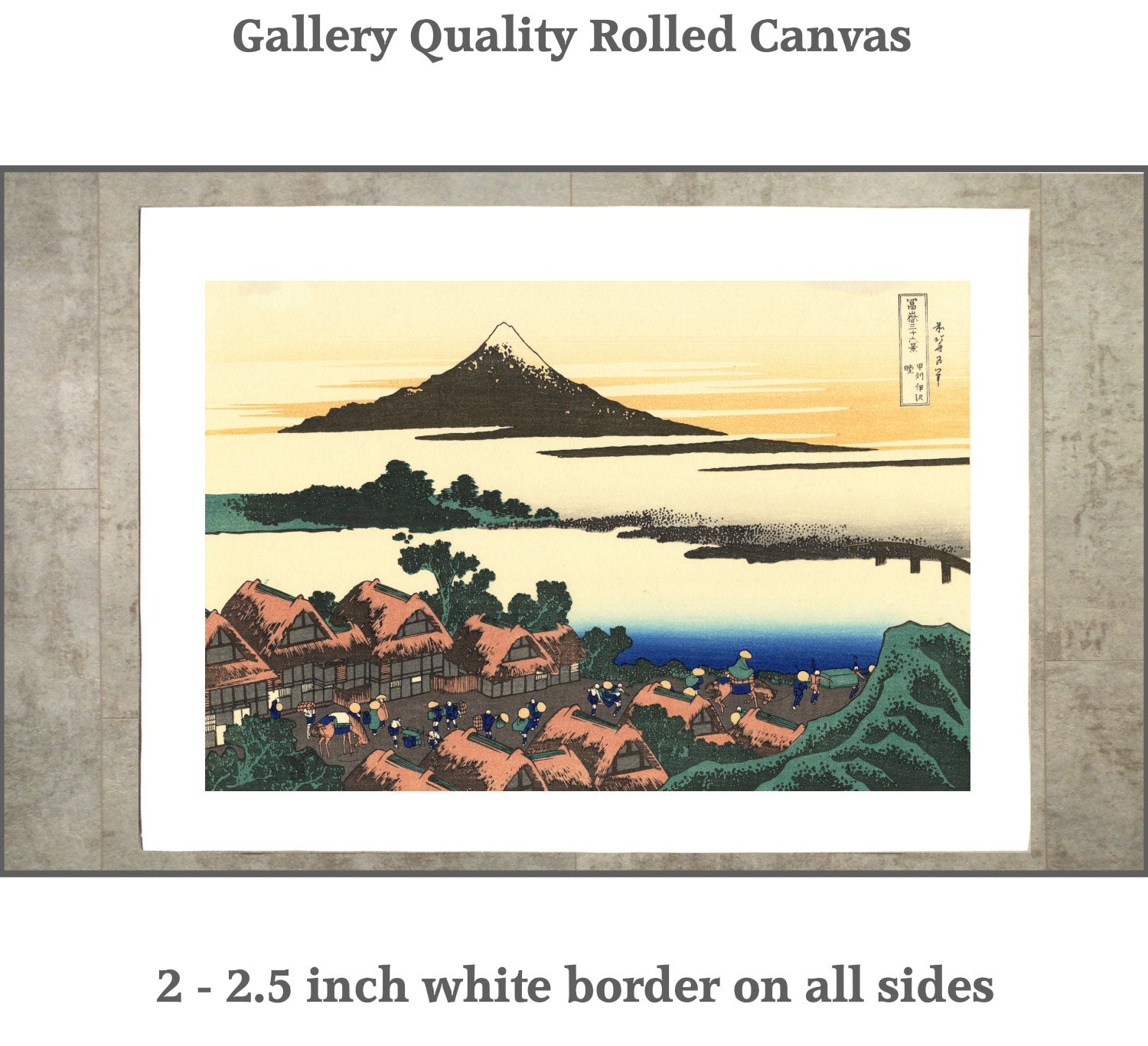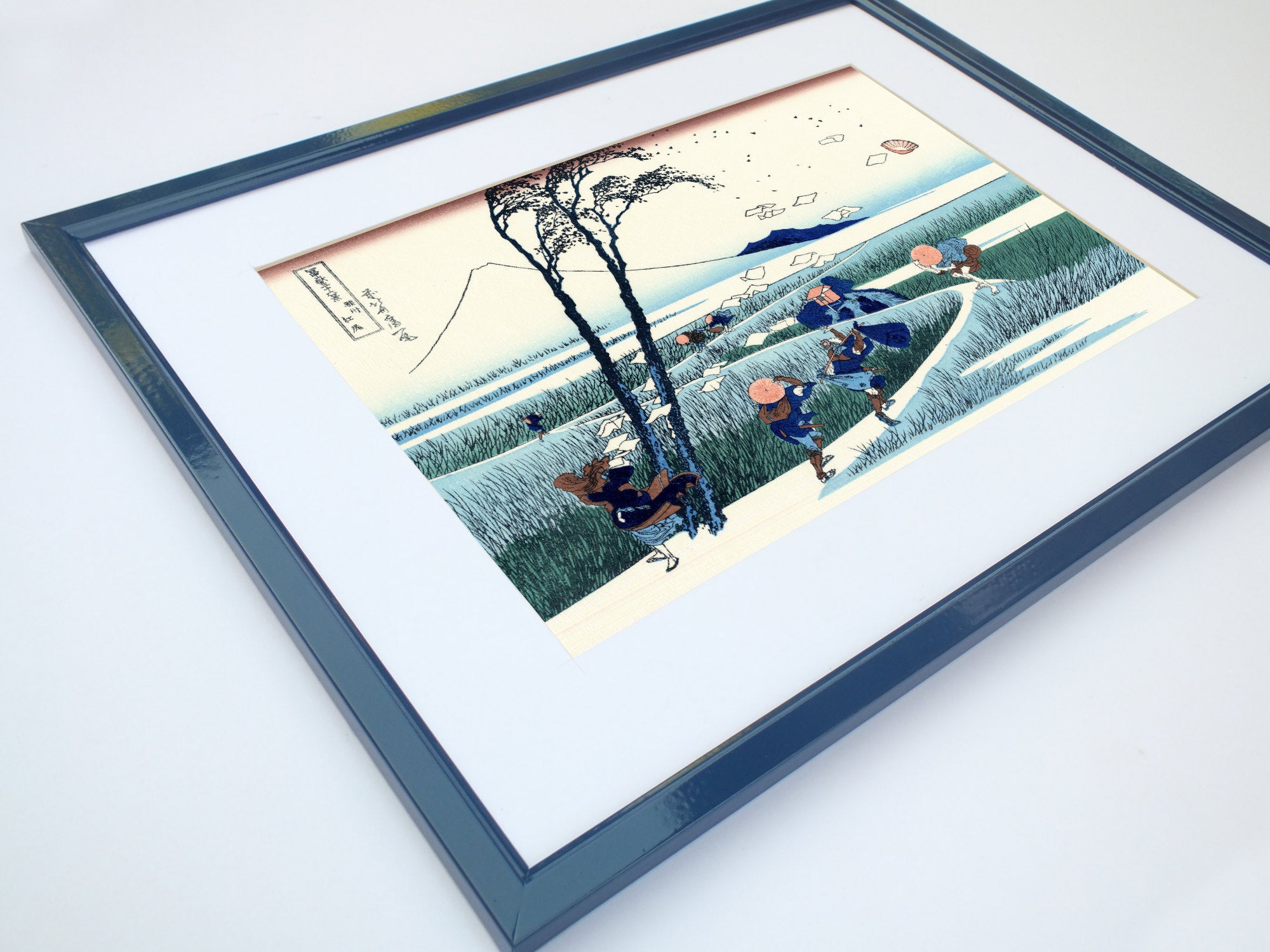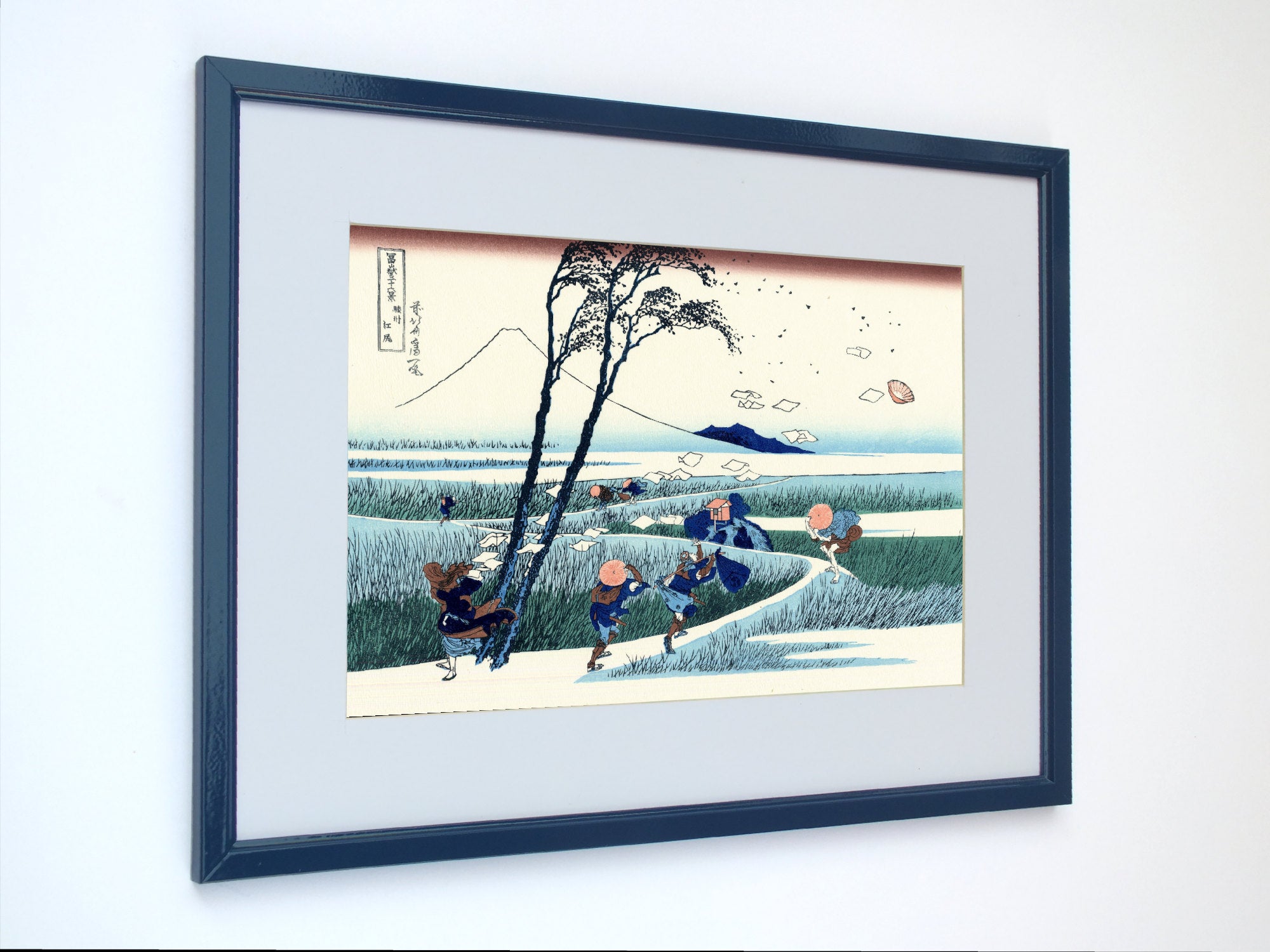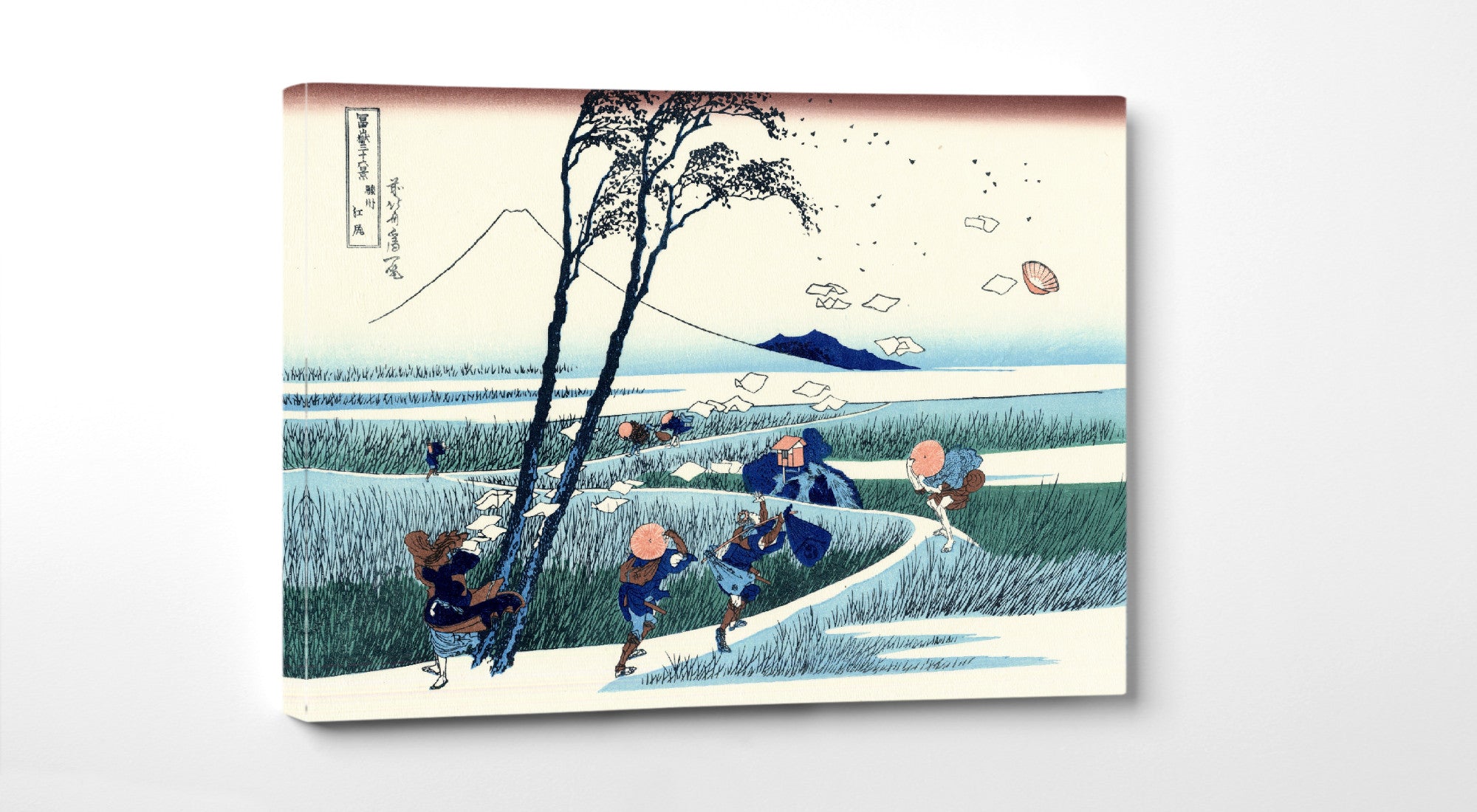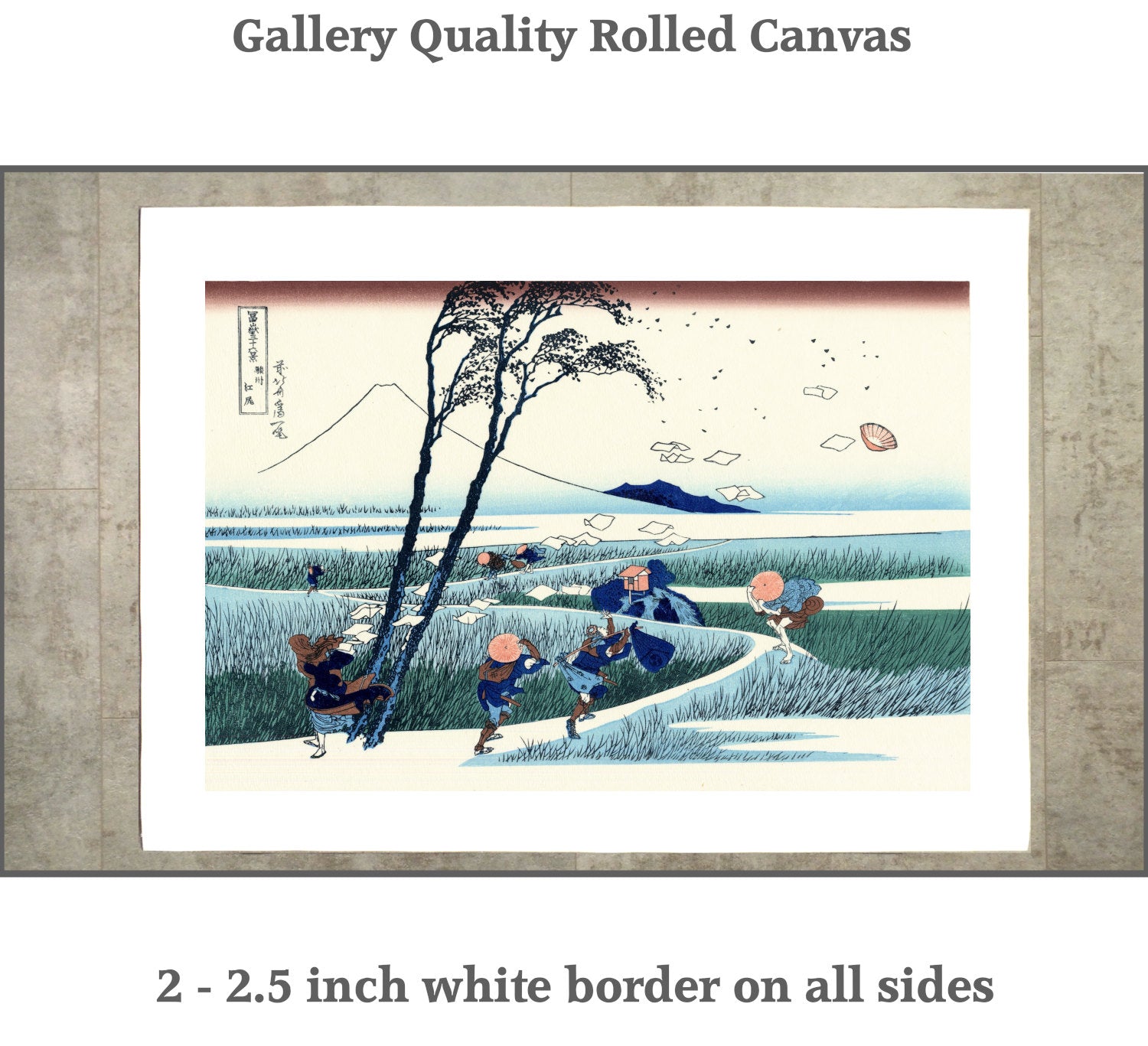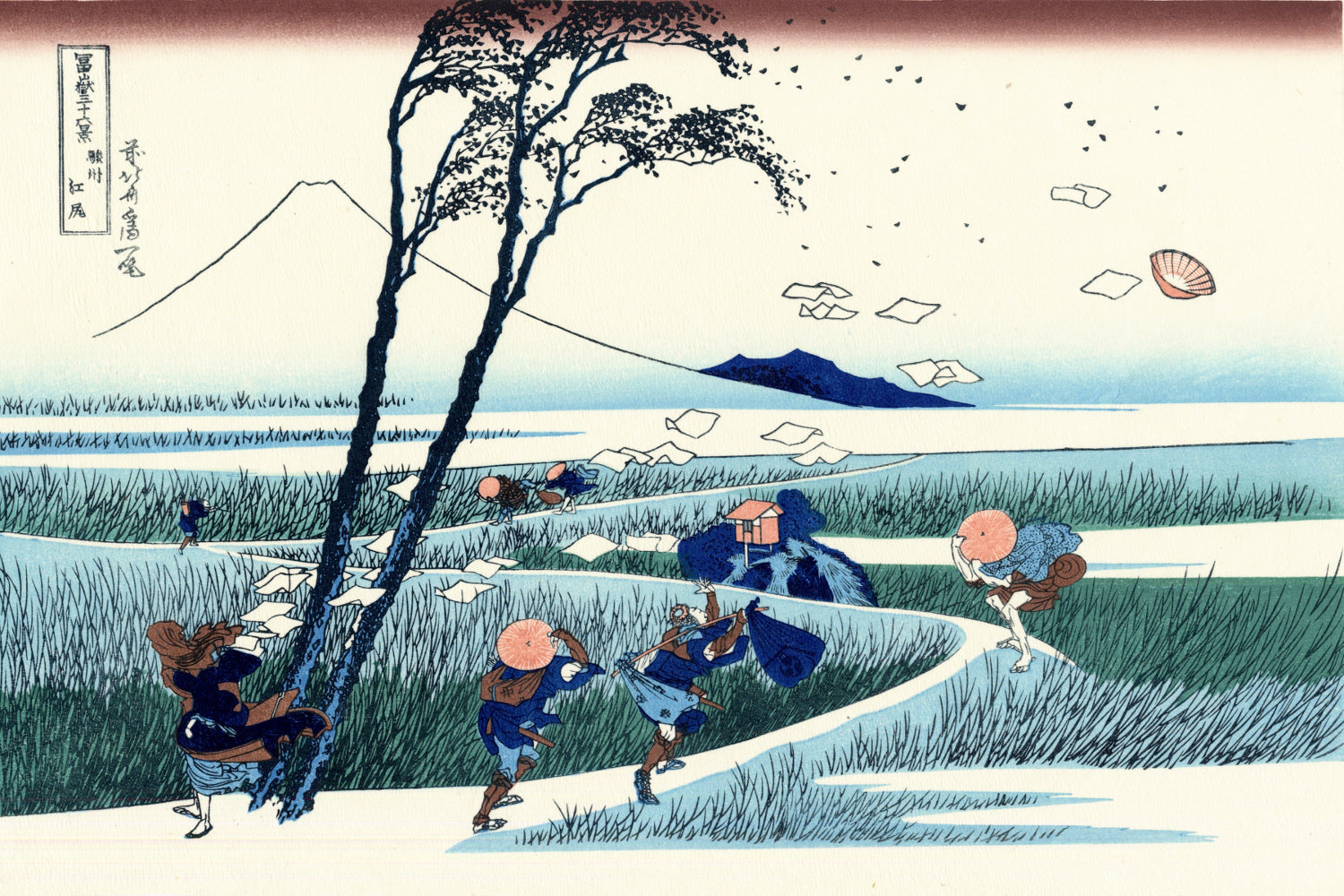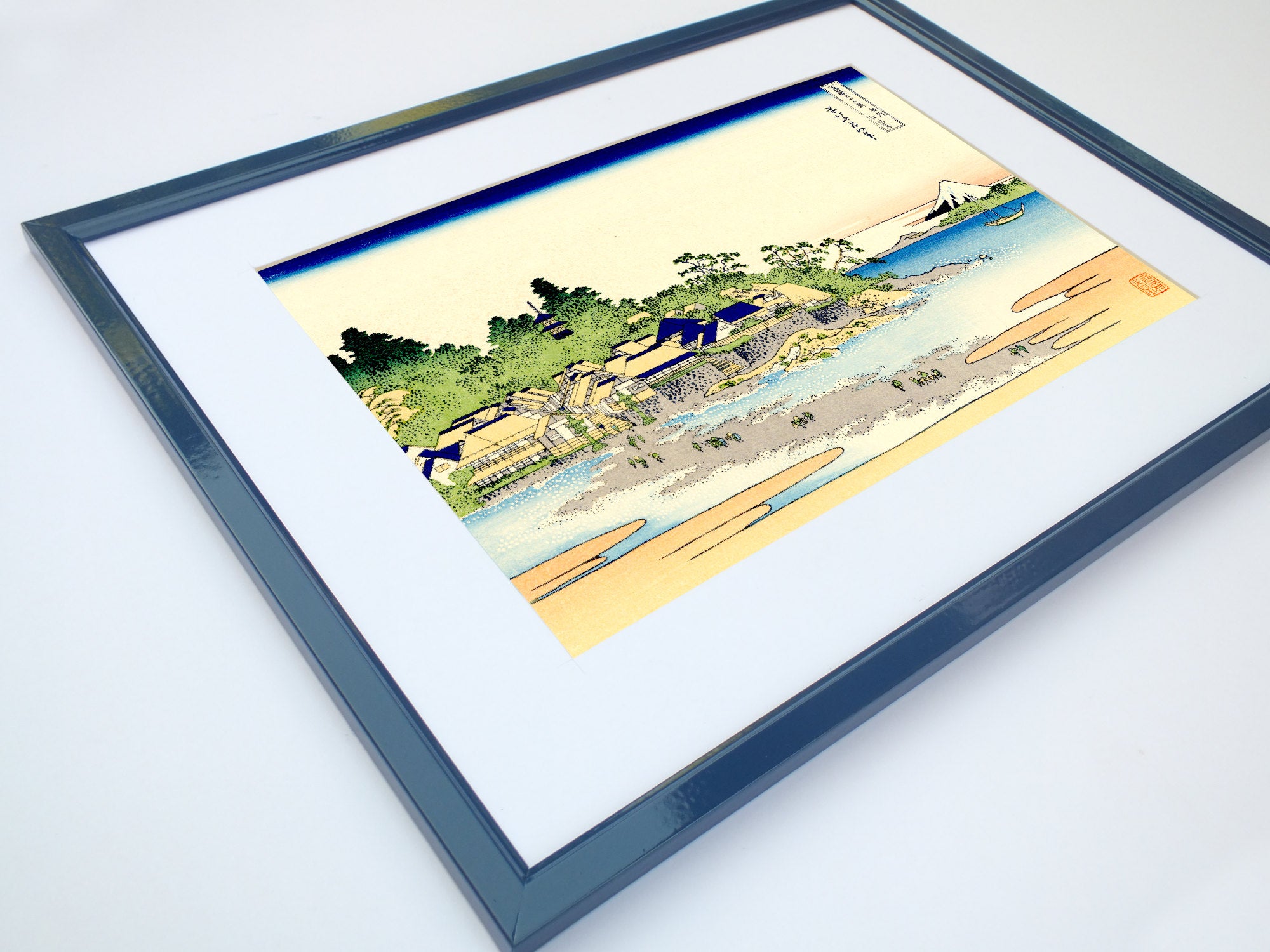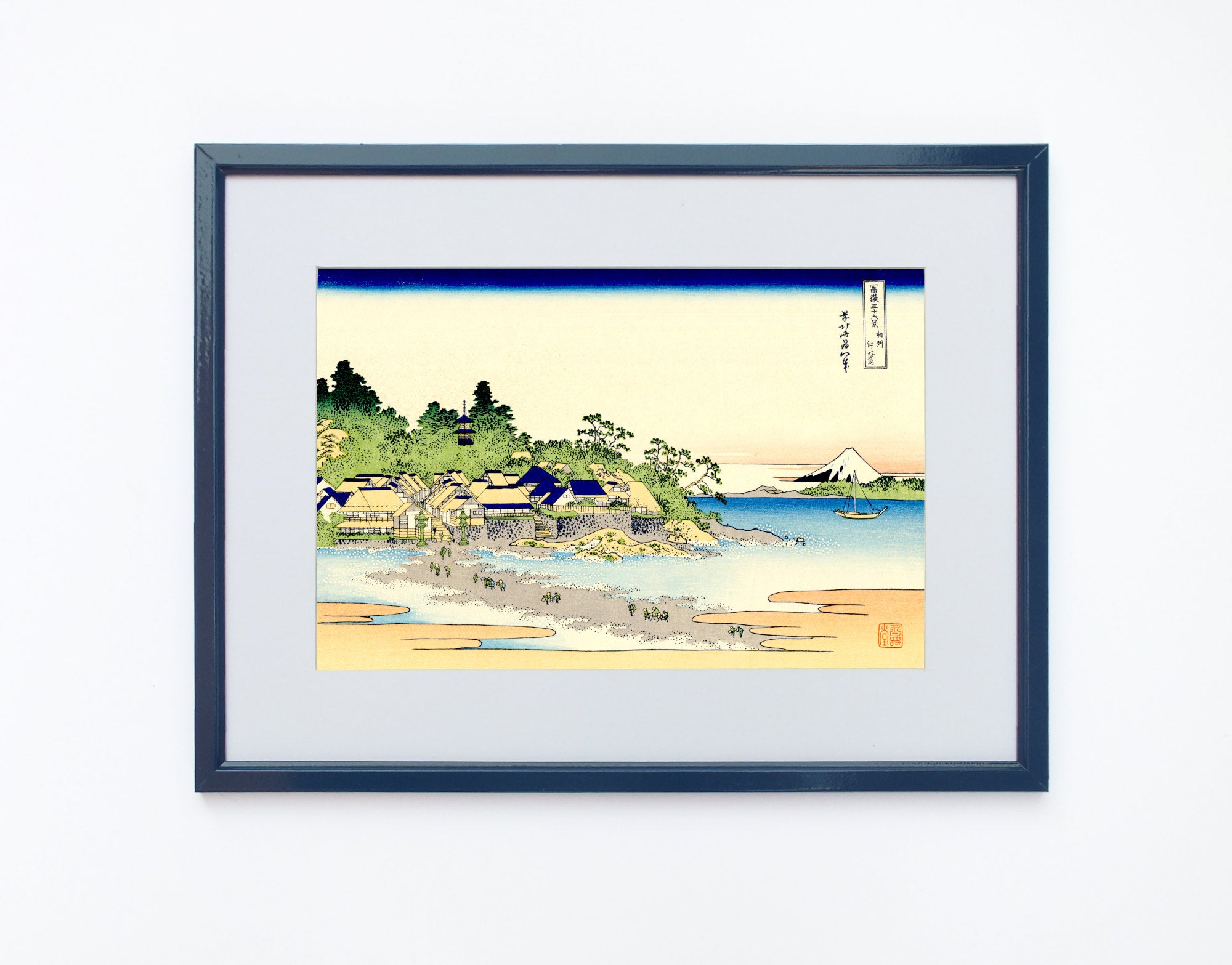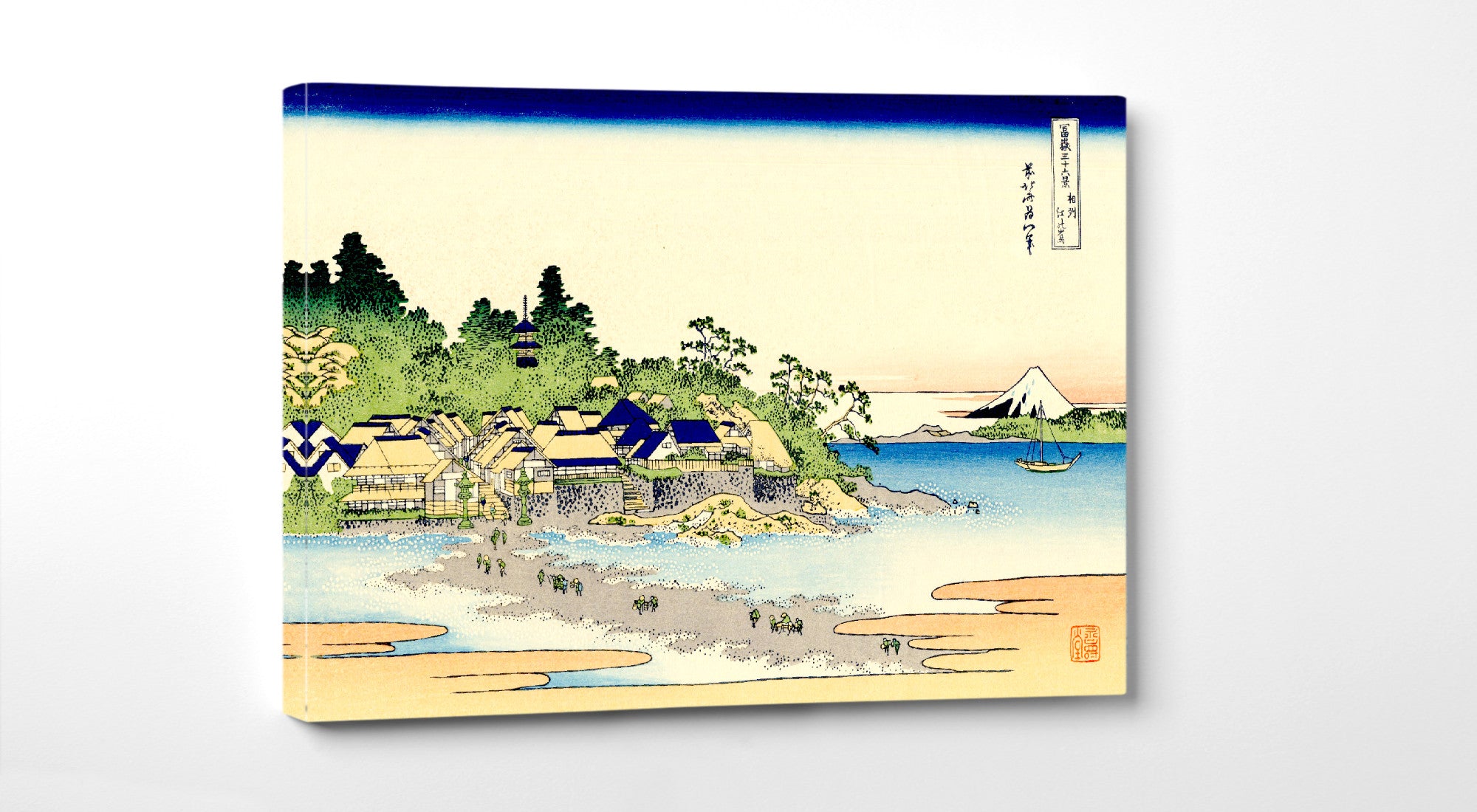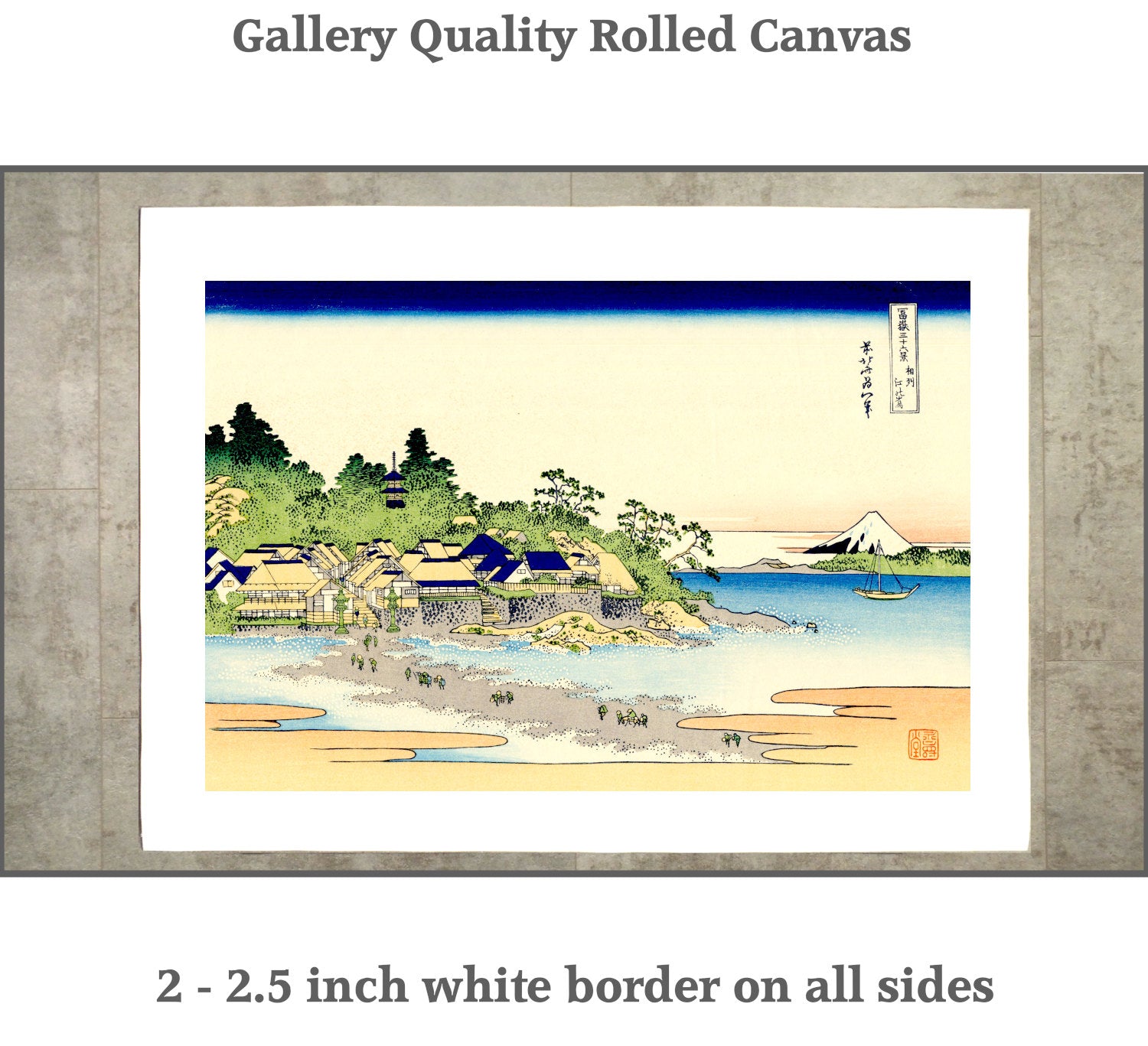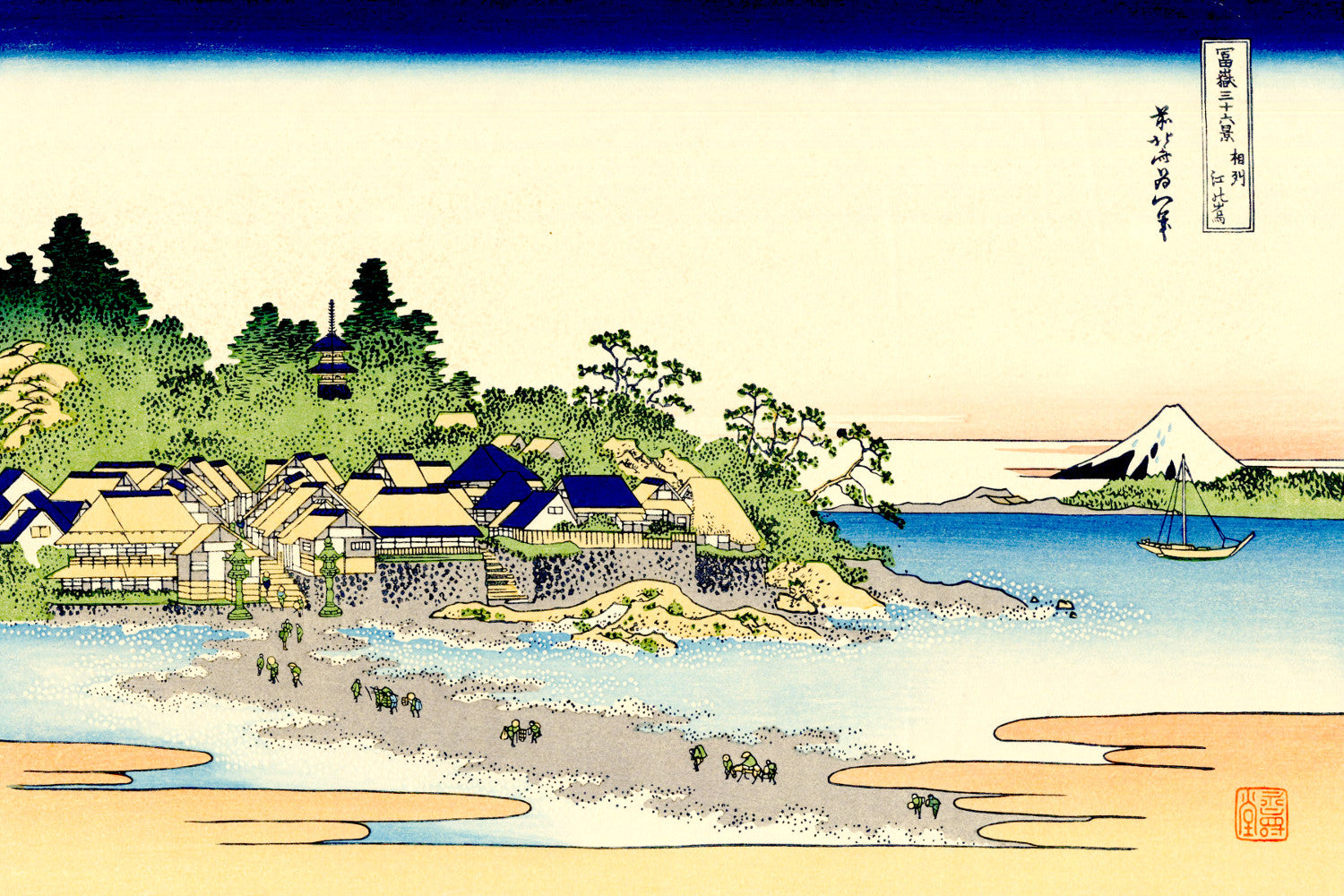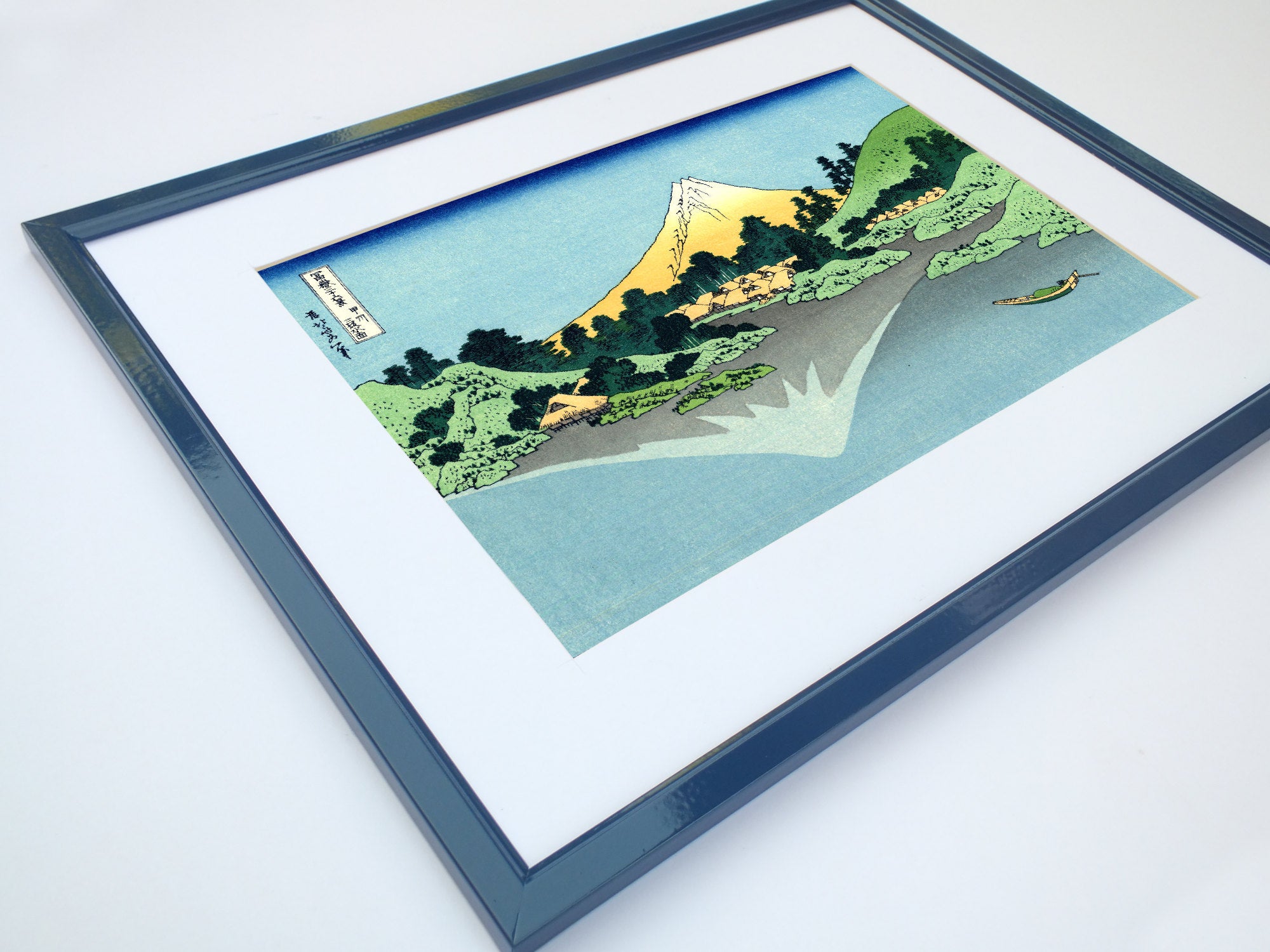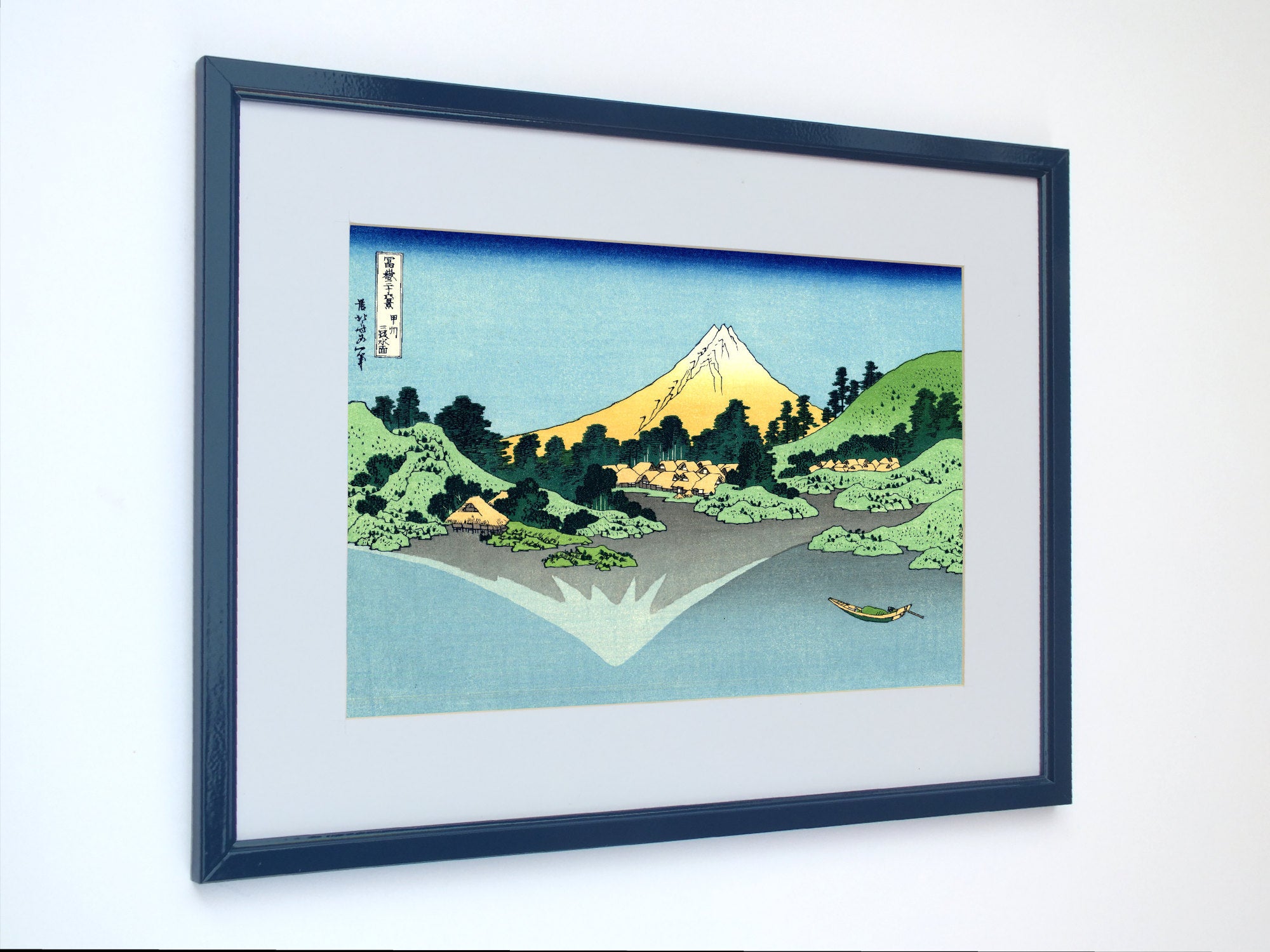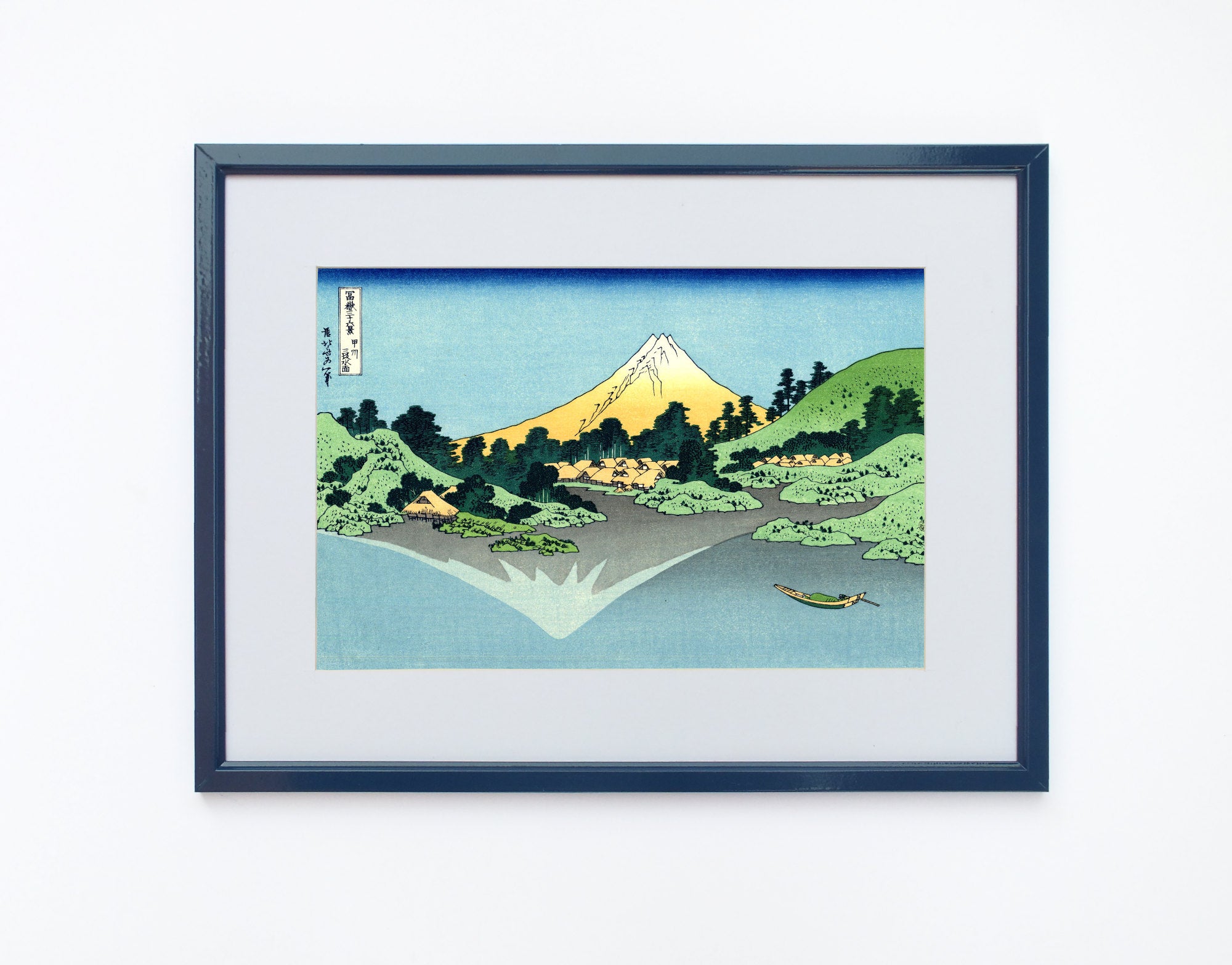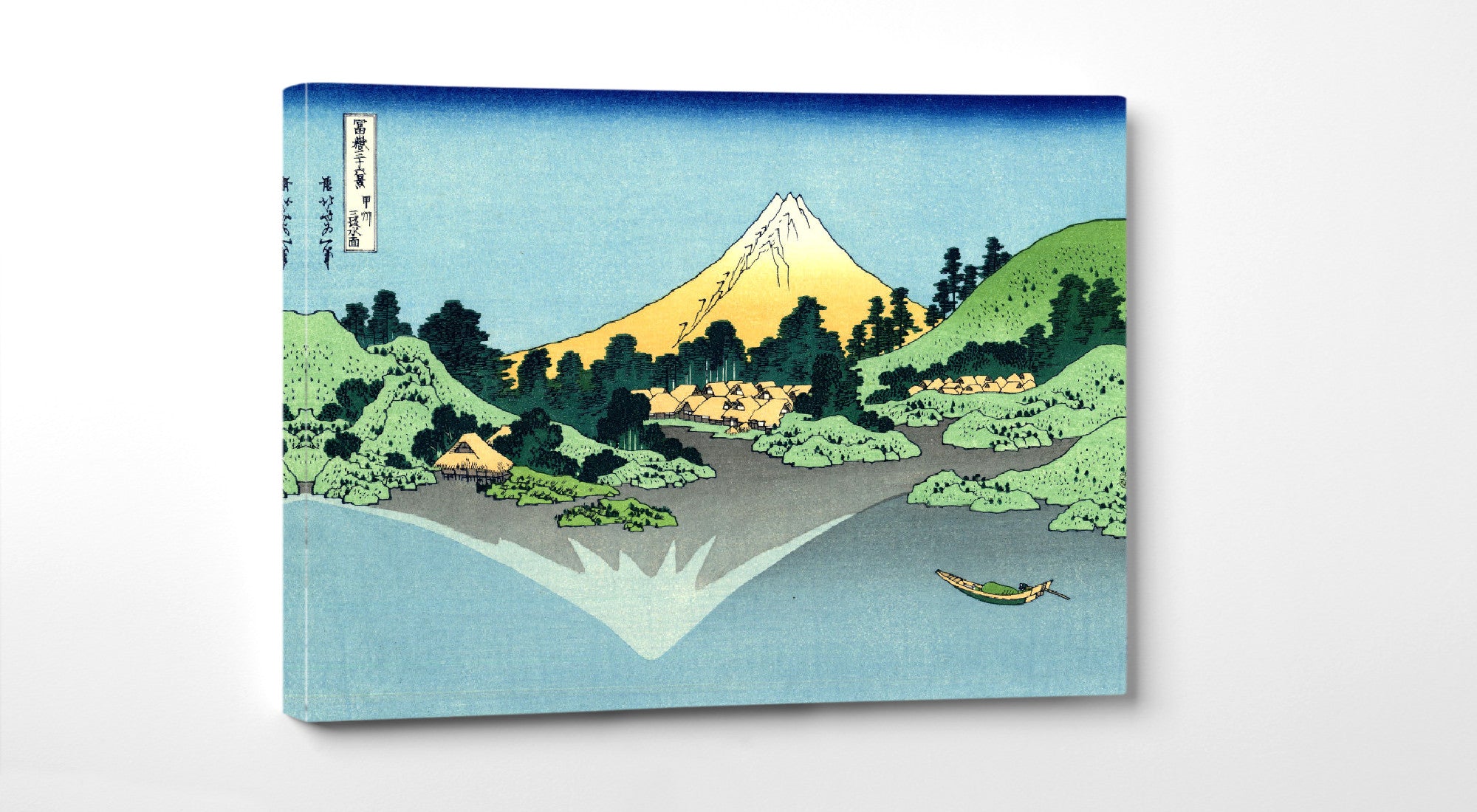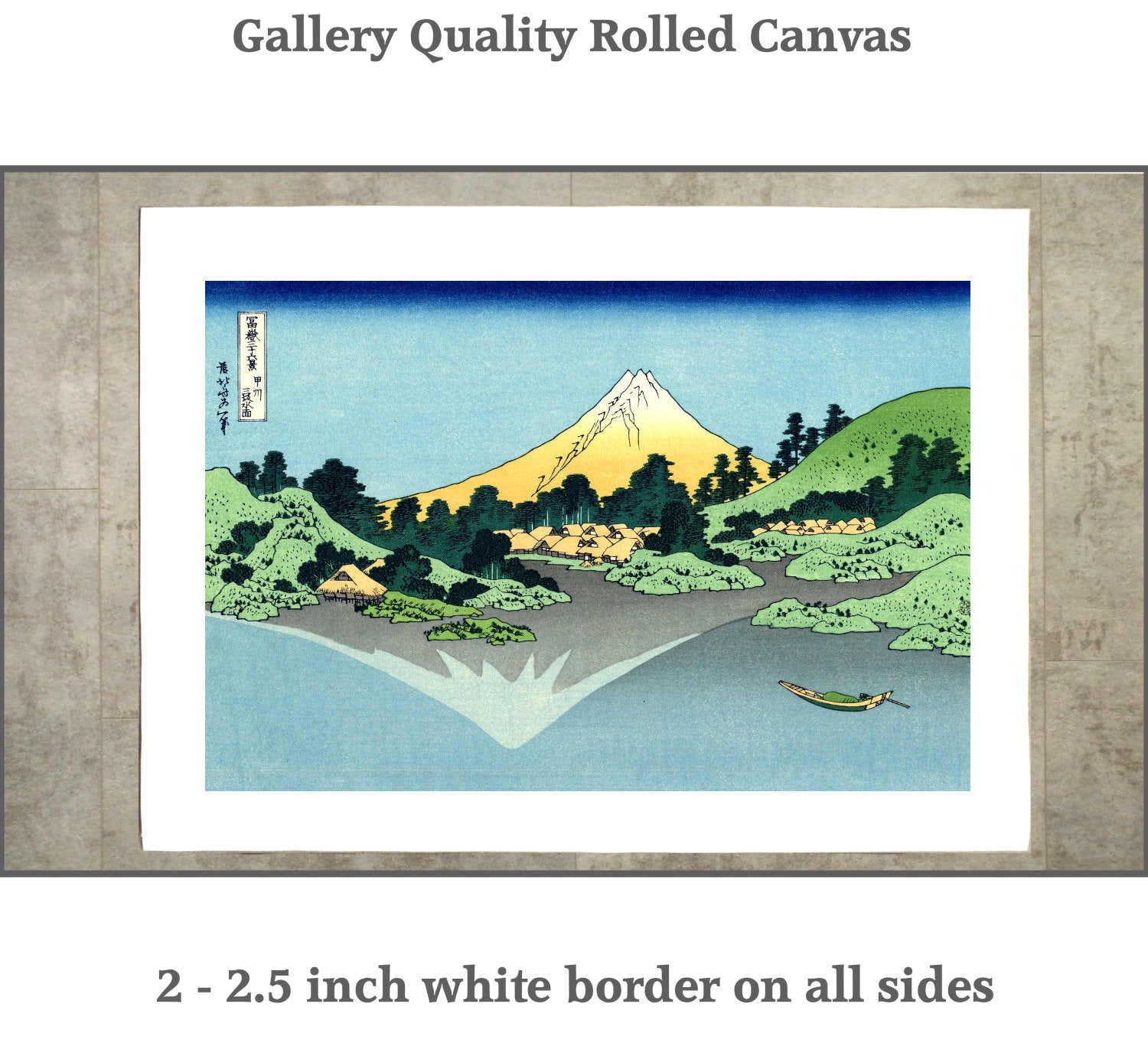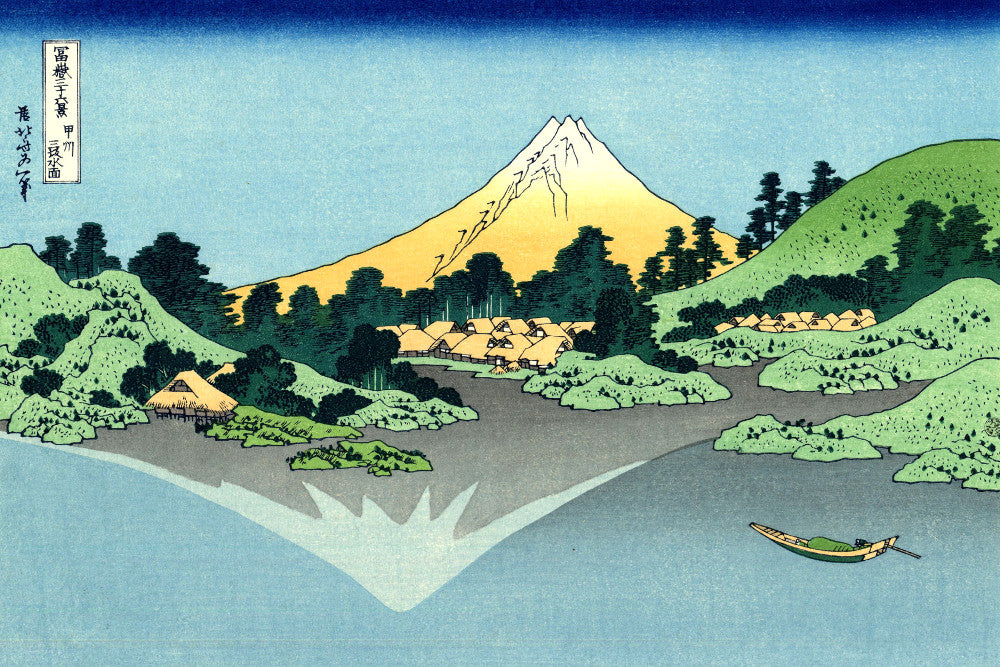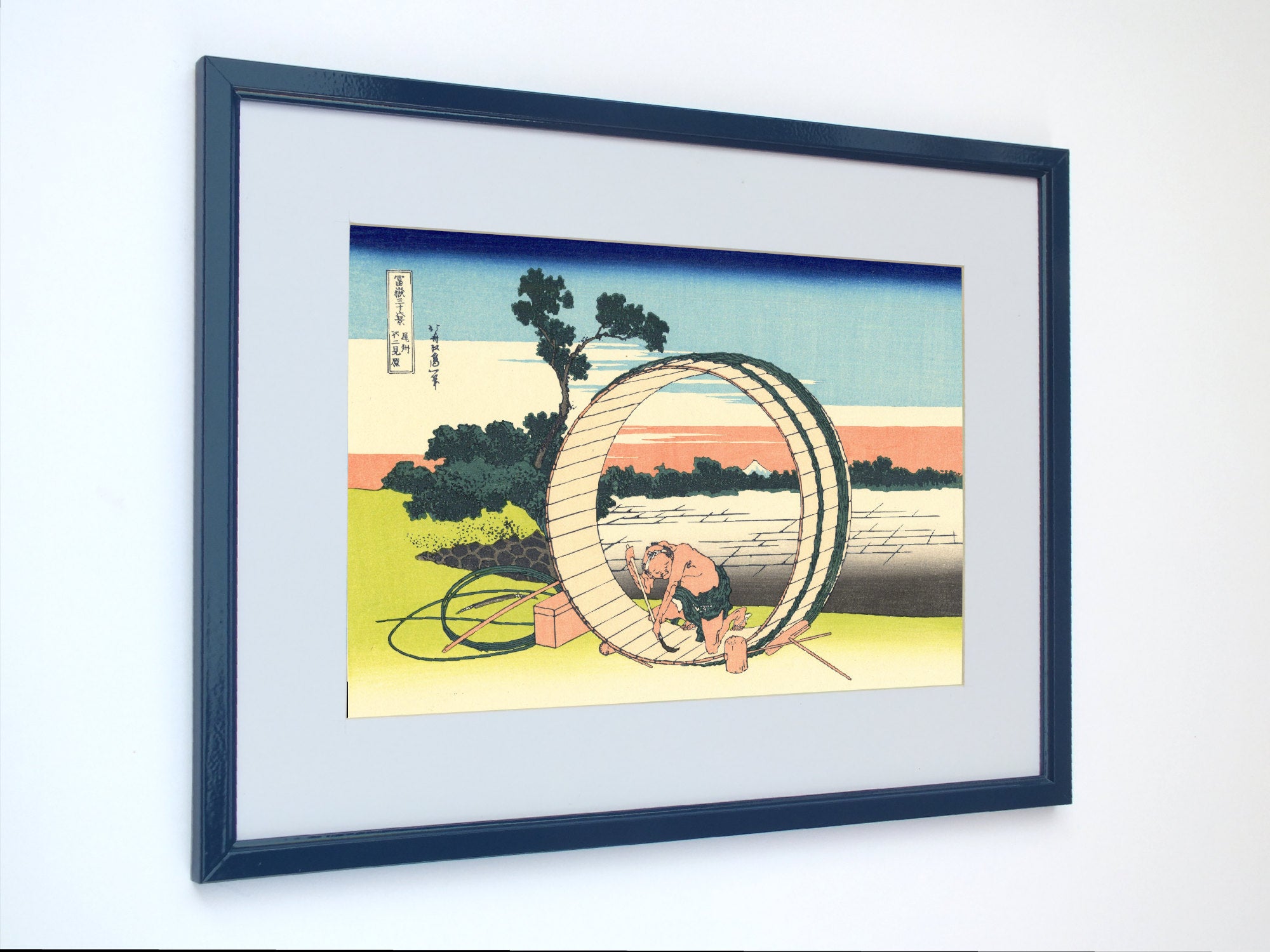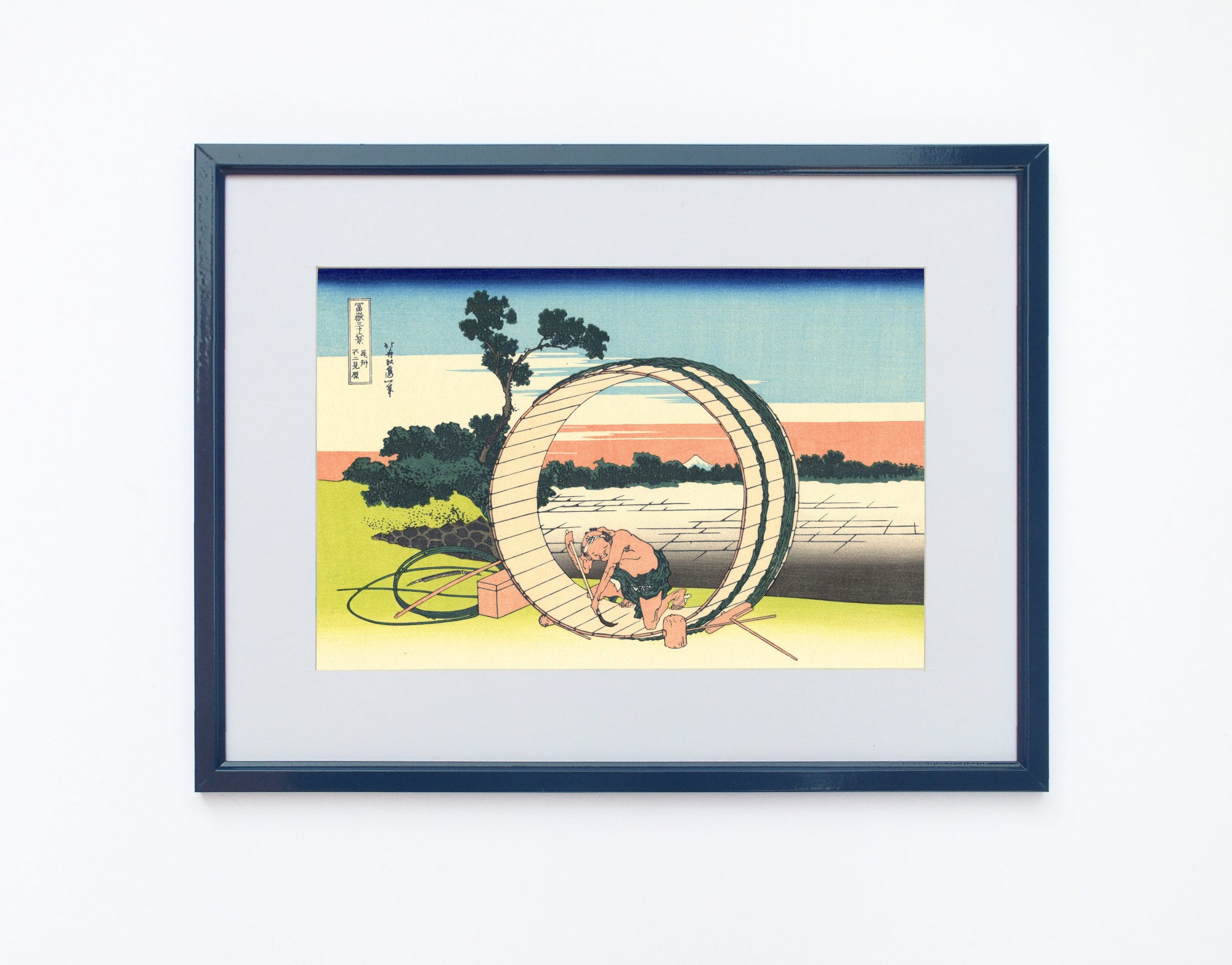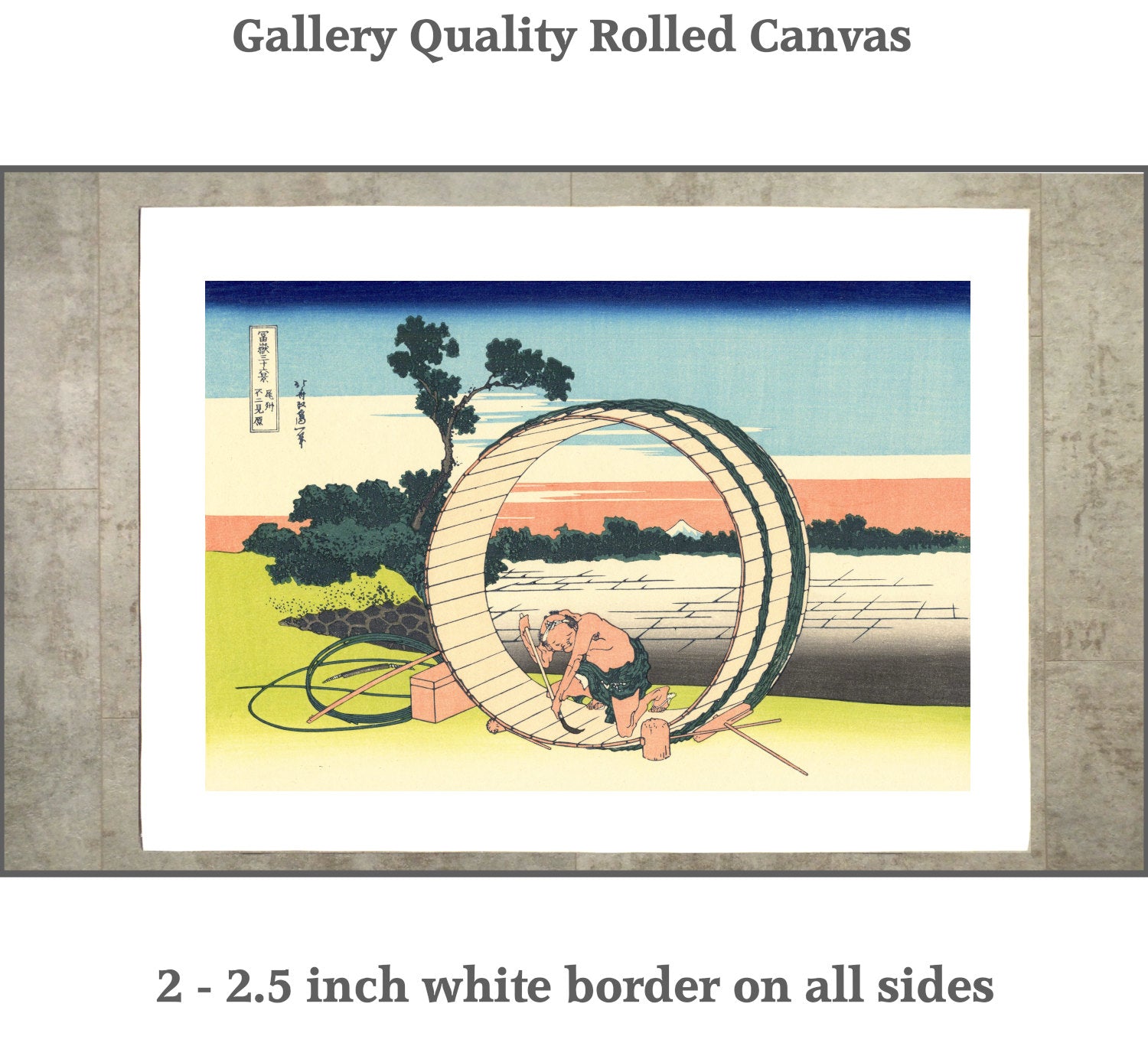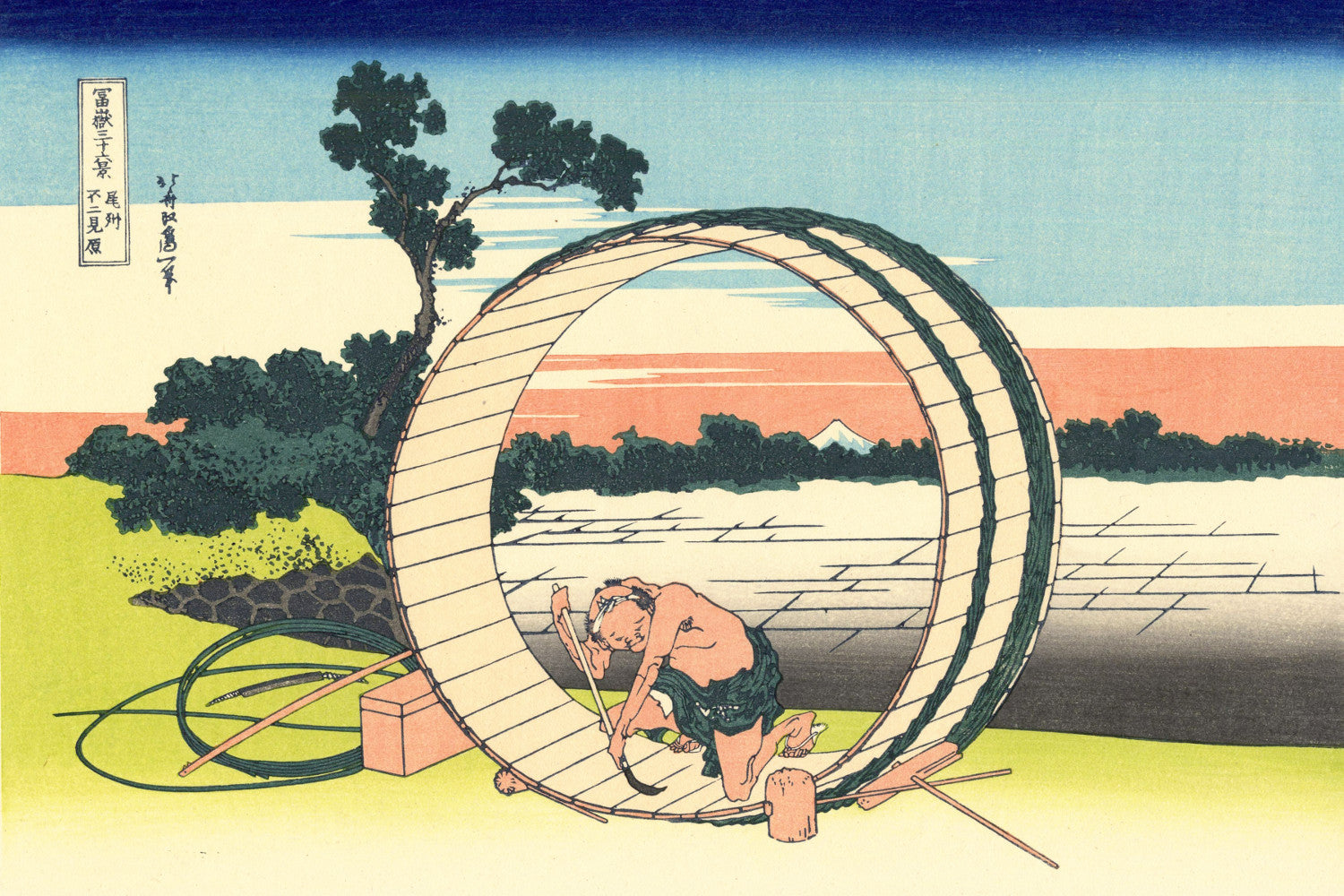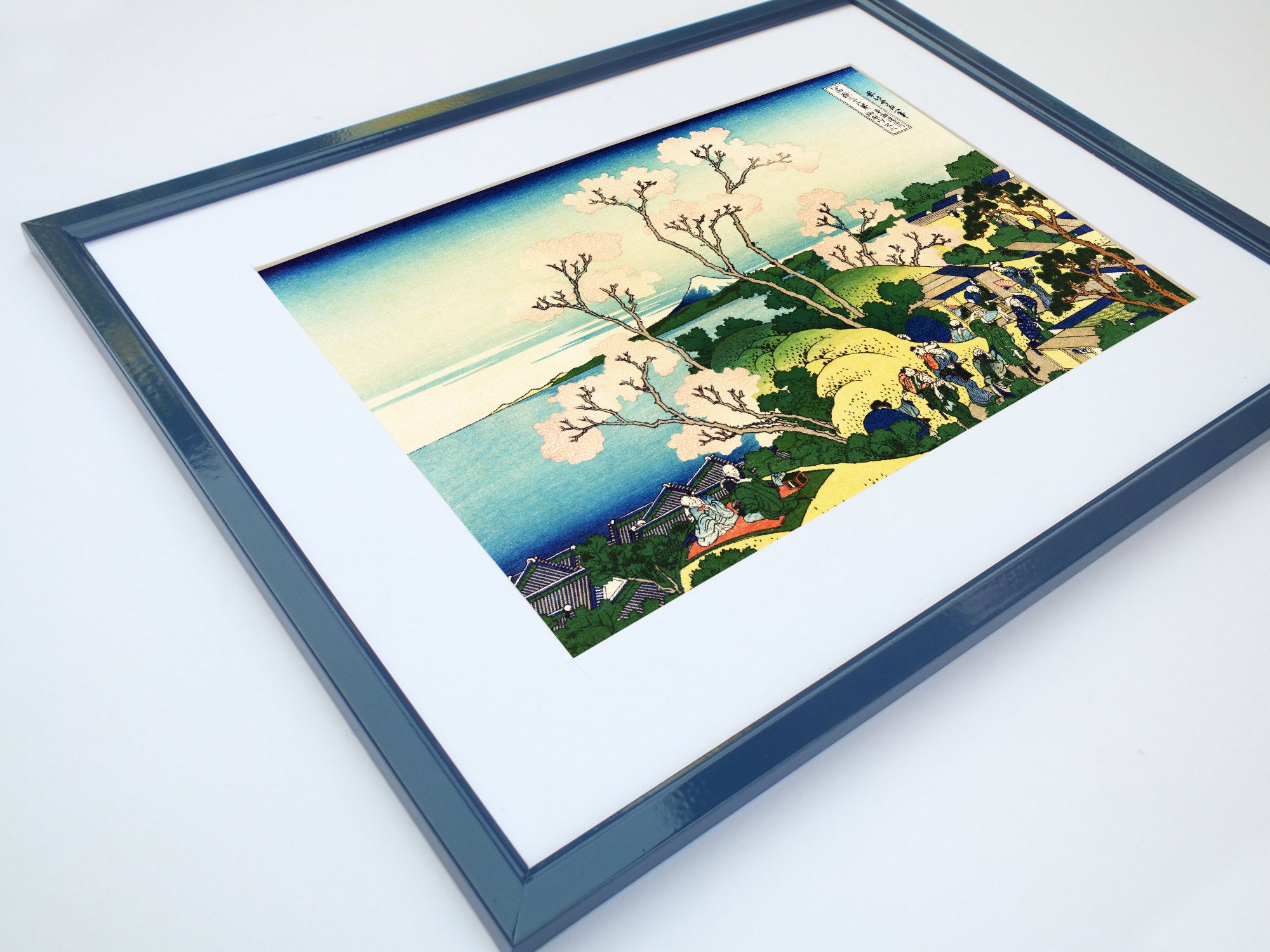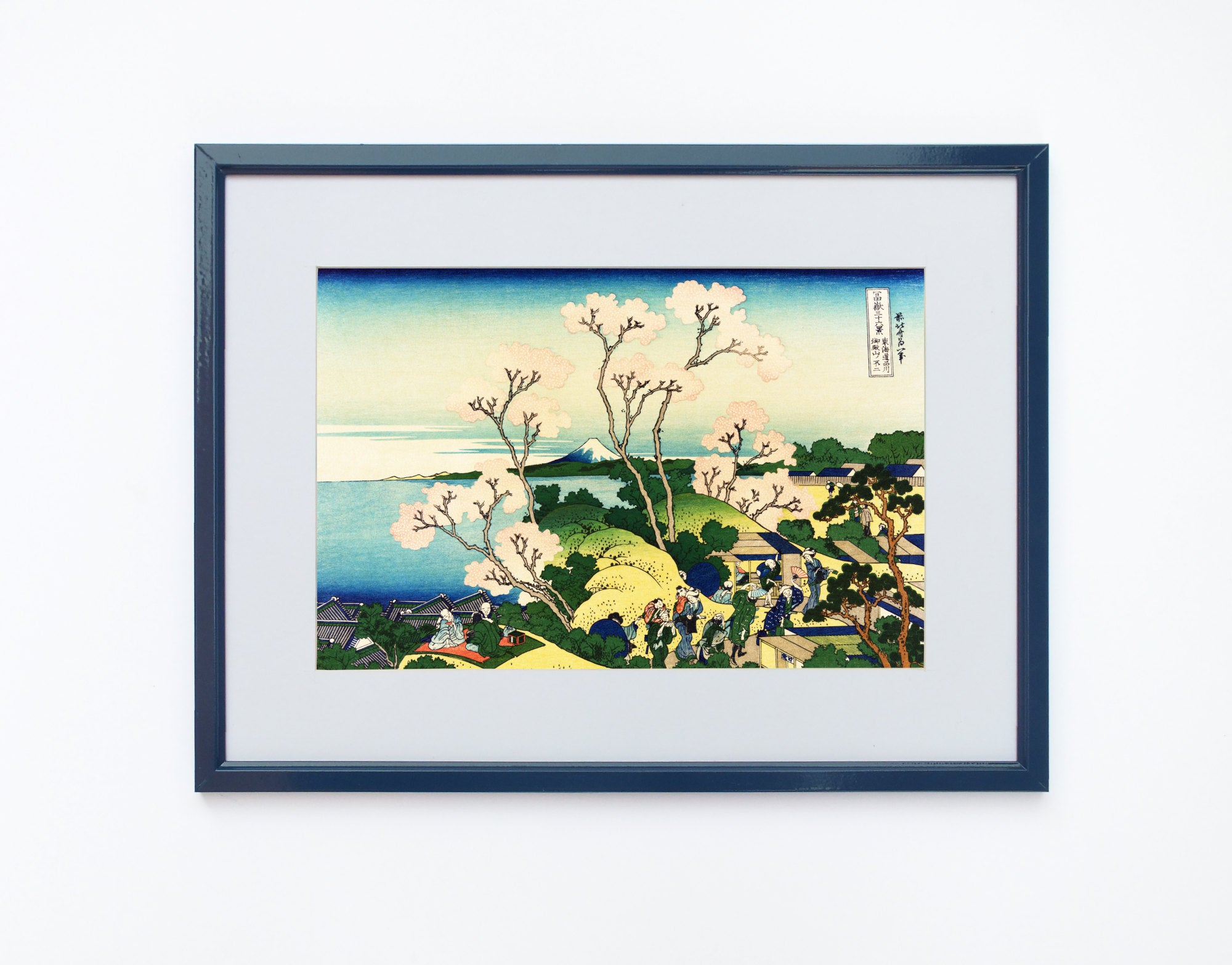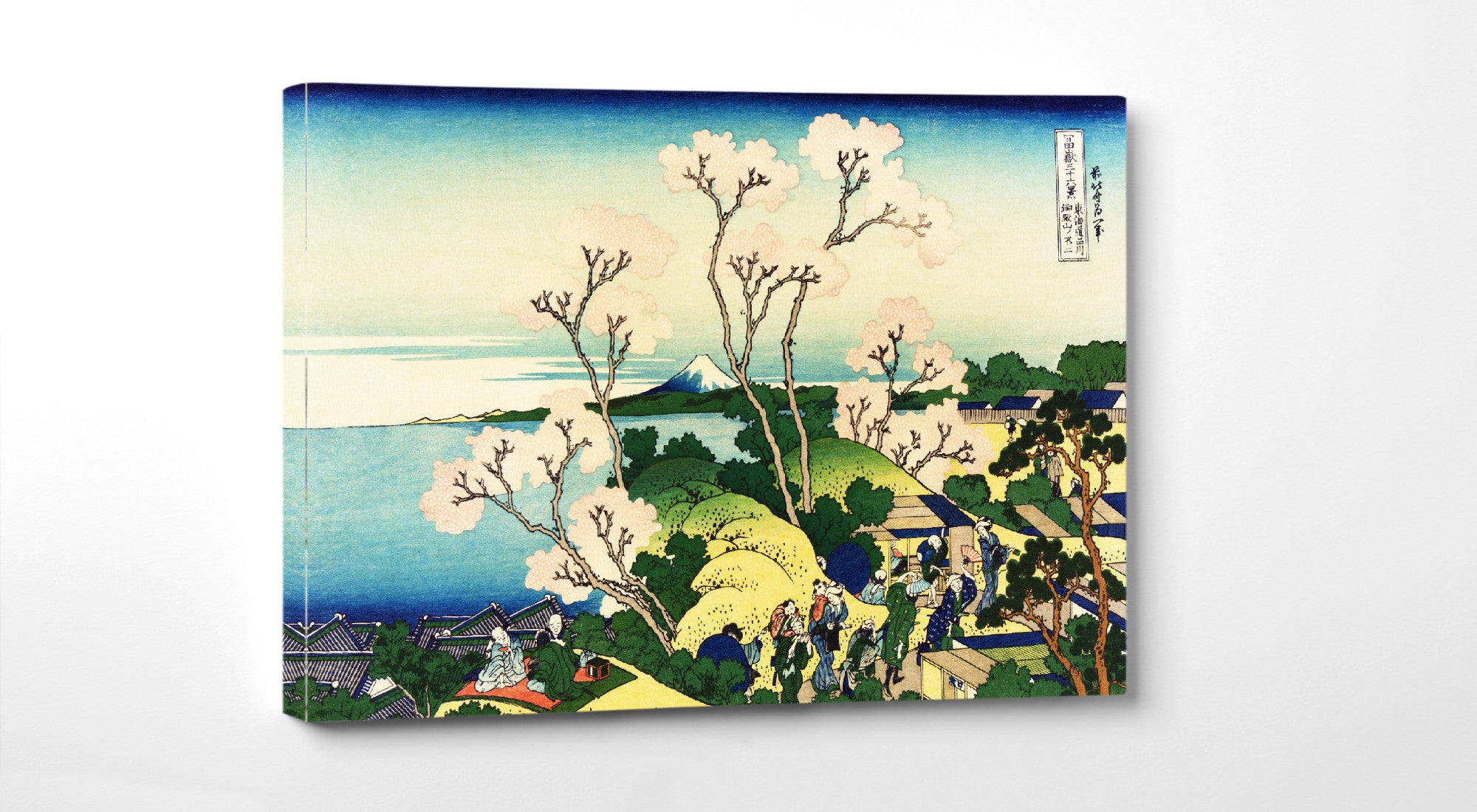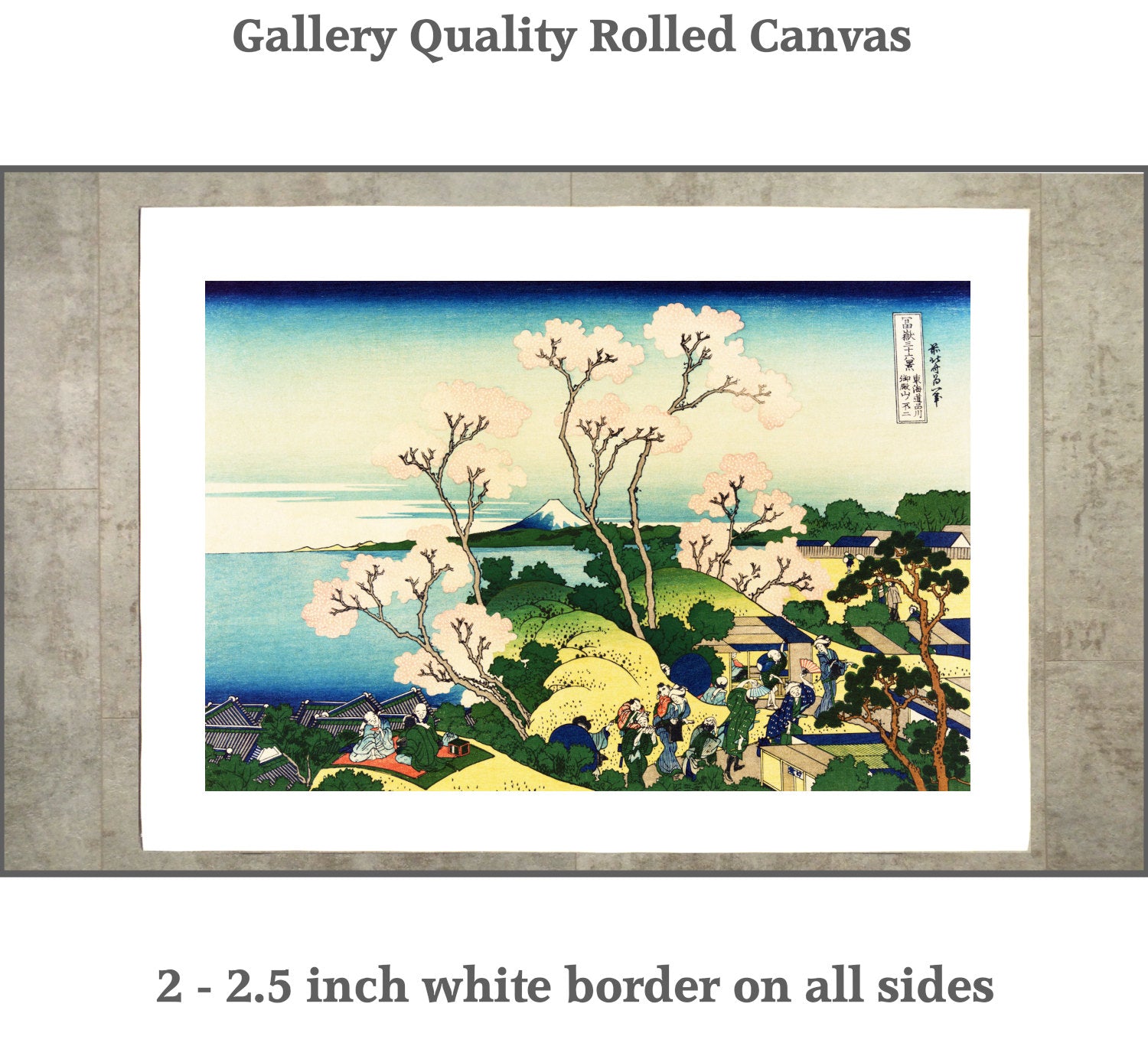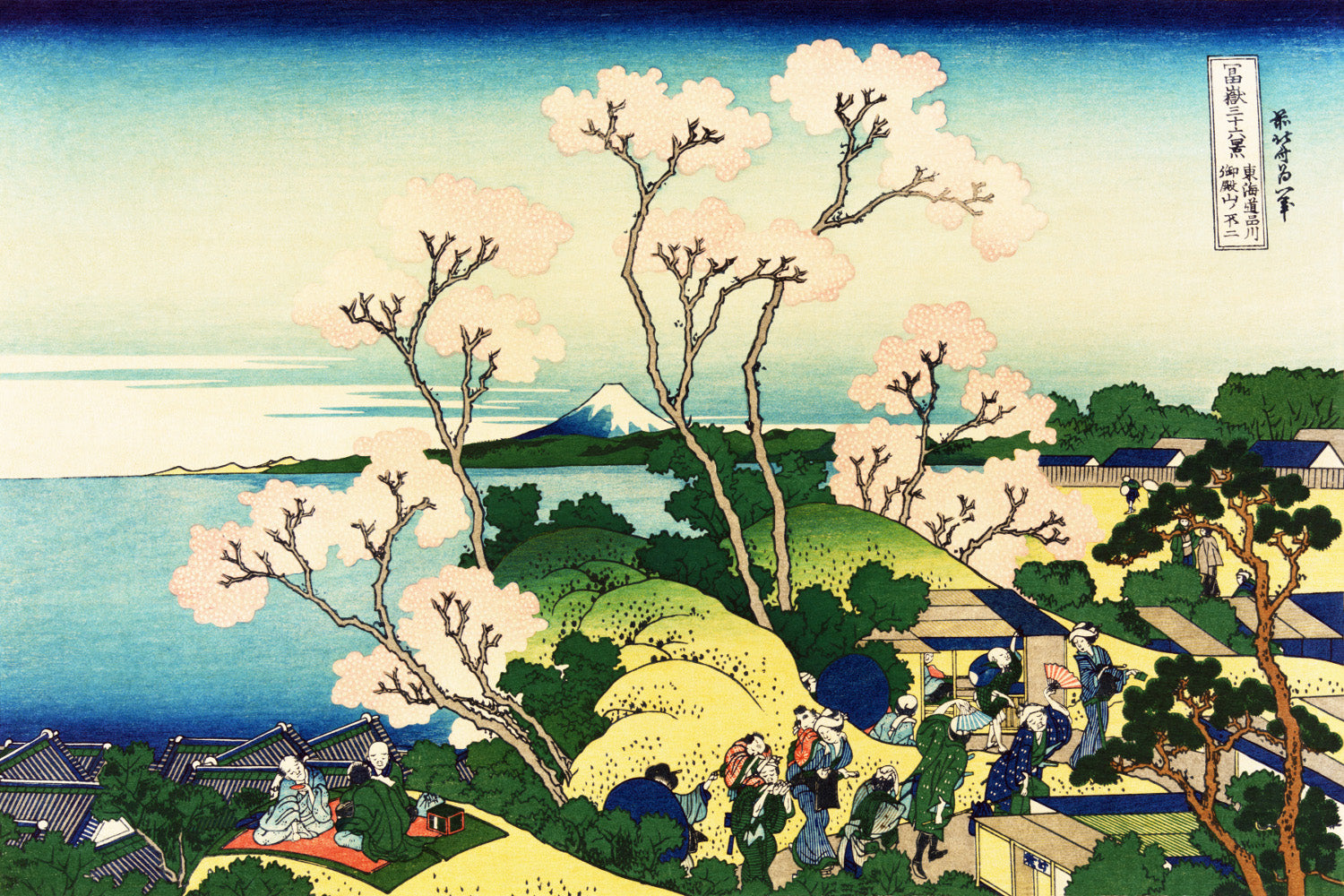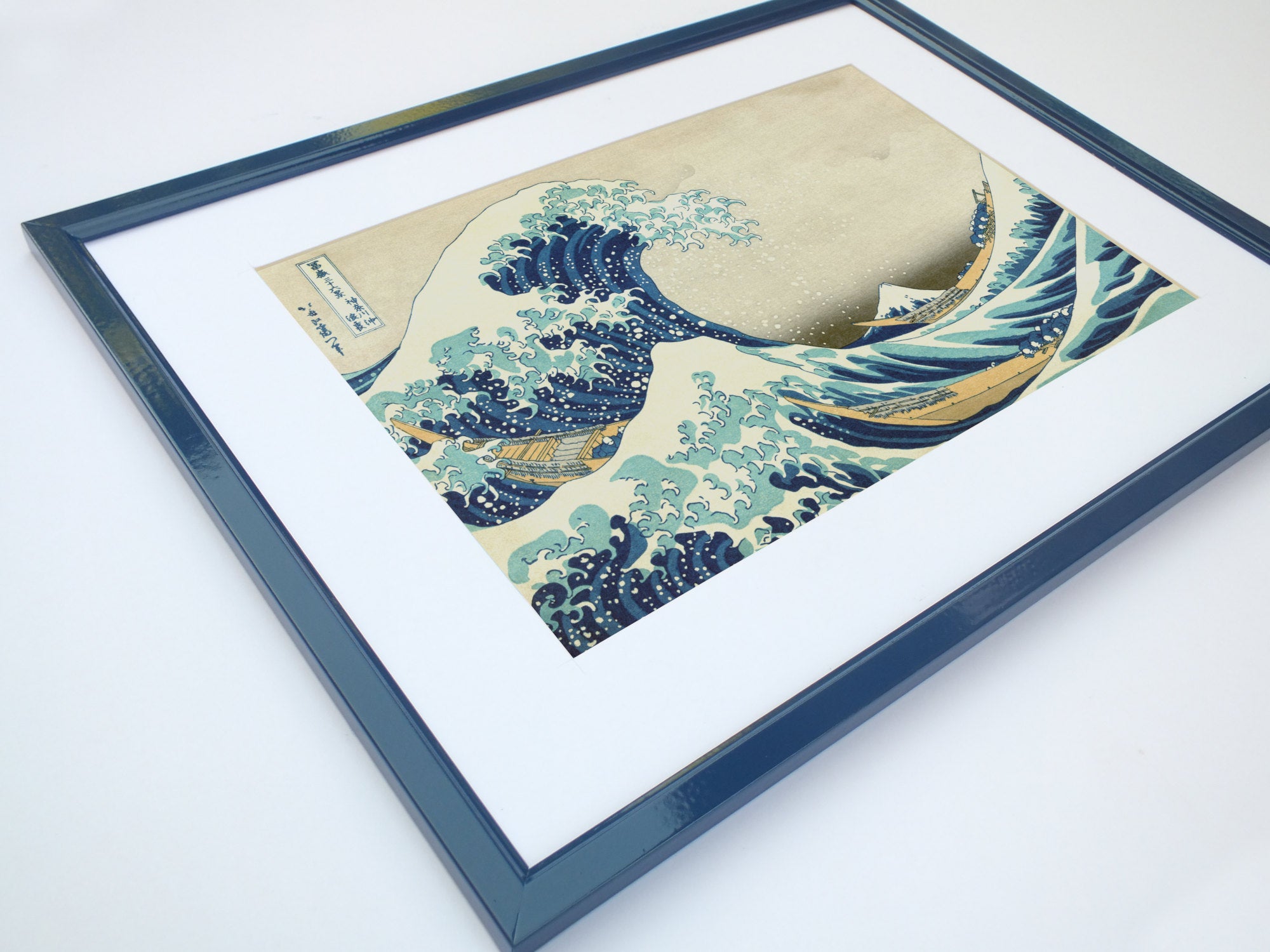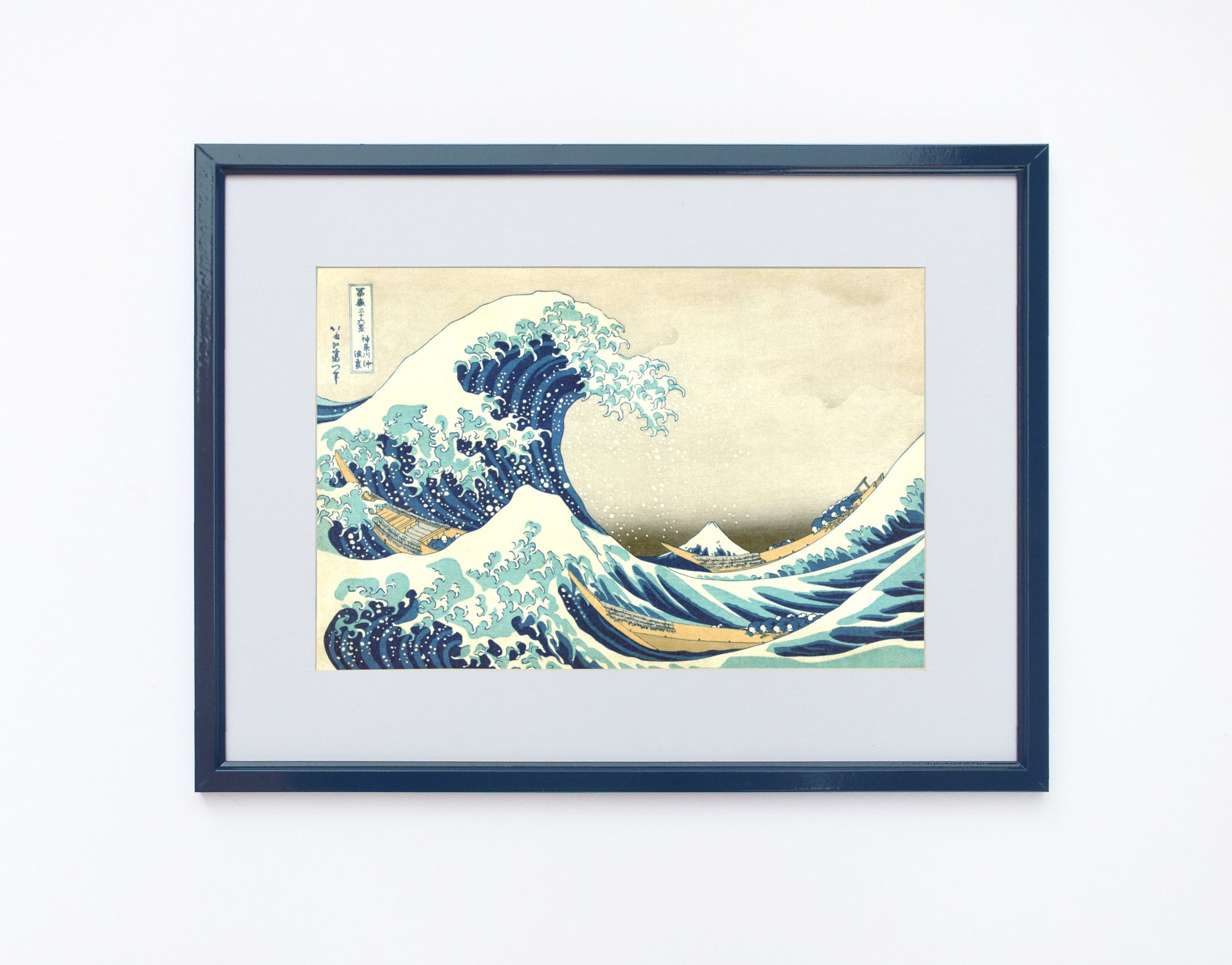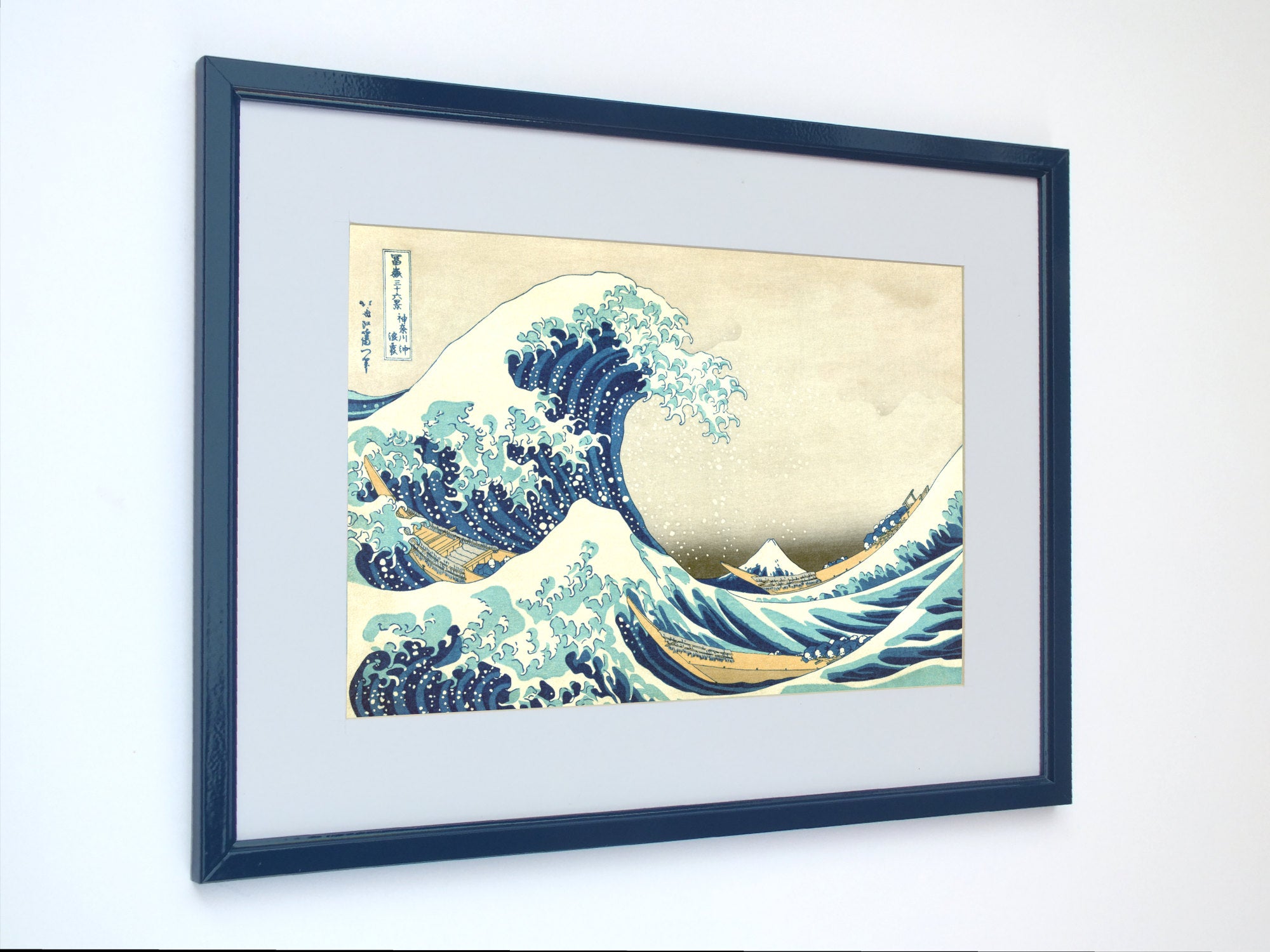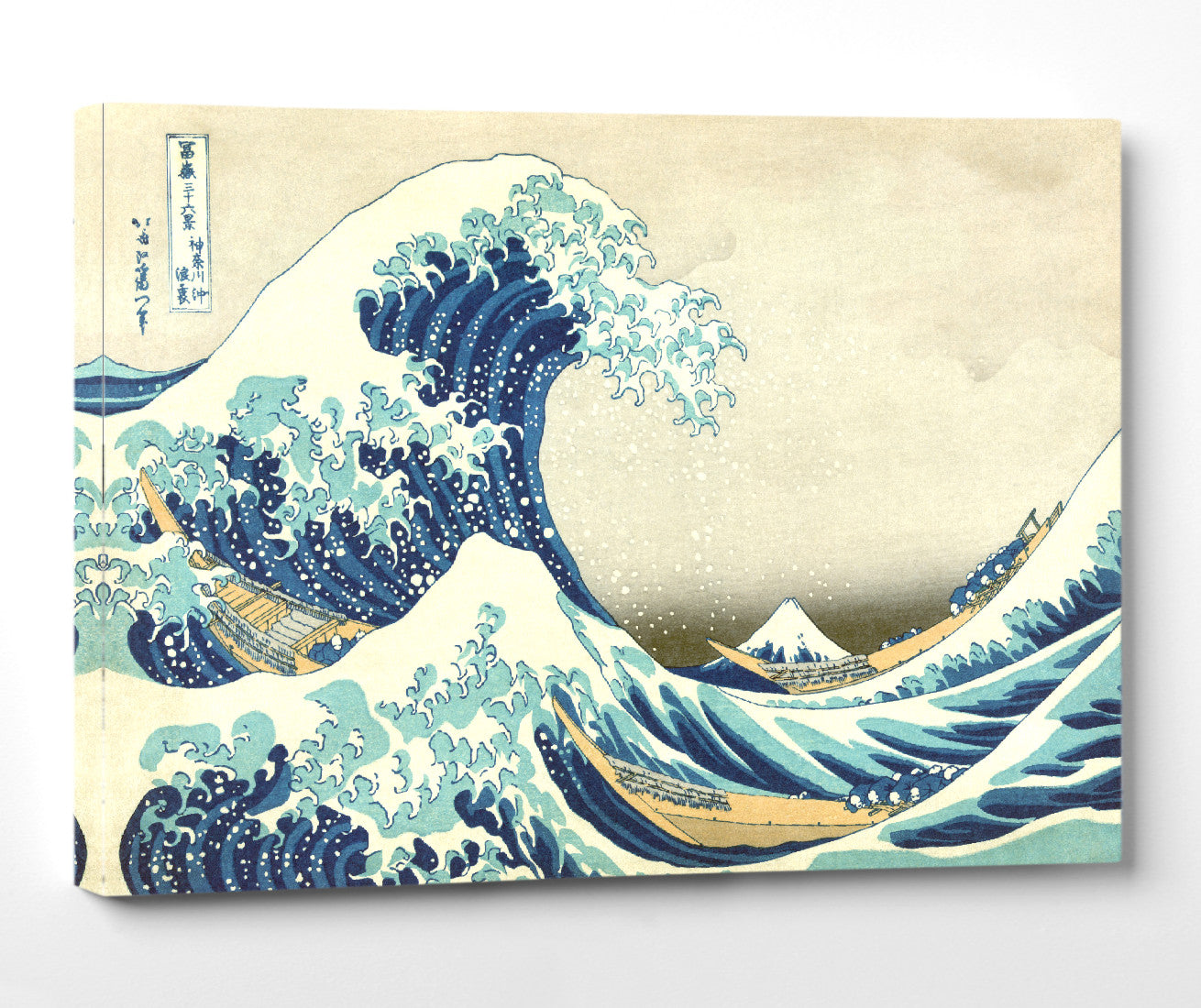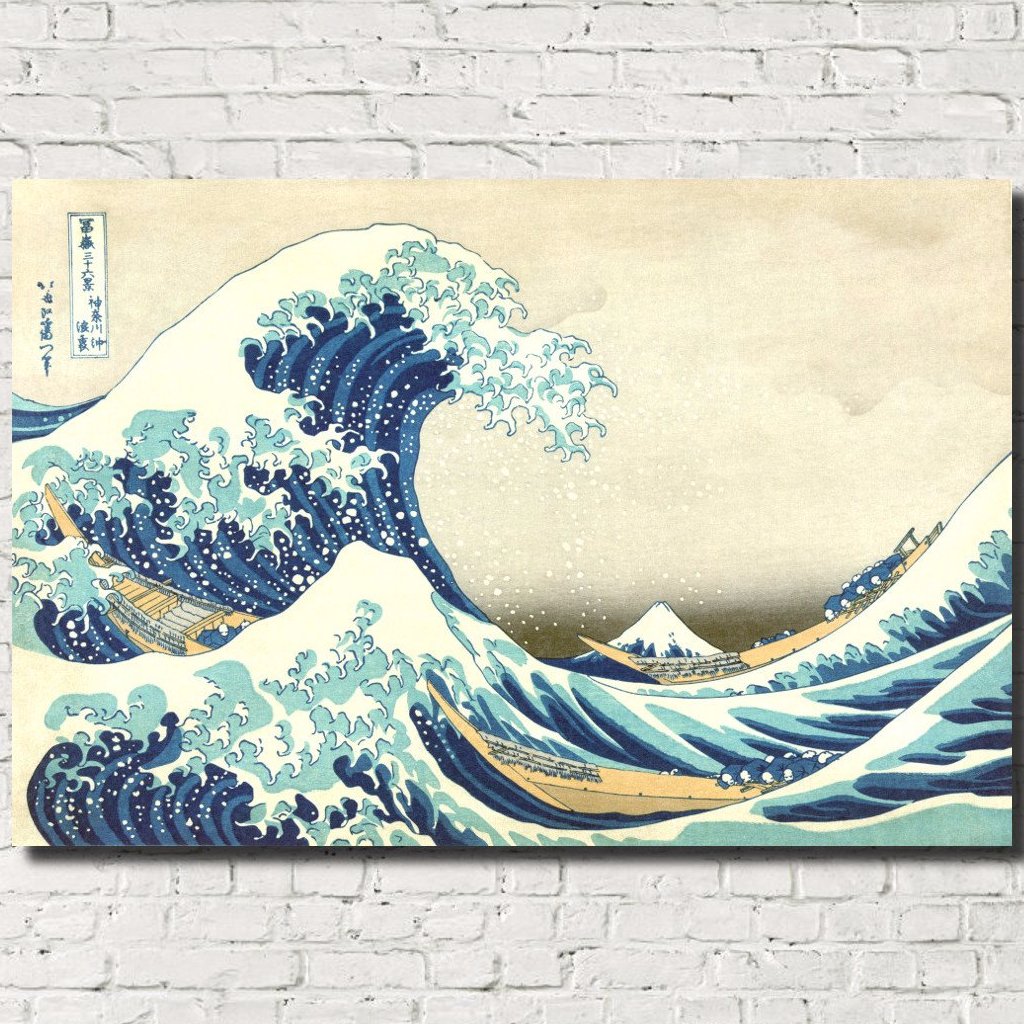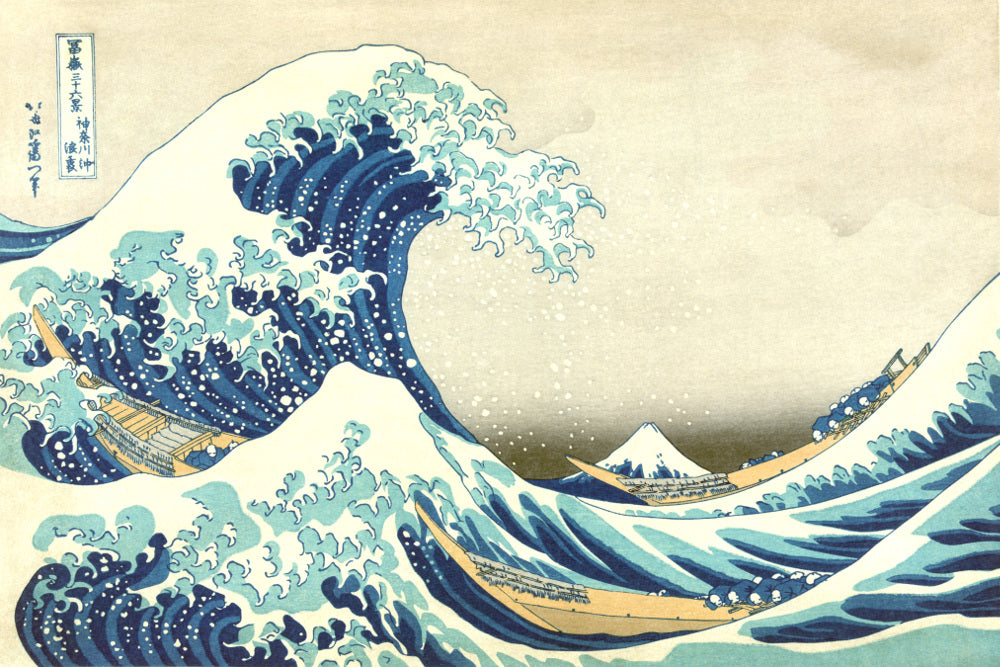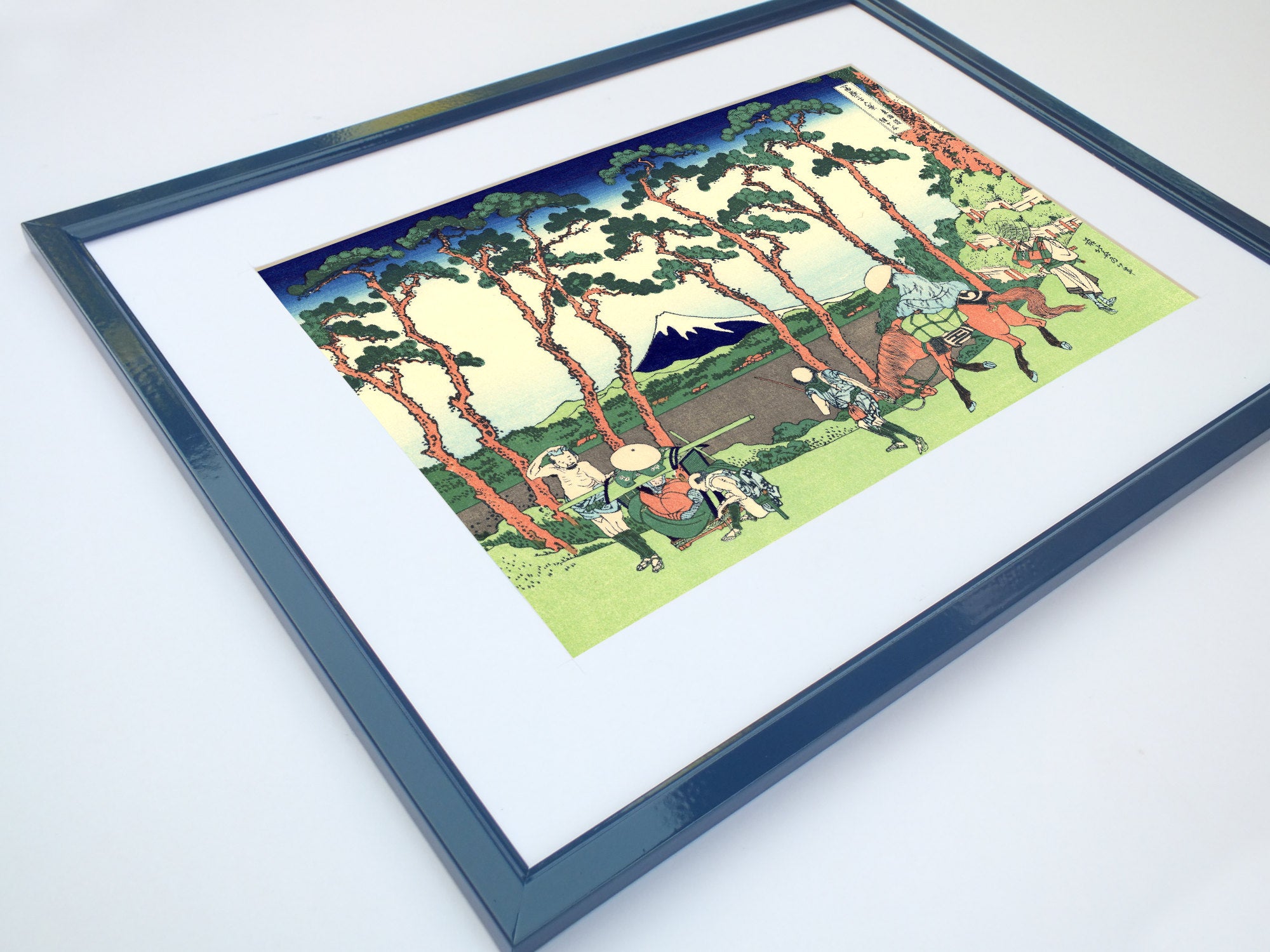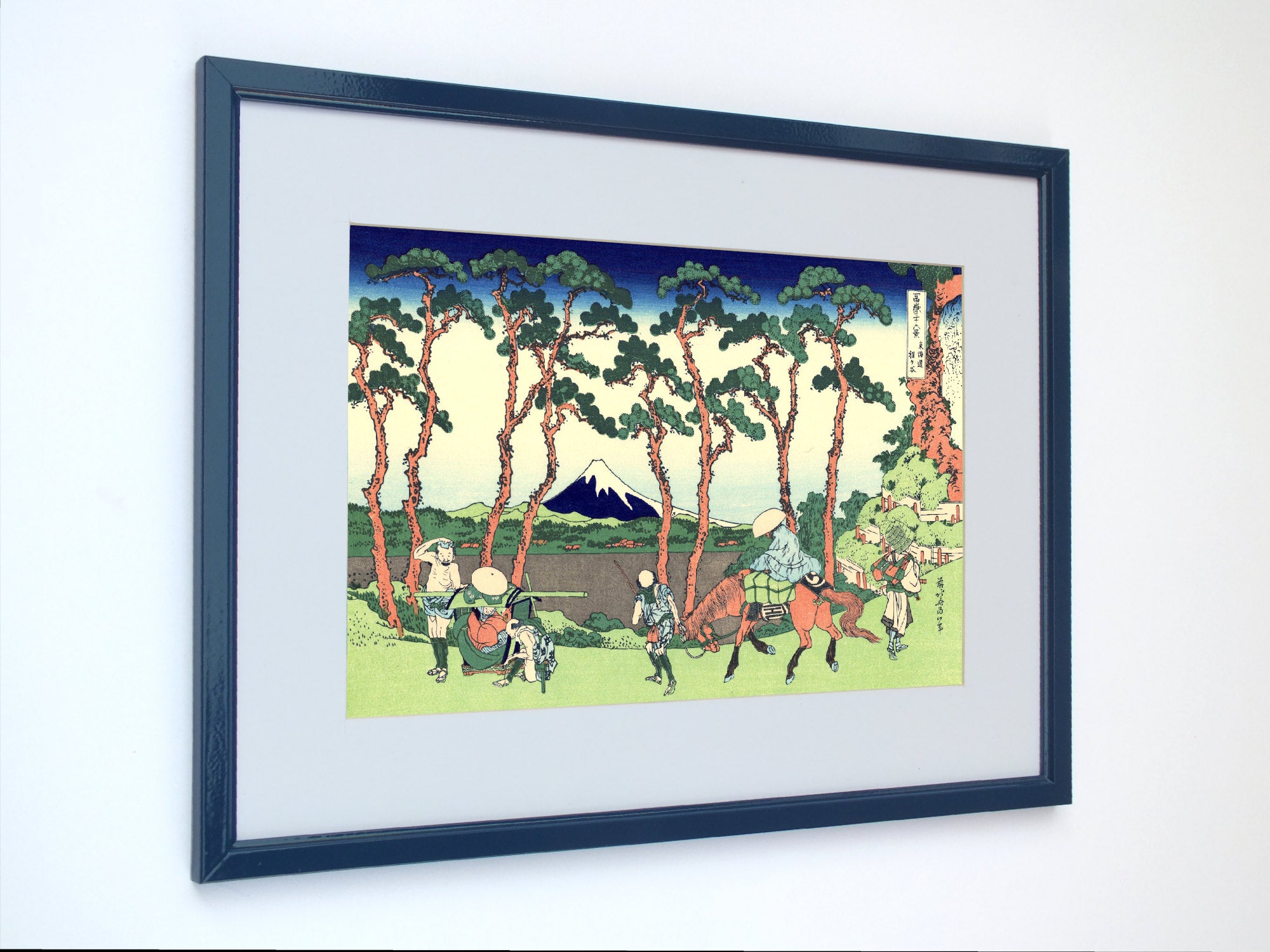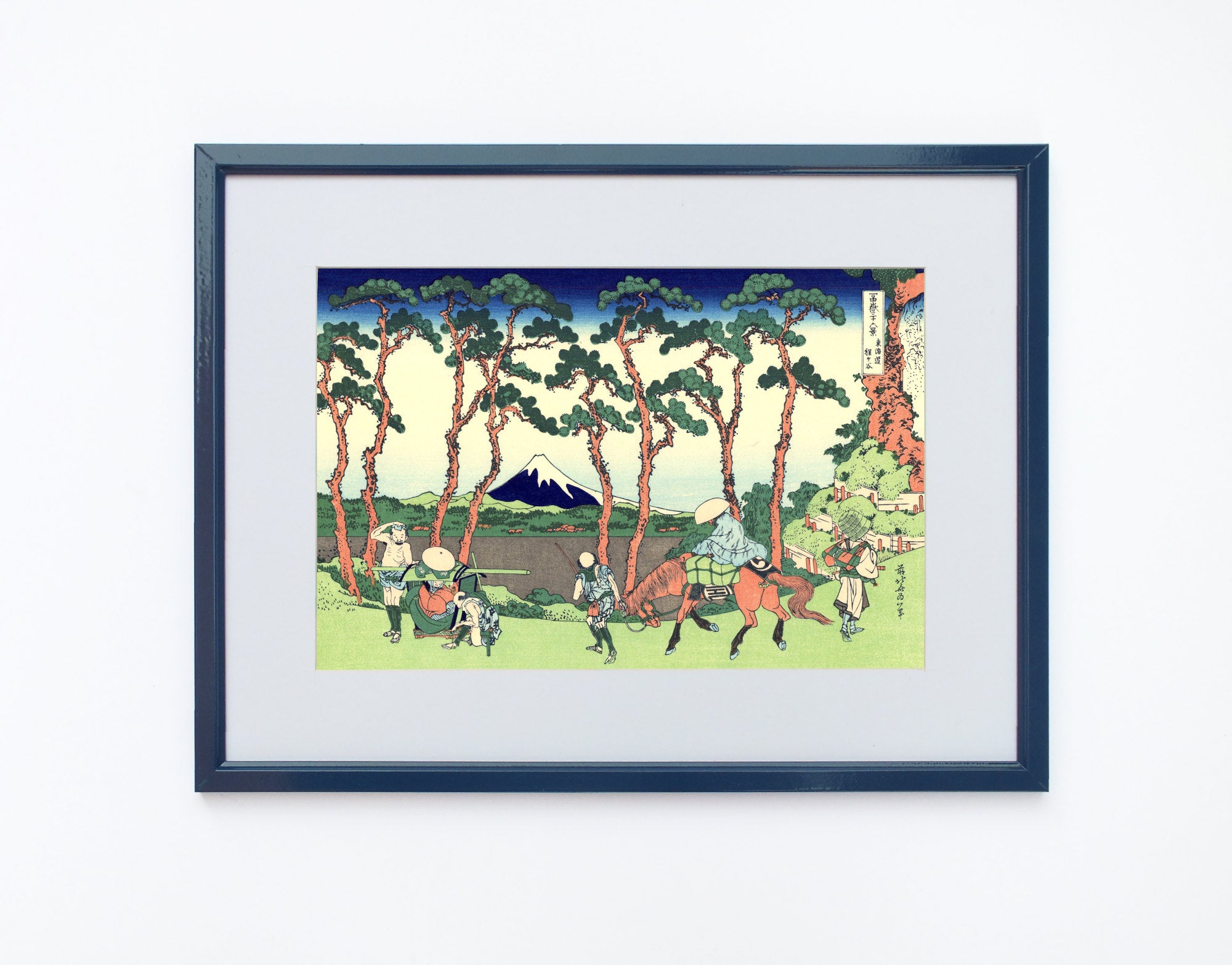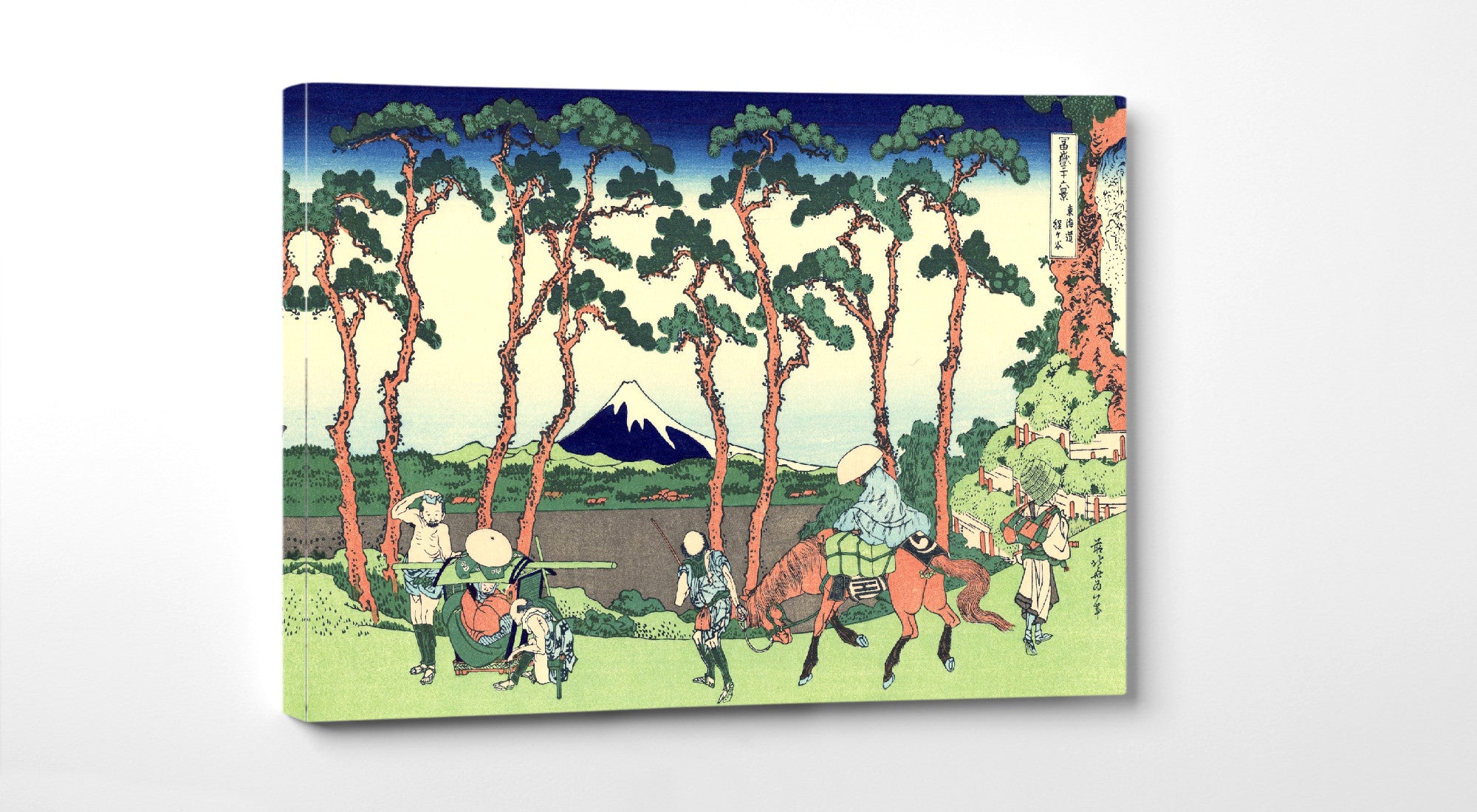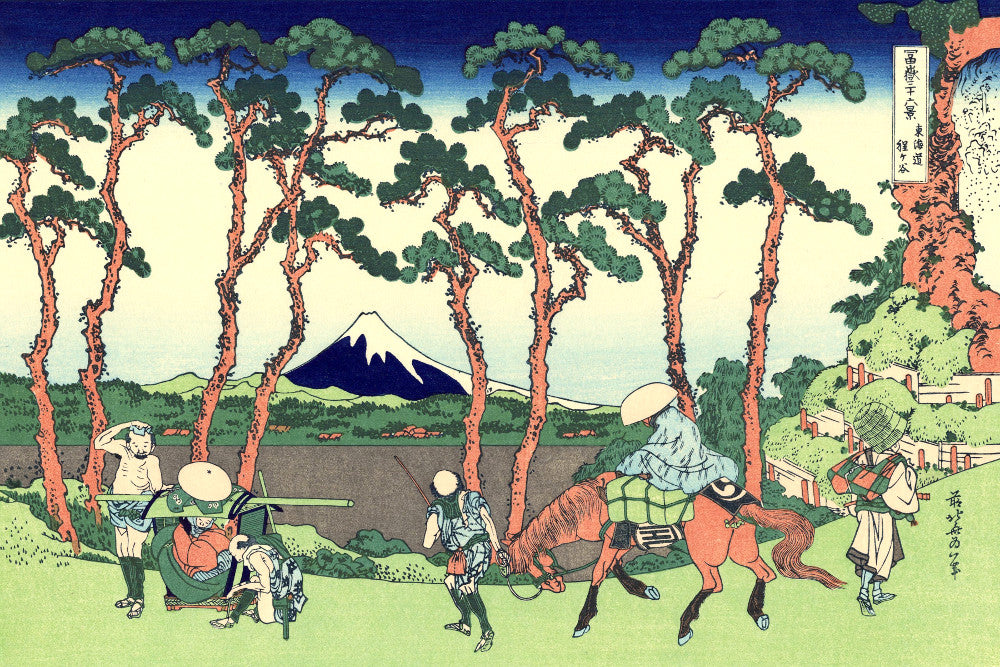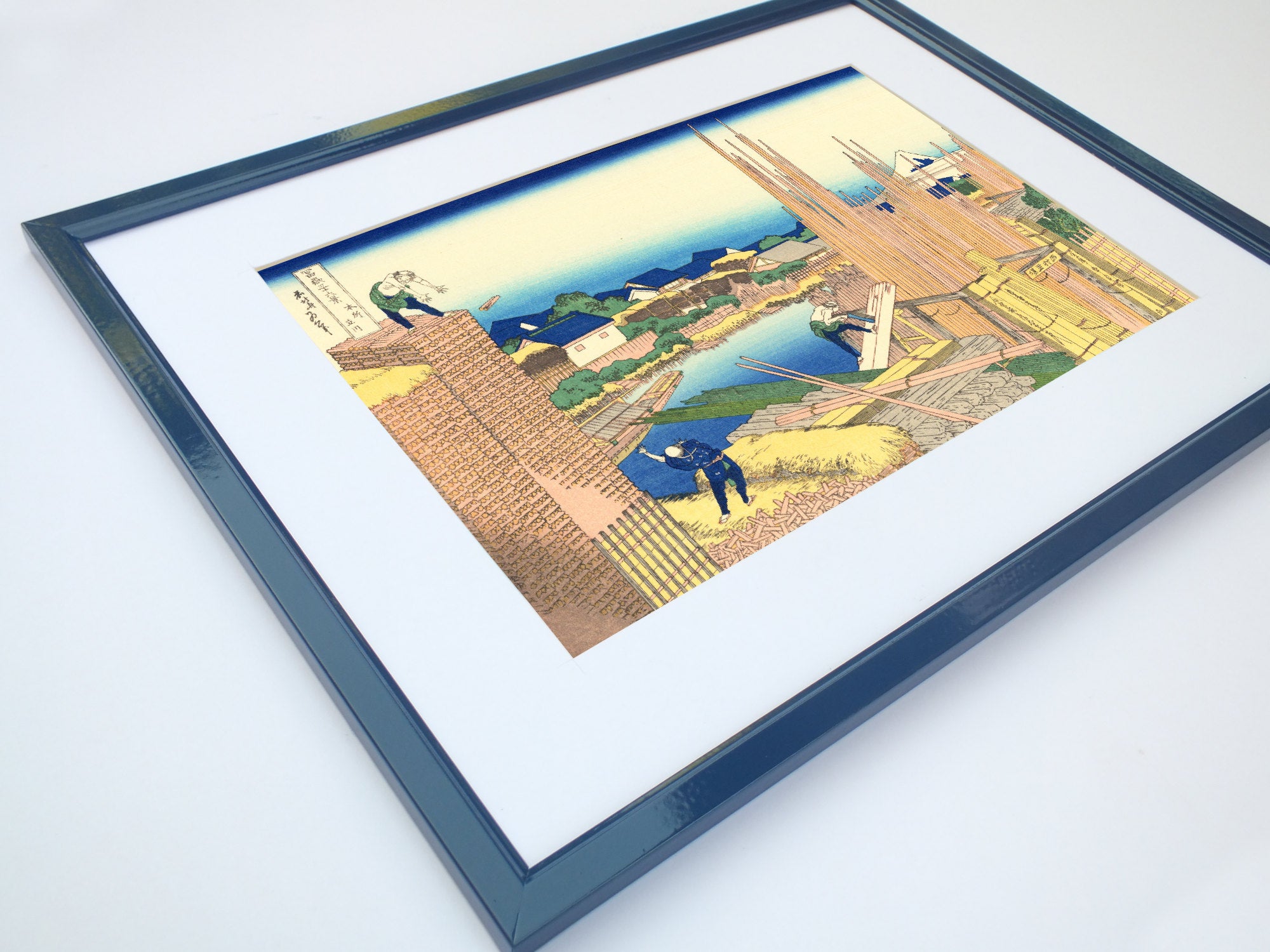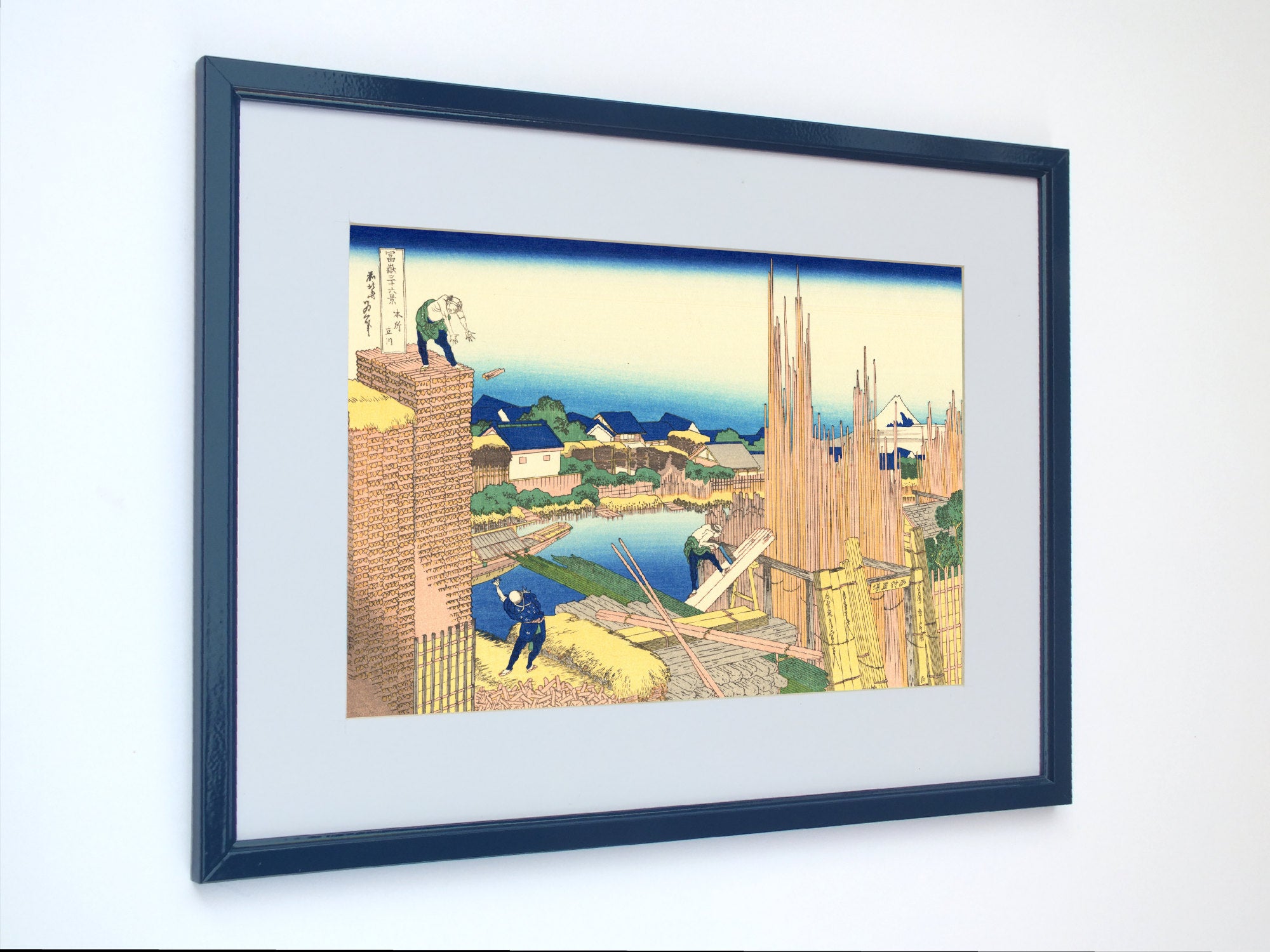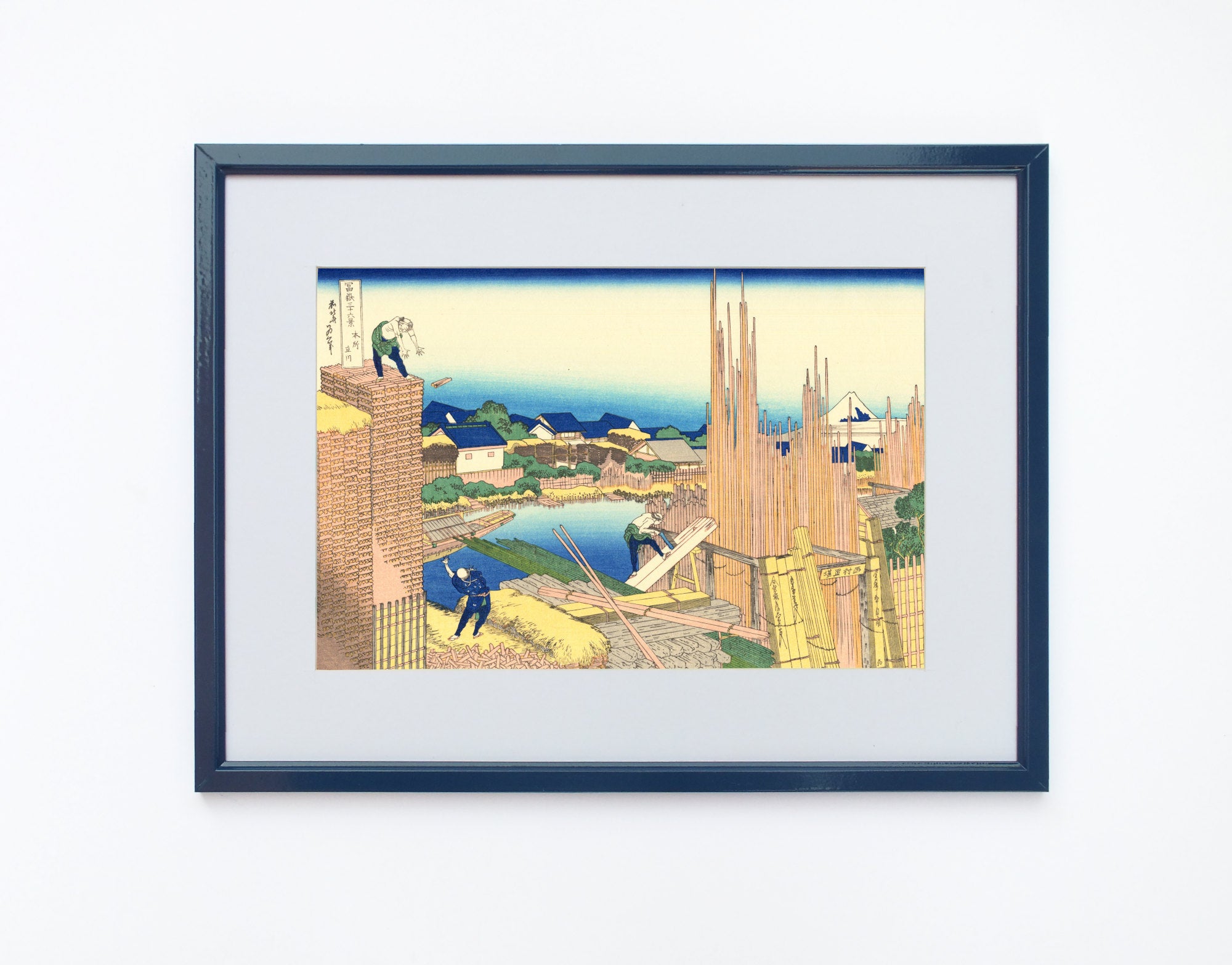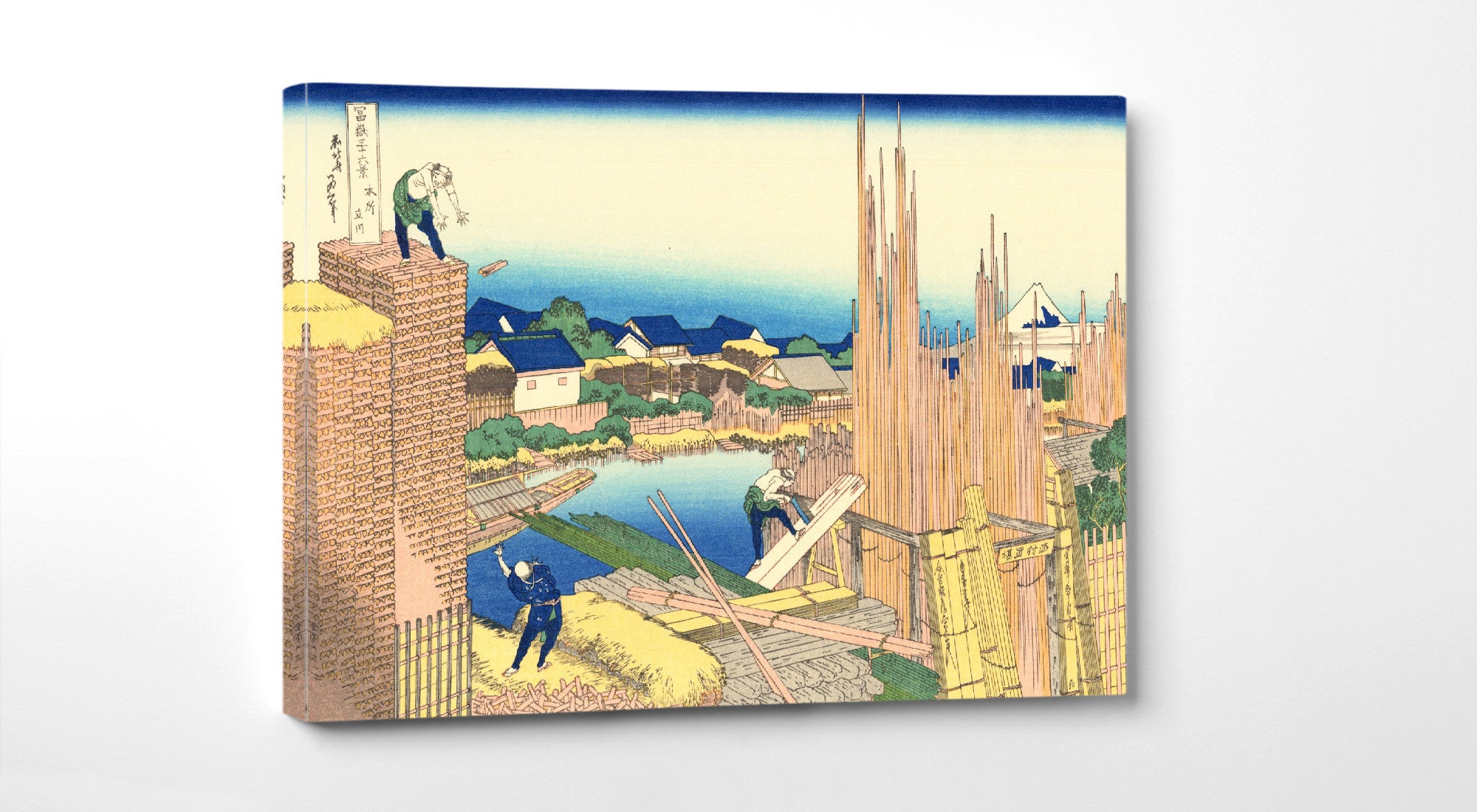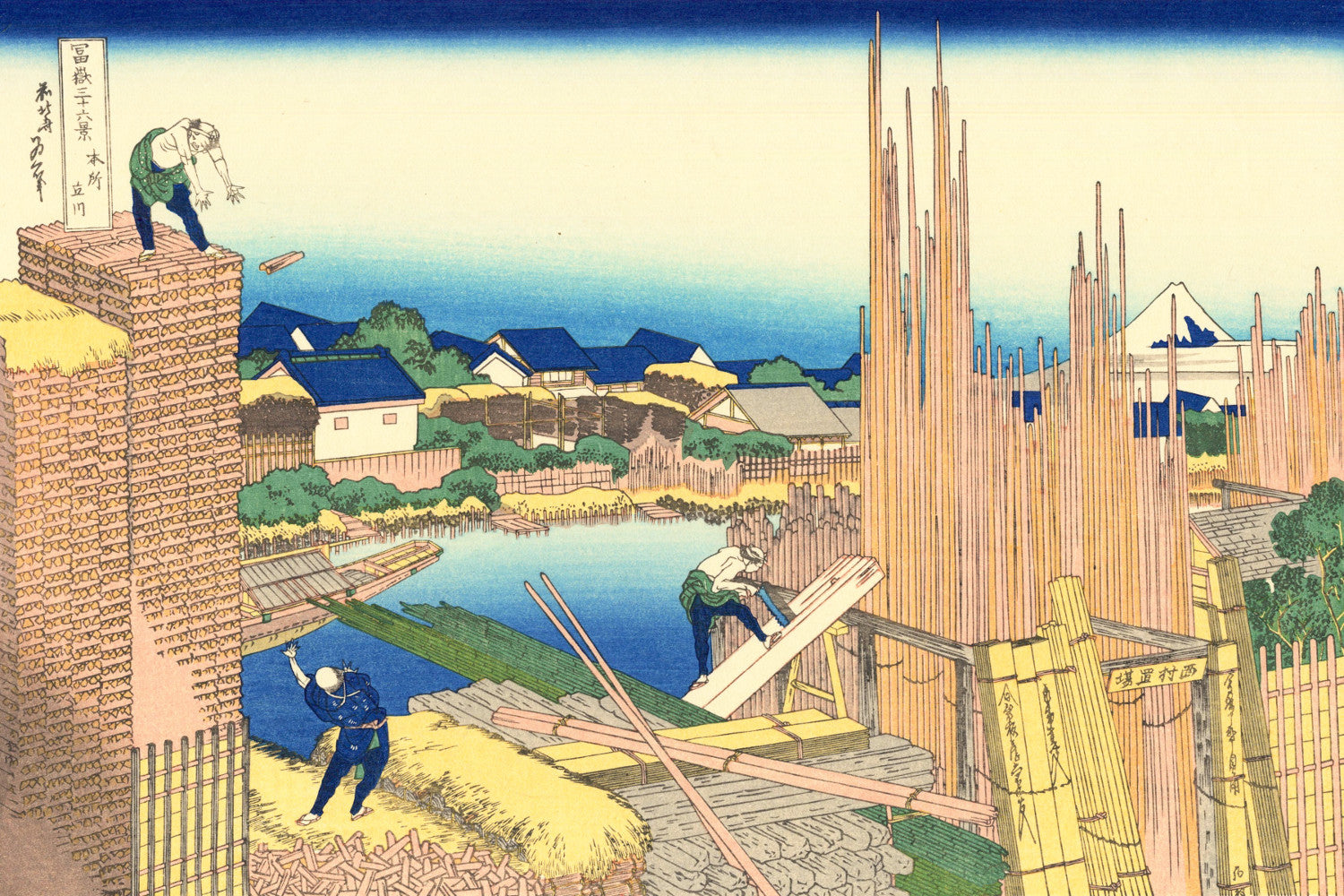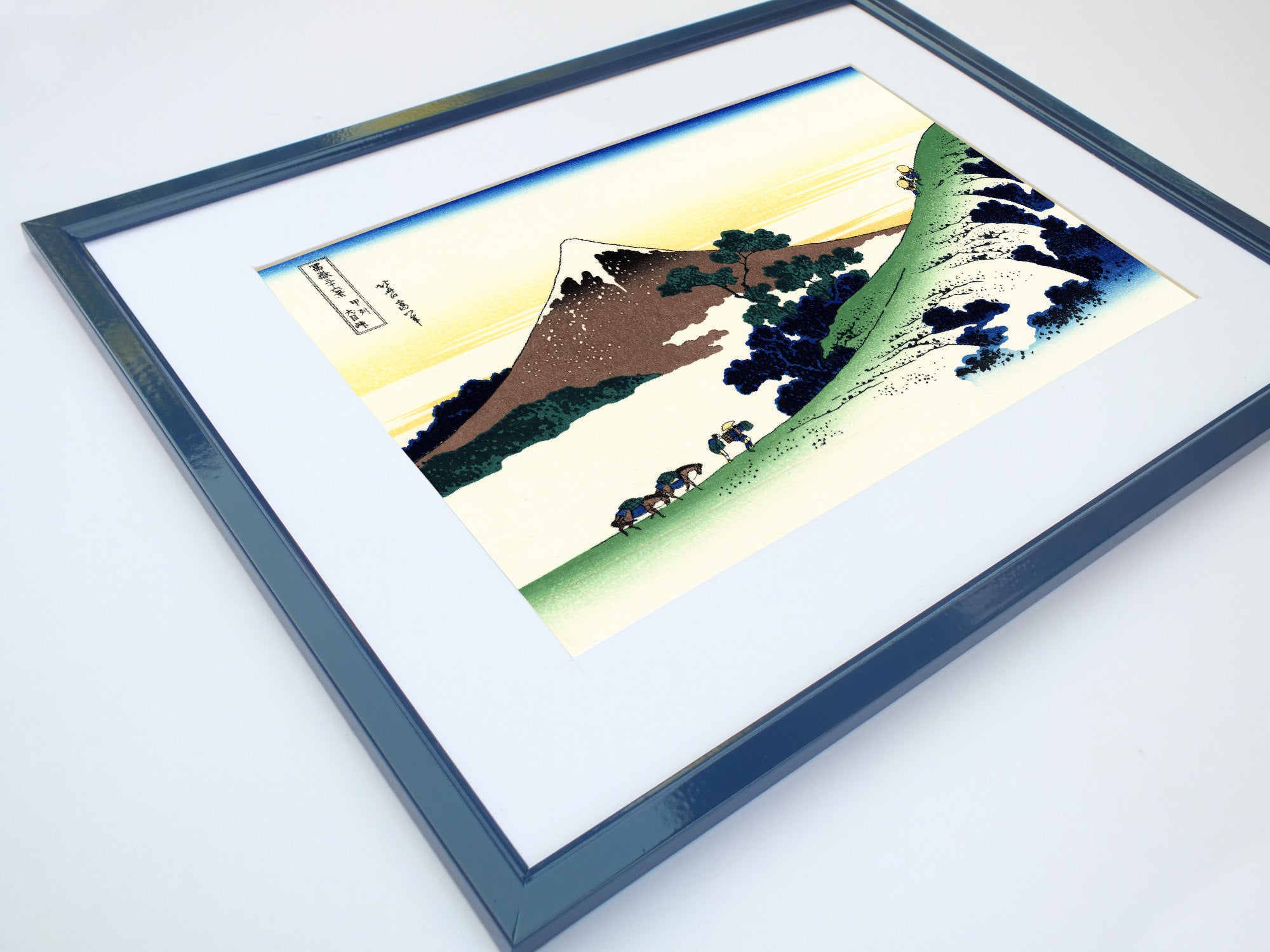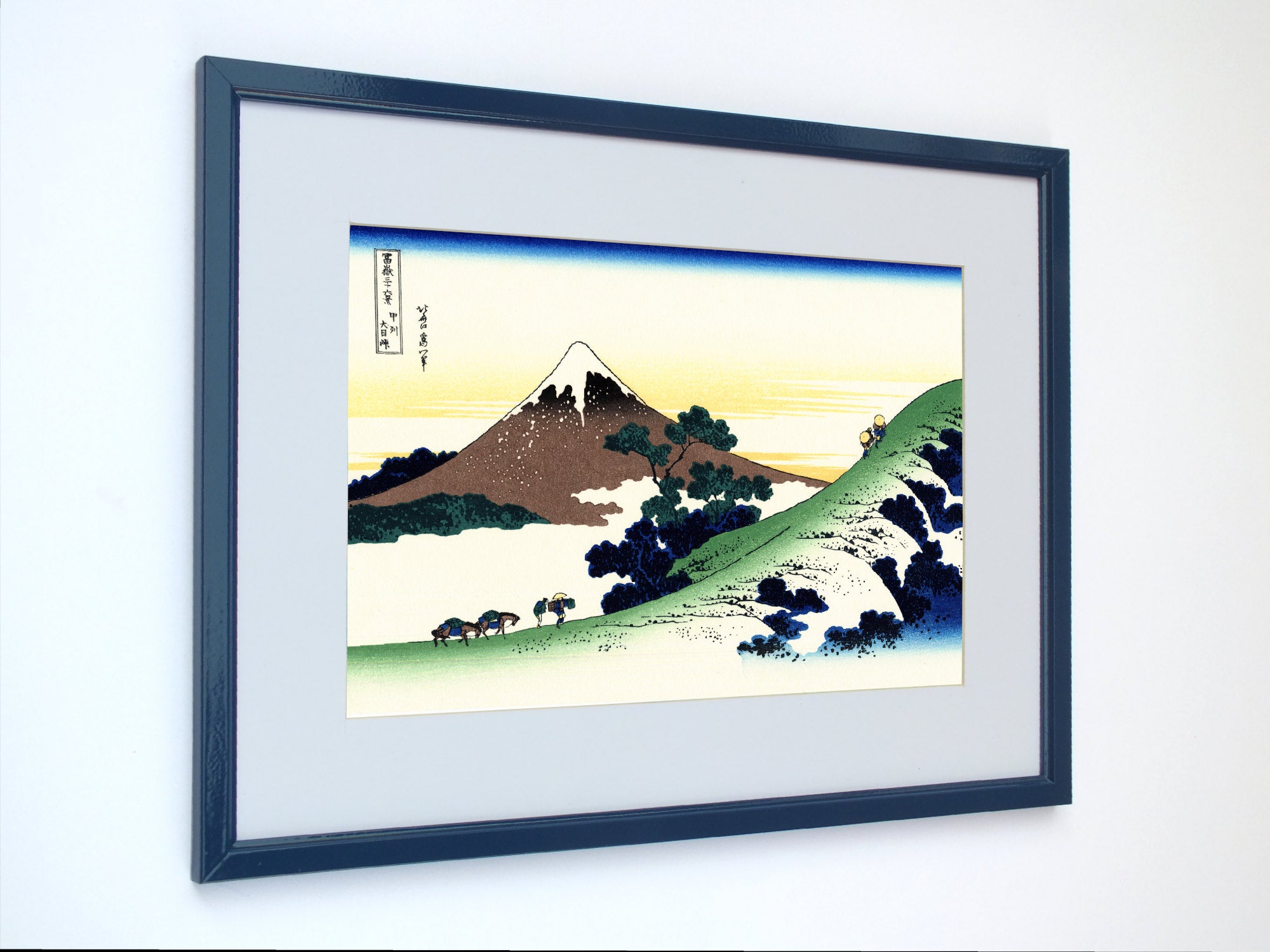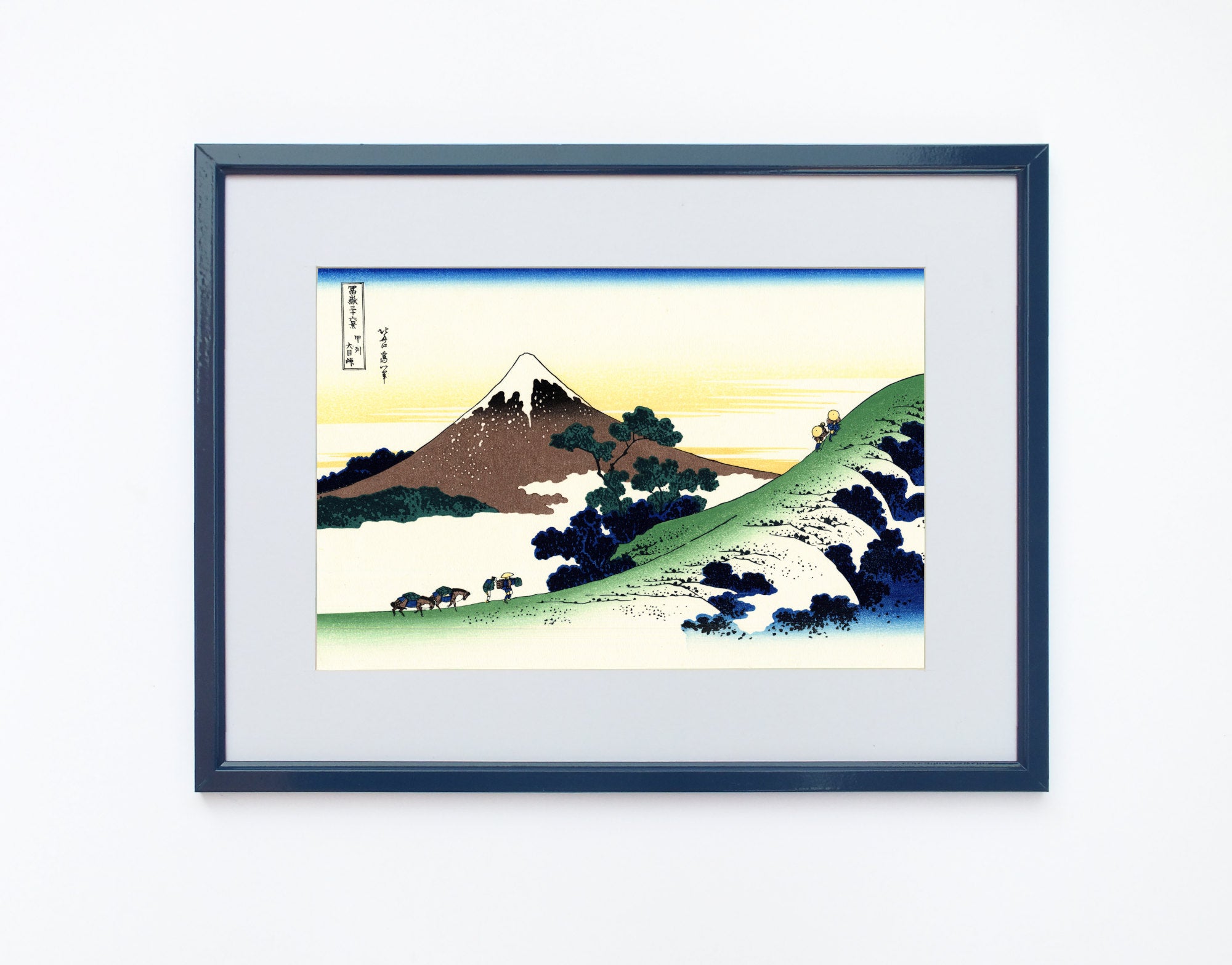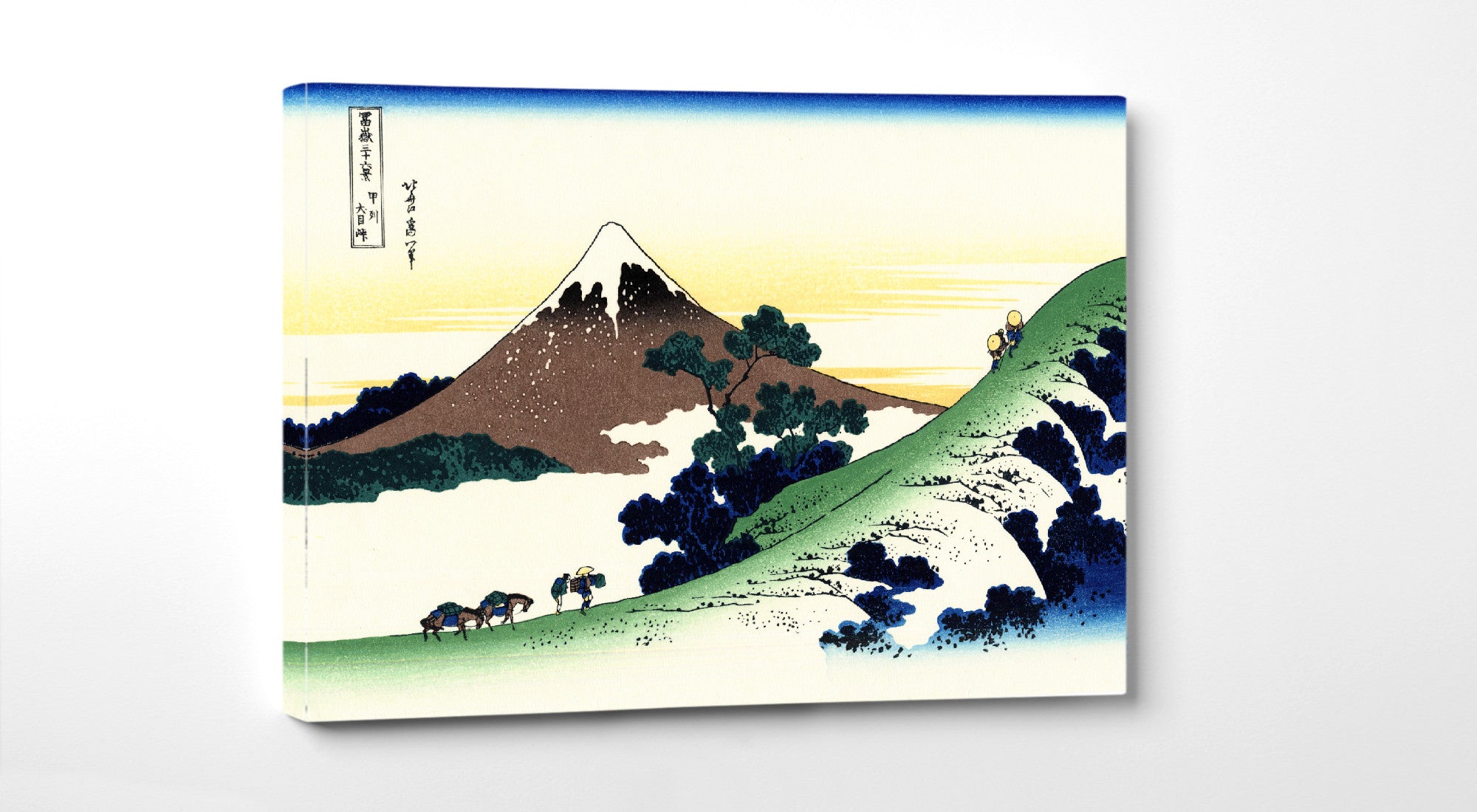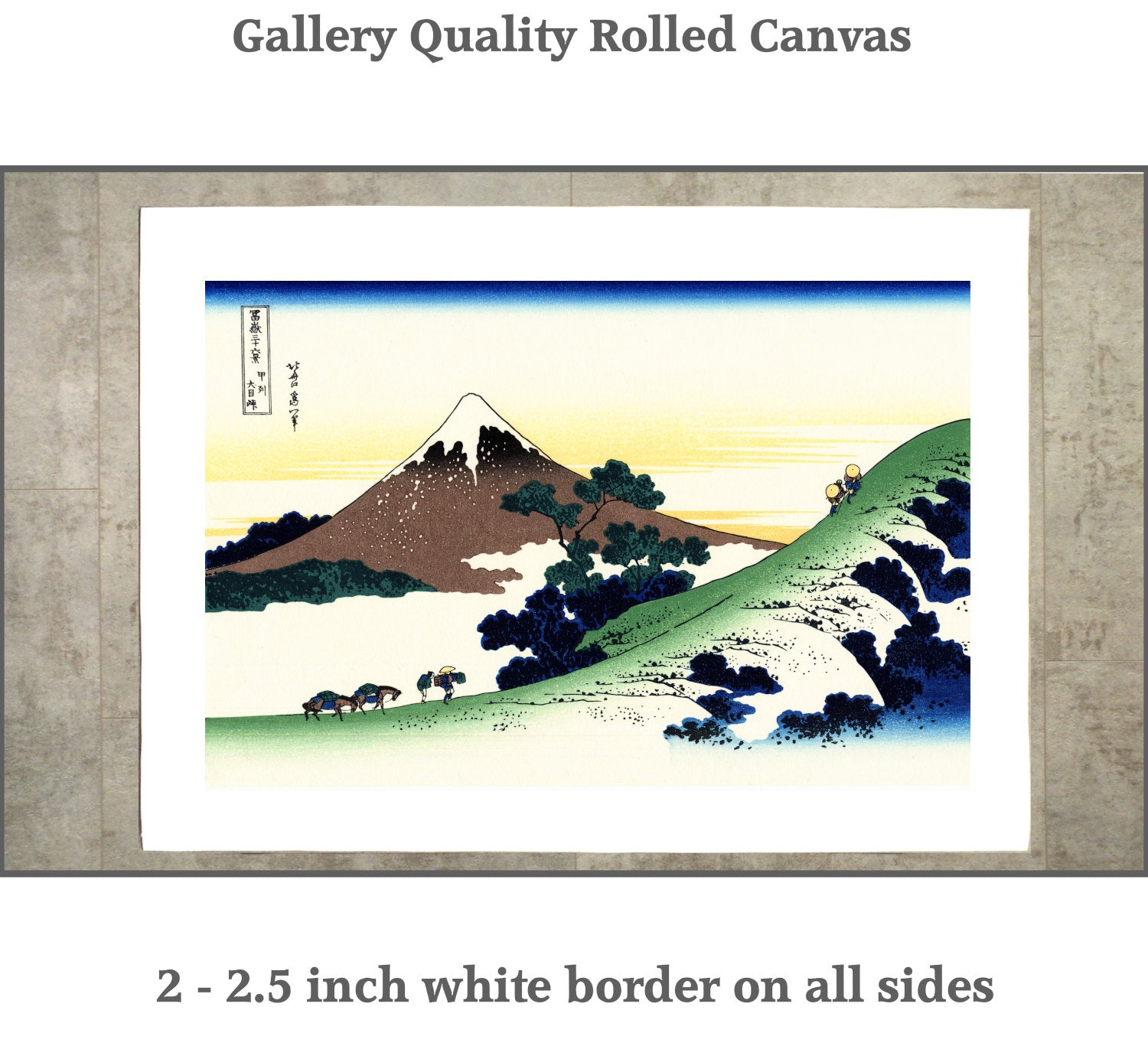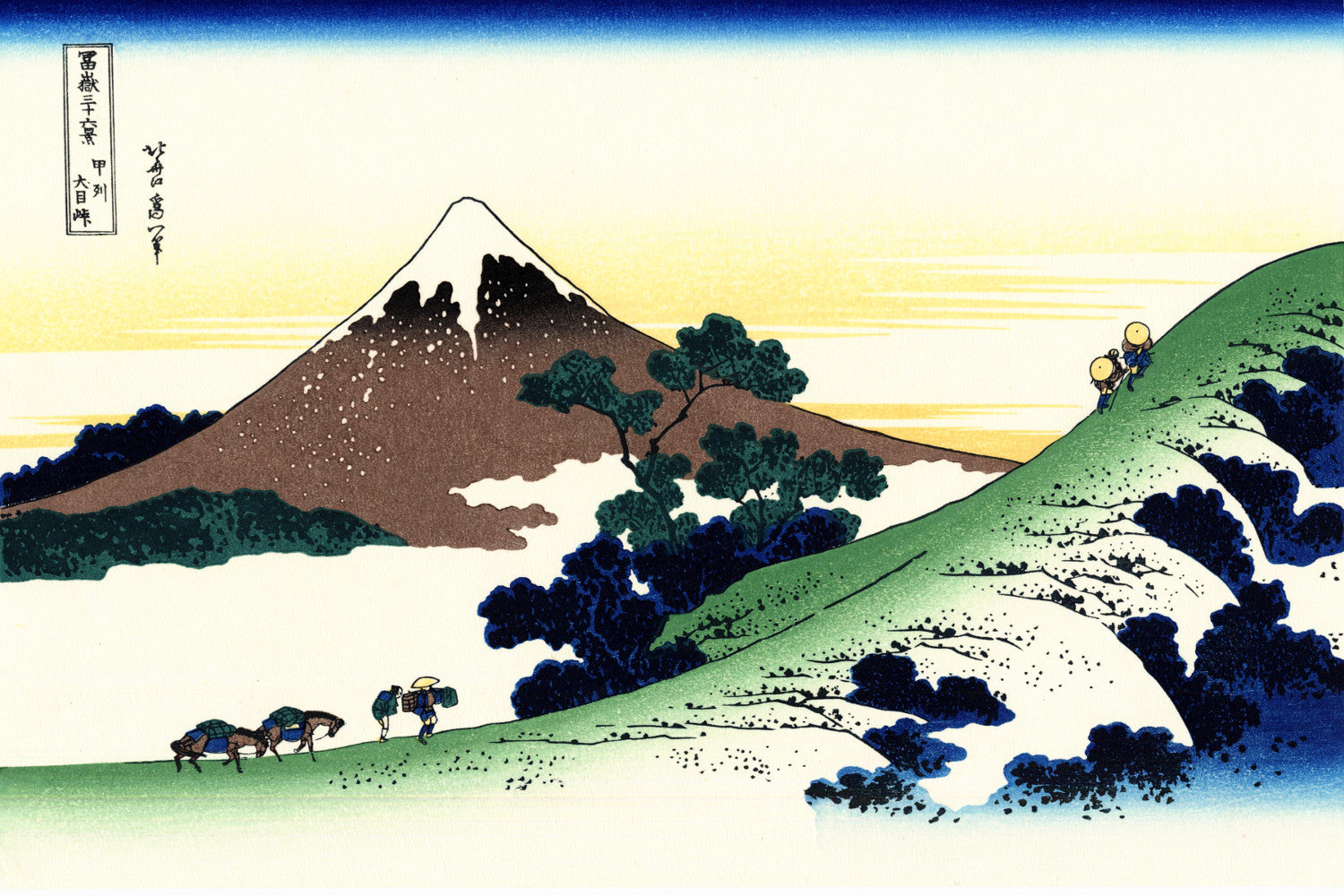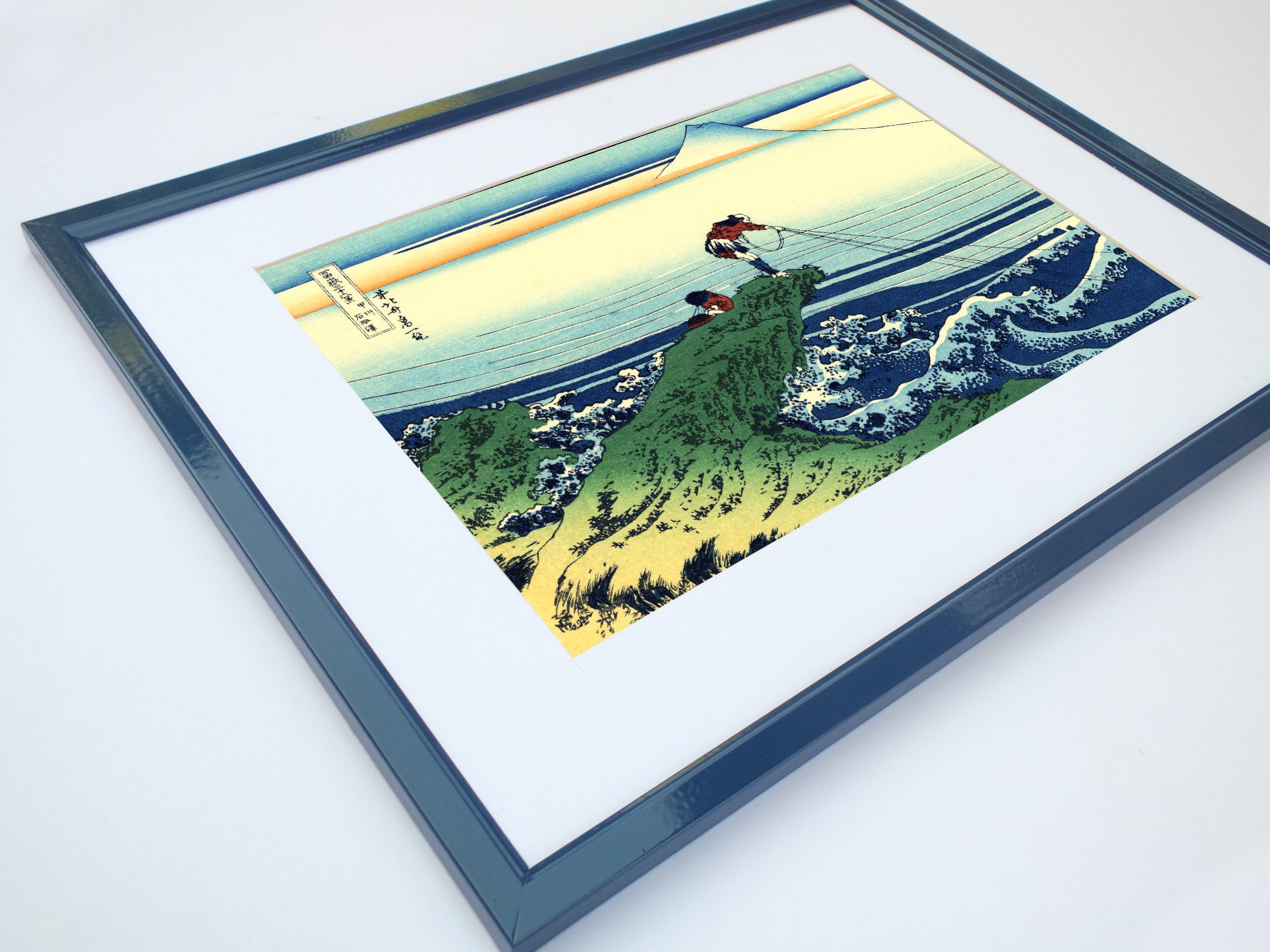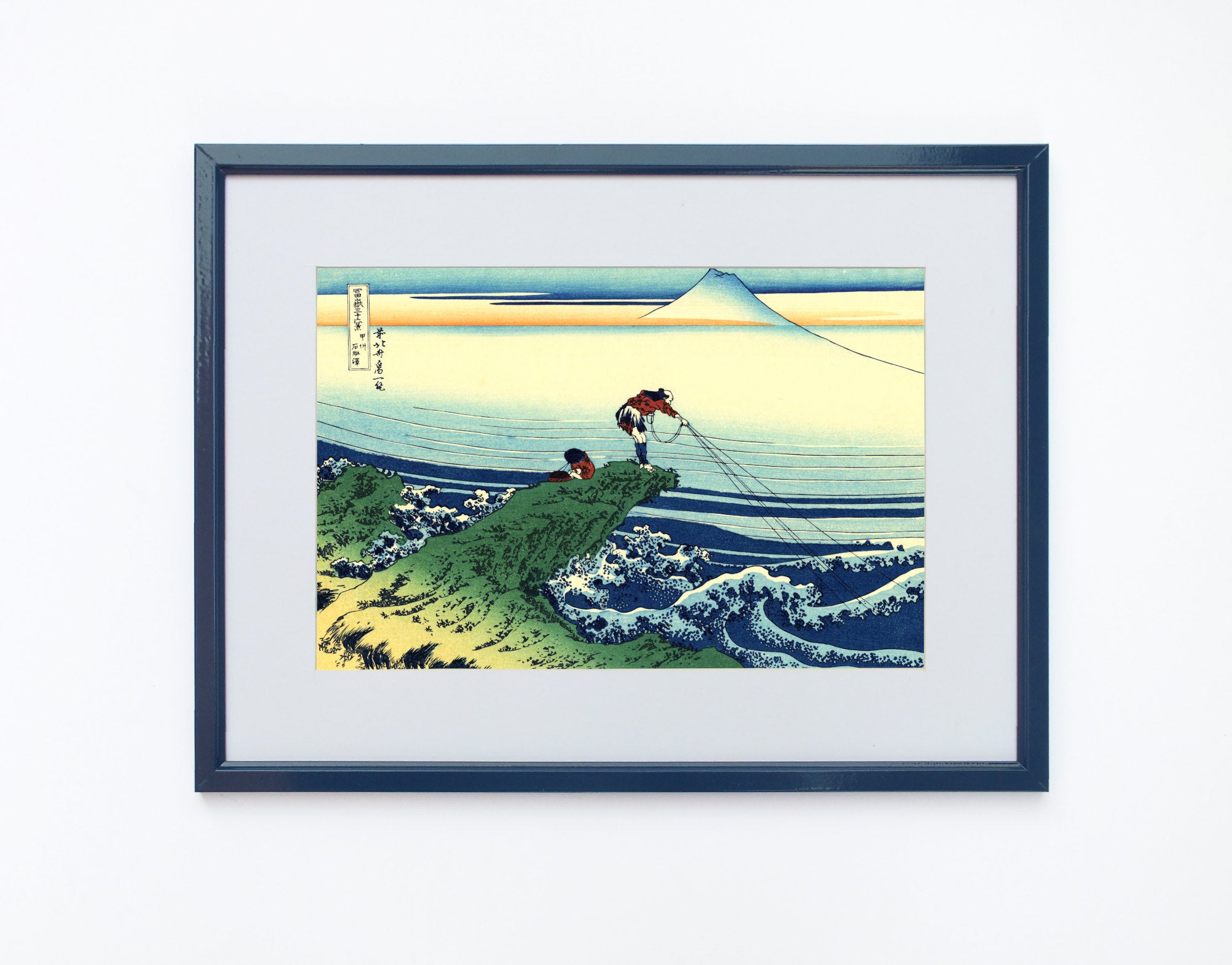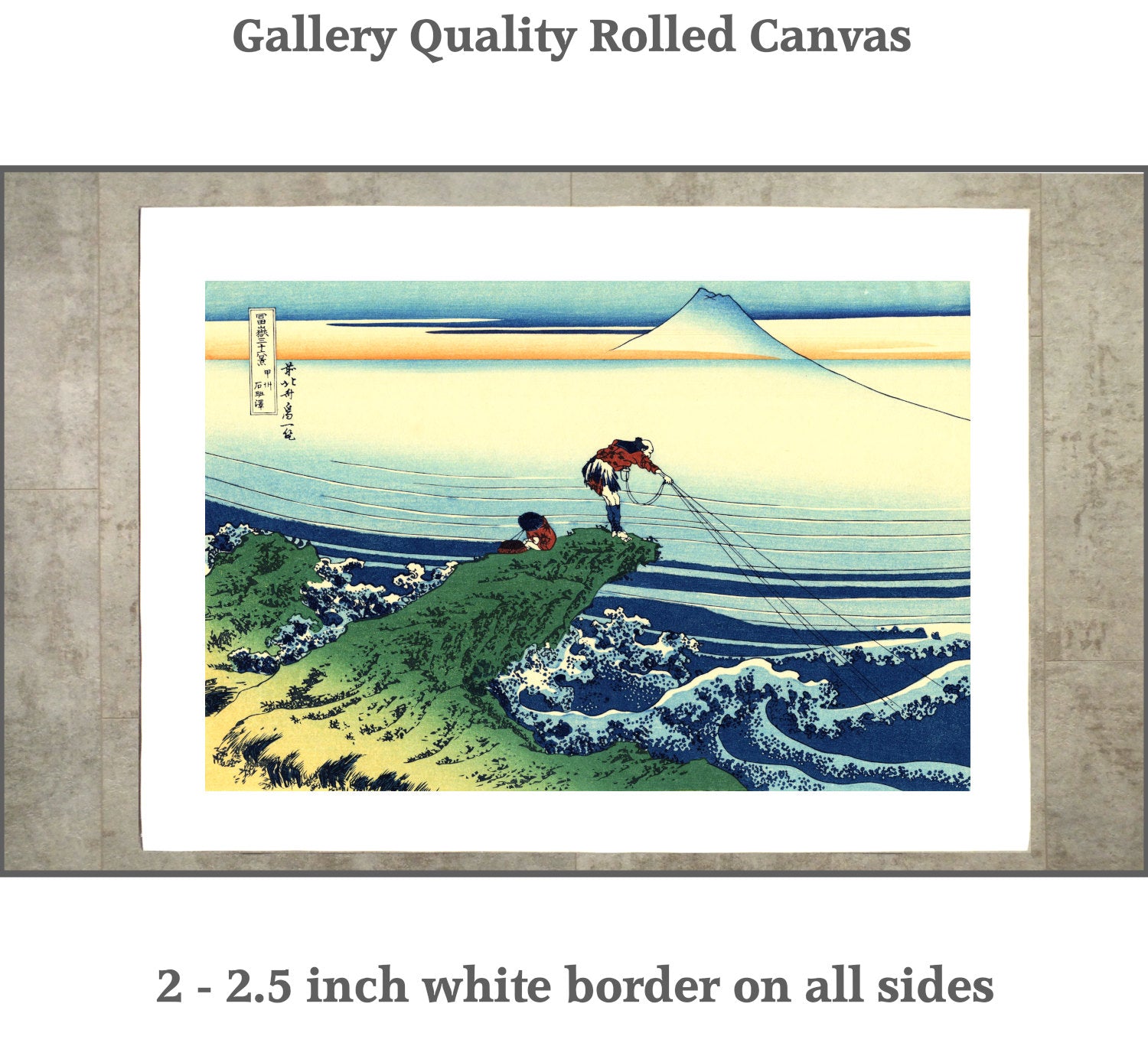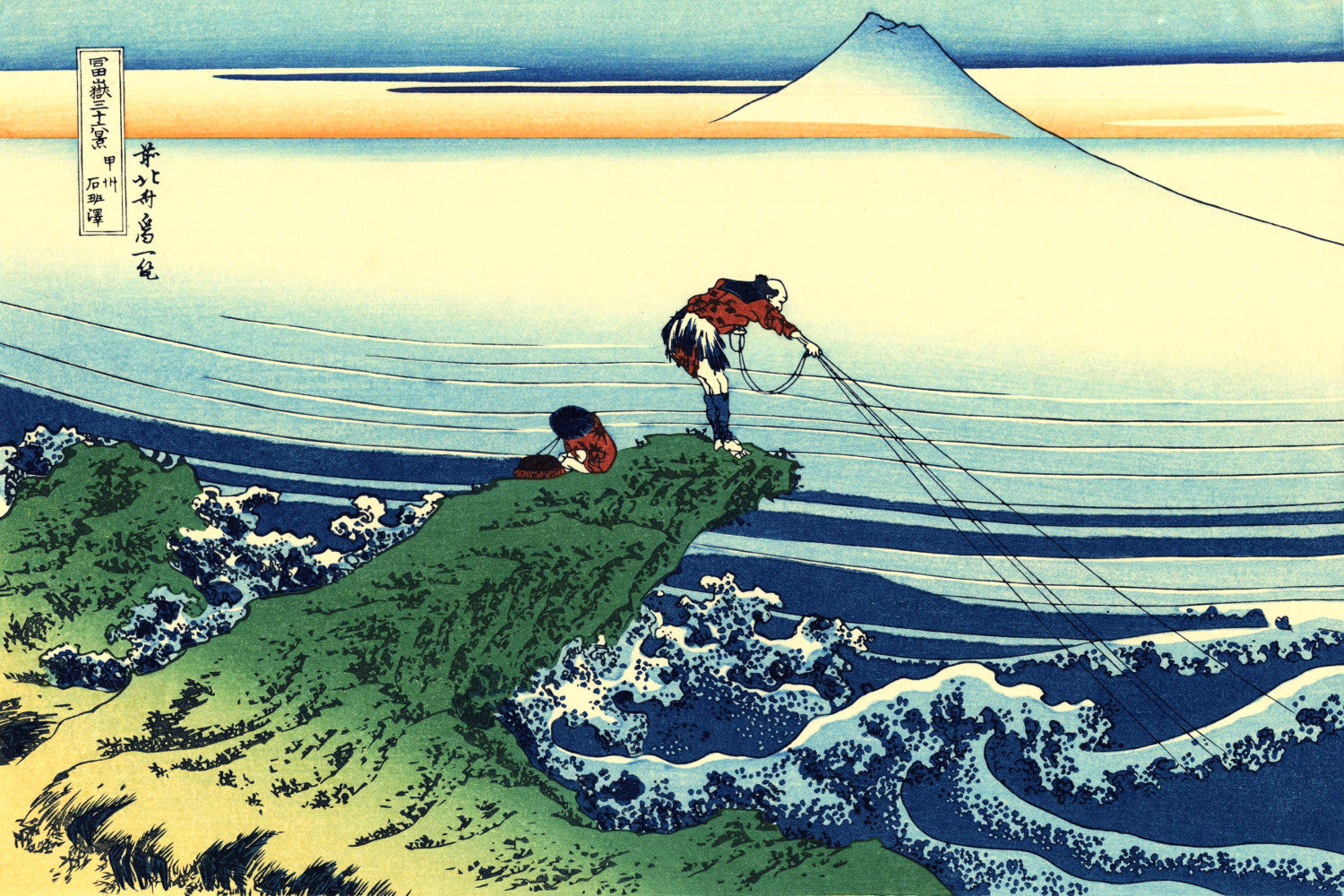Table of Contents:[hide]
The term "Floating World" (ukiyo in Japanese) refers to the hedonistic lifestyle and culture that flourished in the urban centers of Edo-period Japan, particularly in Edo (modern-day Tokyo), Osaka, and Kyoto. This vivid and dynamic aspect of Japanese society, which thrived from the 17th to the mid-19th century, was characterized by its pursuit of pleasure, entertainment, and ephemeral beauty. The Floating World became not only a defining feature of urban life during this era but also a rich source of inspiration for the ukiyo-e ("pictures of the Floating World") art genre.
Origins and Evolution of the Concept
The concept of the Floating World has its roots in Buddhist philosophy, where "ukiyo" originally meant the sorrow-filled and transient nature of human existence. However, during the Edo period (1603-1867), the meaning of the term shifted dramatically. The homophone "ukiyo" (浮世), written with different characters, came to represent a world of fleeting pleasure and detachment from the responsibilities of feudal society.
This semantic evolution reflected the changing social dynamics of Edo Japan. As the country entered a long period of peace under Tokugawa shogunate rule, a new merchant class emerged in the cities. Despite their growing economic power, merchants occupied the lowest rung of the rigid social hierarchy, below samurai, farmers, and artisans. Excluded from political power and bound by strict sumptuary laws, the merchant class found expression in the pursuit of pleasure and the patronage of arts and entertainment.
Suzuki Harunobu, Japanese Art Print : First Leaf of the Shunga
Key Elements of the Floating World
The Floating World encompassed various aspects of urban pleasure-seeking culture:
- Yoshiwara: The licensed pleasure district of Edo, Yoshiwara was the epicenter of the Floating World. Here, courtesans of varying ranks entertained clients in teahouses and brothels. The allure of Yoshiwara extended beyond mere physical pleasure; it was a realm of sophisticated entertainment where patrons could enjoy music, dance, poetry, and witty conversation.
- Kabuki Theater: This popular form of drama, known for its elaborate costumes, stylized acting, and all-male casts, was a central feature of the Floating World. Kabuki theaters were hubs of social activity, attracting audiences from all walks of life.
- Sumo Wrestling: Although rooted in Shinto rituals, sumo became a popular spectator sport during the Edo period, with tournaments drawing large crowds and passionate fans.
- Geisha Culture: While often conflated with courtesans, geisha were professional entertainers skilled in various traditional arts. They played a crucial role in the sophisticated social life of the Floating World.
- Tea Houses and Restaurants: These establishments served as venues for socializing, business meetings, and romantic rendezvous, blending culinary pleasures with social interaction.
- Festivals and Seasonal Celebrations: The Floating World calendar was punctuated by numerous festivals and seasonal events, providing opportunities for public gatherings and celebrations.
- Fashion and Beauty: The Floating World was a crucible of fashion trends, with courtesans and kabuki actors often setting new styles that would be emulated by the broader population.
Utagawa Kuniyoshi Japanese Fine Art Print, Kabuki Theatre Actor
Social Dynamics and Cultural Impact
The Floating World represented a unique social space where the rigid hierarchies of feudal Japan could be temporarily suspended. In the pleasure districts and entertainment venues, samurai might mingle with wealthy merchants, and individuals could adopt personas different from their everyday lives. This created a dynamic and creative atmosphere that fostered innovation in art, literature, and fashion.
However, it's important to note that the reality of life in the Floating World often contrasted sharply with its romantic depiction in art and literature. Many women in the pleasure quarters faced harsh conditions and exploitation, and the pursuit of pleasure could lead to financial ruin for patrons.
Despite these darker aspects, the cultural impact of the Floating World was profound and long-lasting. It gave rise to new forms of literature, such as sharebon (books about the pleasure quarters) and kibyōshi (illustrated satires), and inspired countless works of visual art, most notably ukiyo-e prints and paintings.
The Floating World in Ukiyo-e Art
Ukiyo-e artists found endless inspiration in the Floating World, creating vivid depictions of life in the pleasure quarters, kabuki actors in famous roles, beautiful courtesans, and scenes of everyday urban life. These artworks not only served as advertisements and souvenirs but also as a form of escapism and fantasy for their audience.
Some of the most famous ukiyo-e artists and their works celebrating the Floating World include:
- Kitagawa Utamaro's delicate portraits of beautiful women
- Tōshūsai Sharaku's dramatic depictions of kabuki actors
- Suzuki Harunobu's poetic scenes of everyday life
- Katsushika Hokusai's and Utagawa Hiroshige's landscape prints, which expanded the concept of the Floating World to include famous sites and natural beauty
Through these artworks, the aesthetics and values of the Floating World were disseminated widely, influencing popular culture throughout Japan and, eventually, reaching the West to inspire the Japonisme movement.
Decline and Legacy
The Floating World culture began to decline in the late Edo period, faced with economic difficulties and changing social values. The Meiji Restoration of 1868 marked the end of the Edo period and brought about rapid modernization and Westernization, further eroding traditional Floating World culture.
However, the legacy of the Floating World continues to influence Japanese culture to this day. Many traditional arts that flourished during this period, such as kabuki, ukiyo-e, and geisha performances, are now considered important cultural heritage. The aesthetic principles and artistic techniques developed in the Floating World continue to inspire contemporary artists, both in Japan and internationally.
Moreover, the concept of the Floating World – a realm of fleeting pleasure and detachment from everyday concerns – resonates with modern ideas about entertainment and escapism. In some ways, the entertainment districts of contemporary Tokyo, with their neon lights, hostess clubs, and karaoke bars, can be seen as modern incarnations of the Floating World spirit.
Conclusion
The Floating World of Edo-period Japan represents a fascinating chapter in cultural history – a time when the pursuit of pleasure gave rise to a rich artistic tradition and a distinctive urban culture. It embodies the tension between restraint and indulgence, tradition and innovation, that has long characterized Japanese society.
While the original Floating World has long since vanished, its influence lives on in art, literature, and popular culture. By studying the Floating World, we gain insight not only into a unique historical moment but also into the enduring human desire for beauty, pleasure, and escape from the mundane. The legacy of the Floating World continues to float through time, captivating and inspiring new generations with its tales of ephemeral beauty and joy.
Related Articles
Ukiyo-e Art: A Journey Through Japanese Woodblock Prints
36 Views of Mount Fuji

